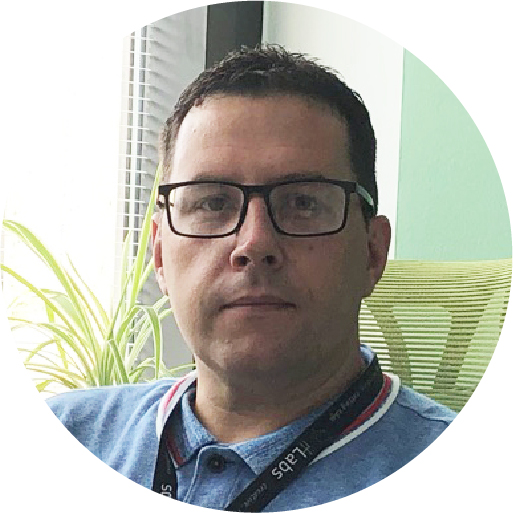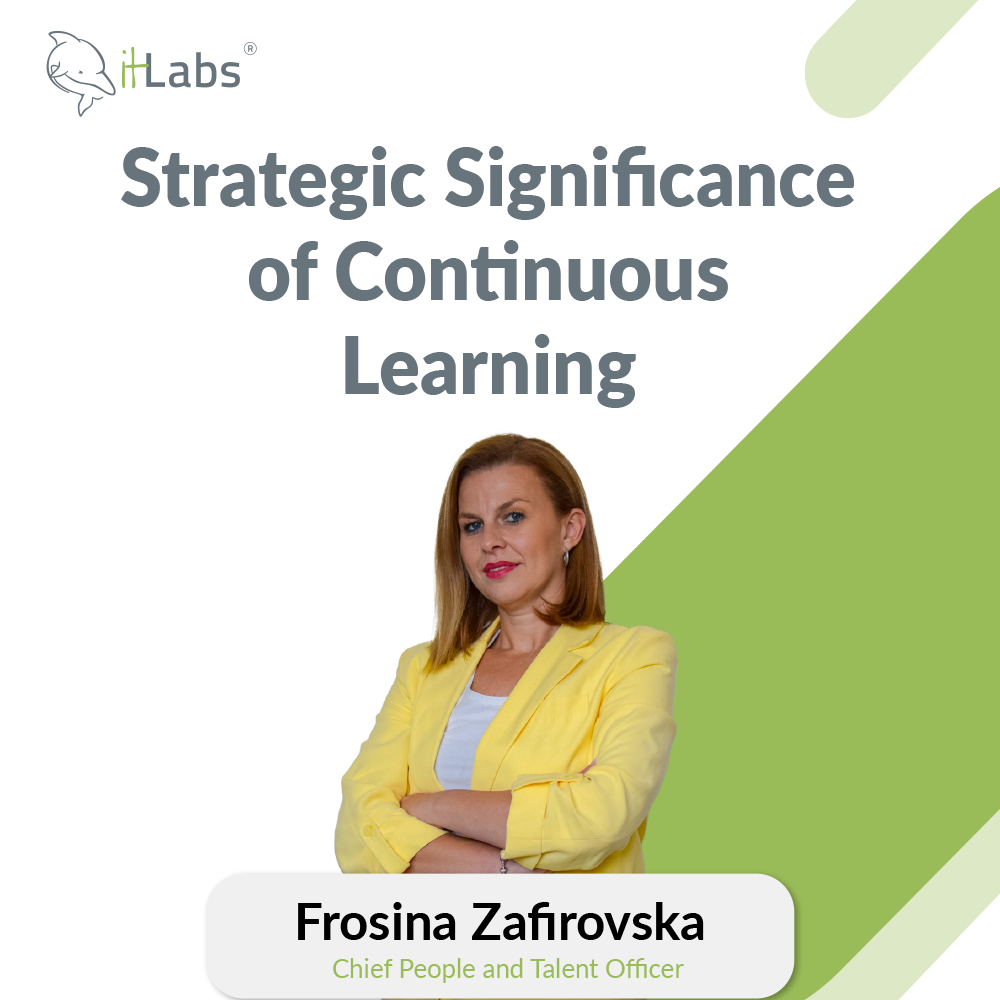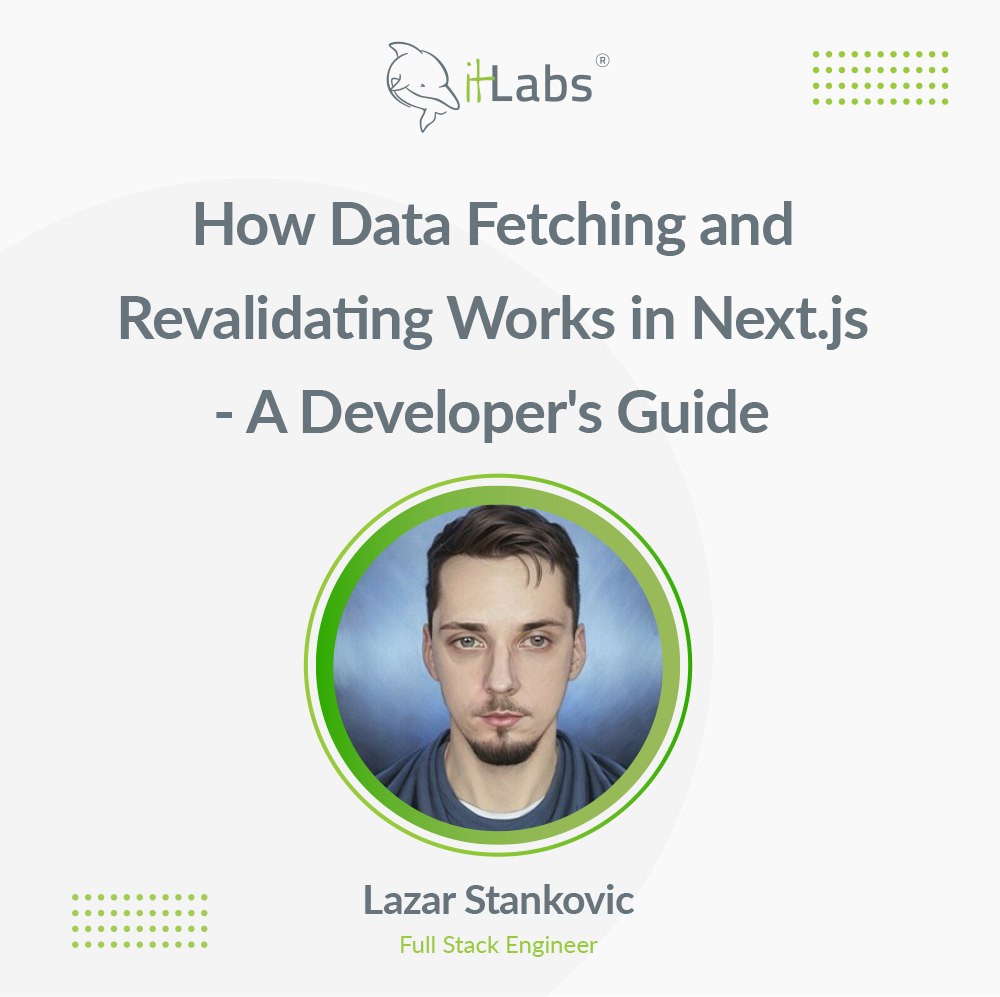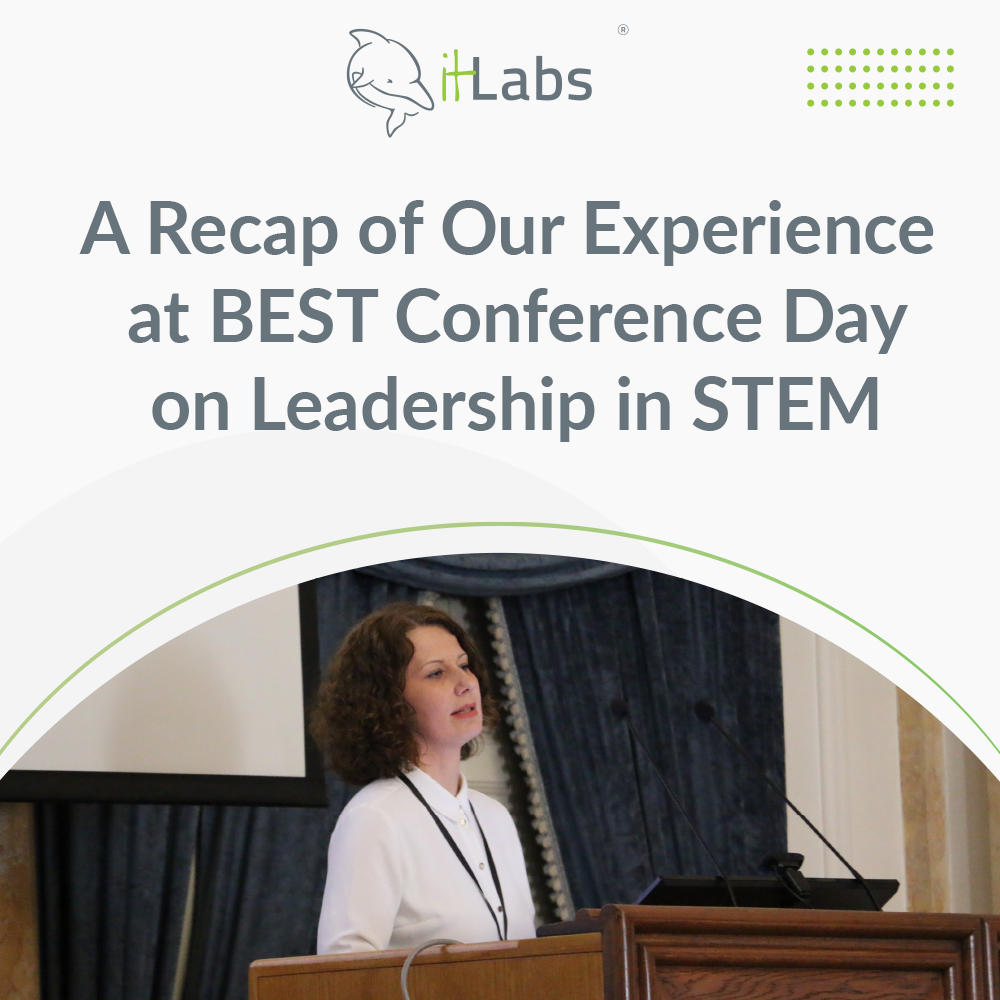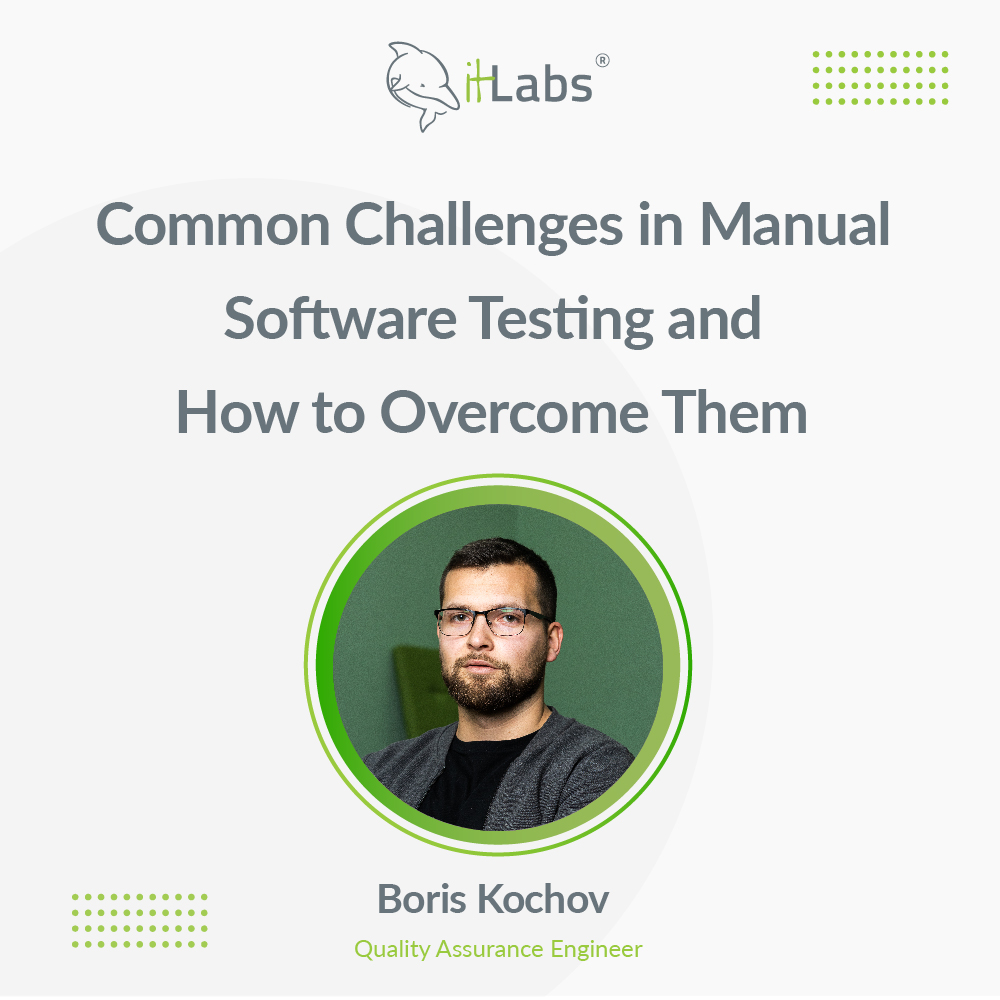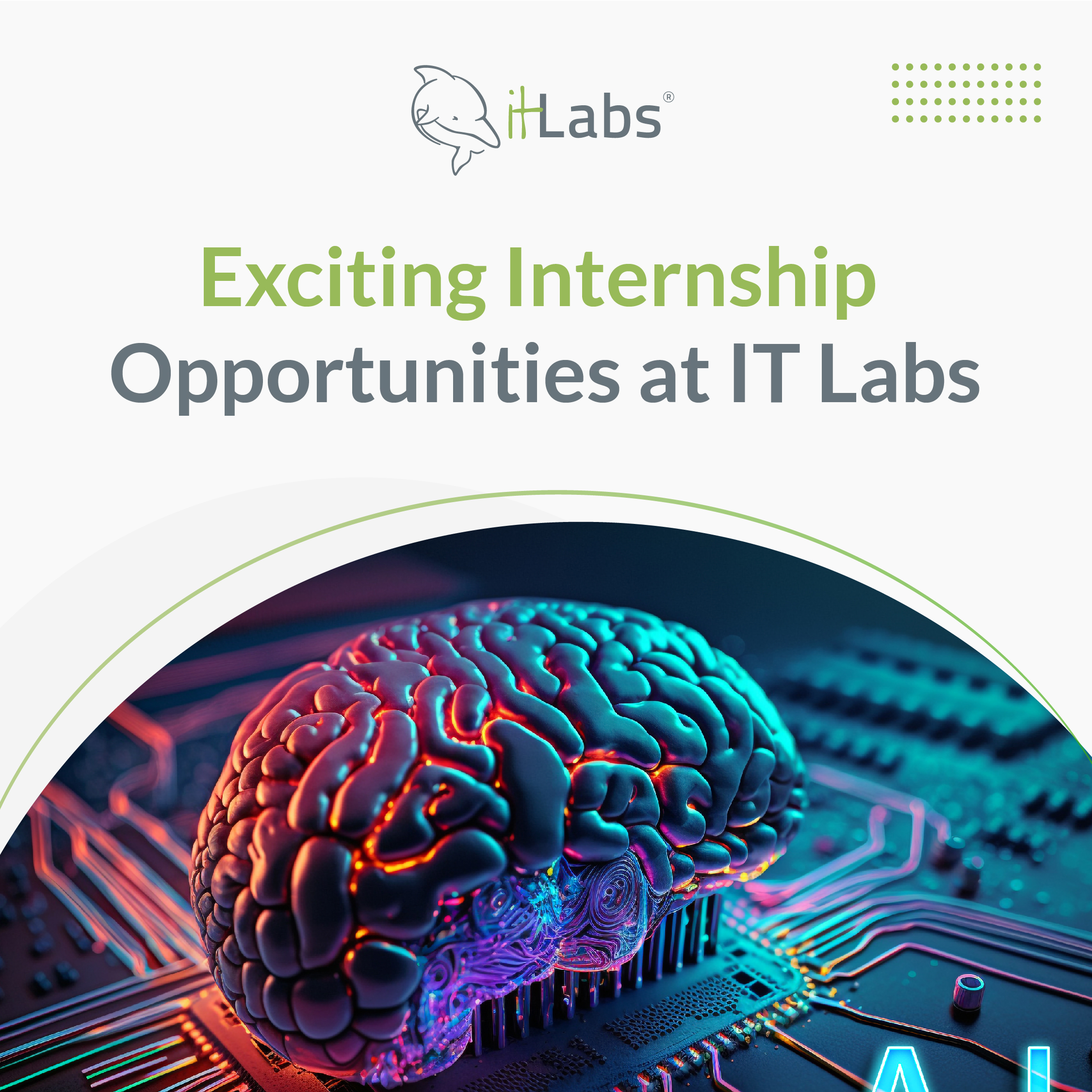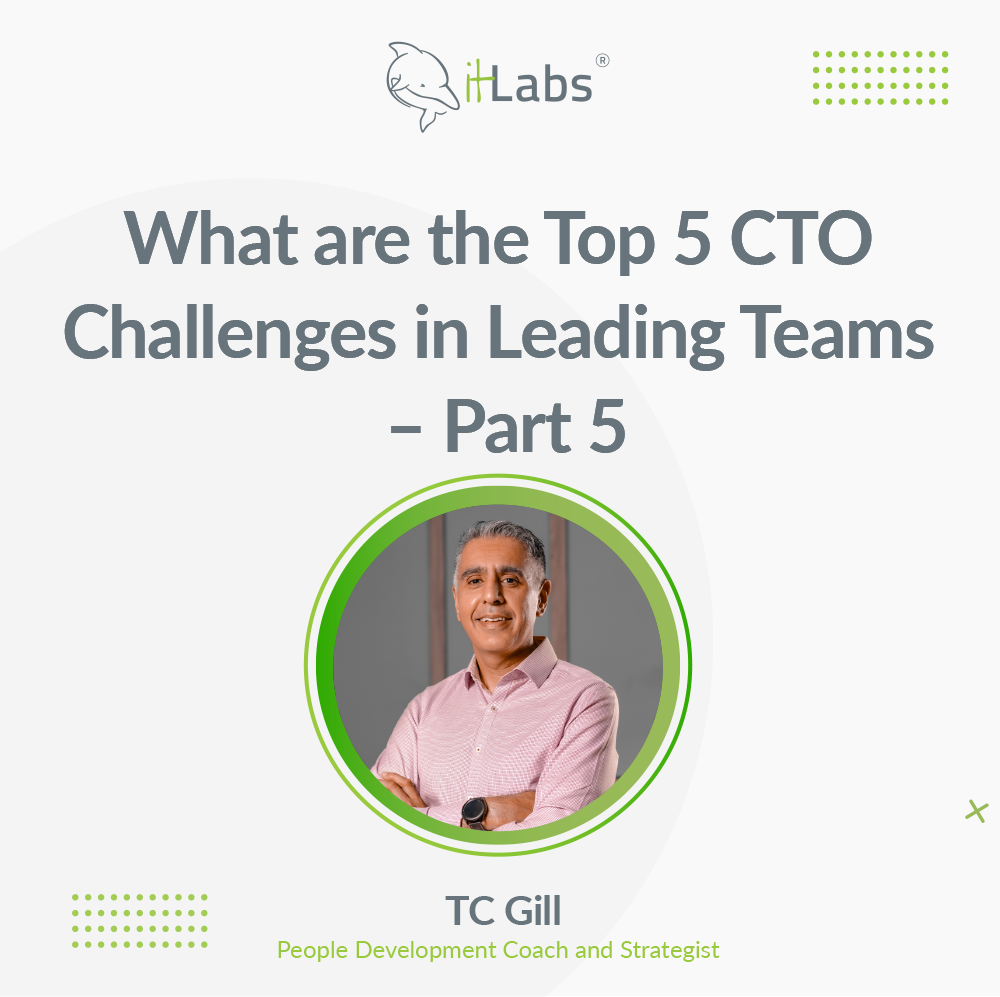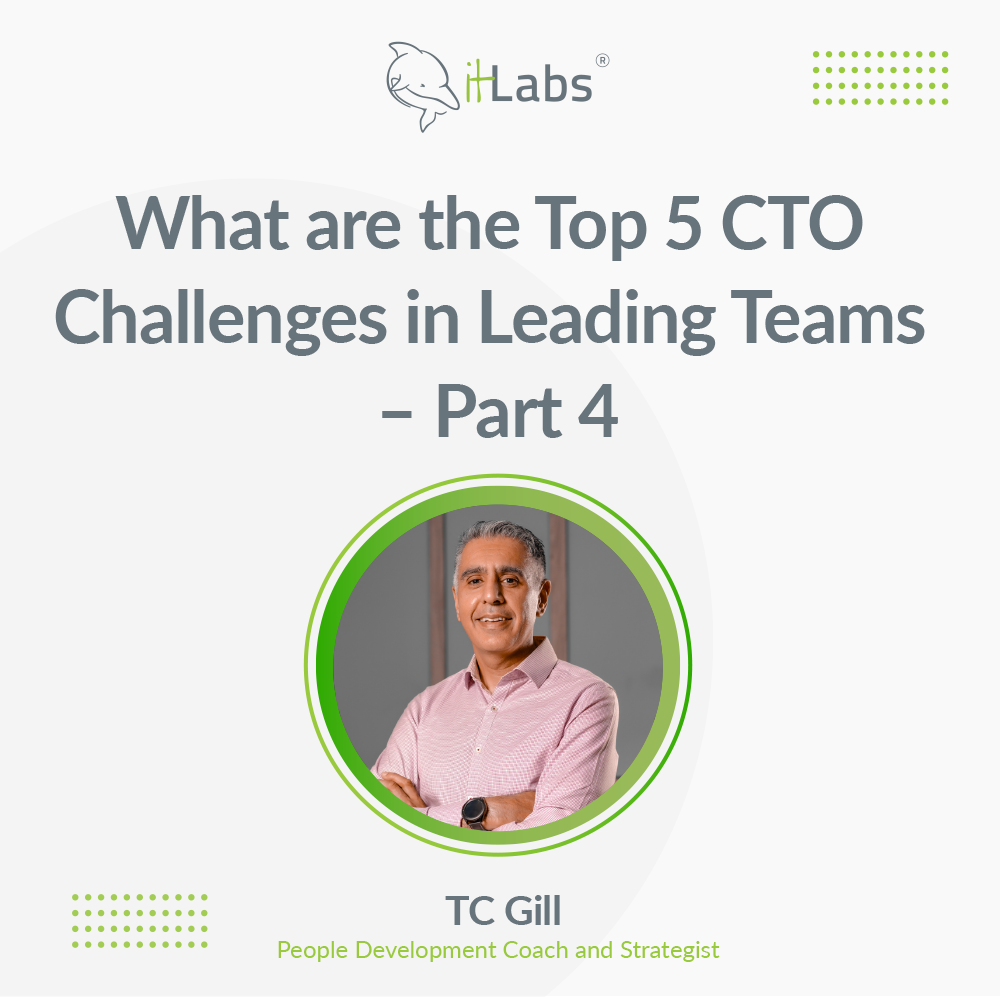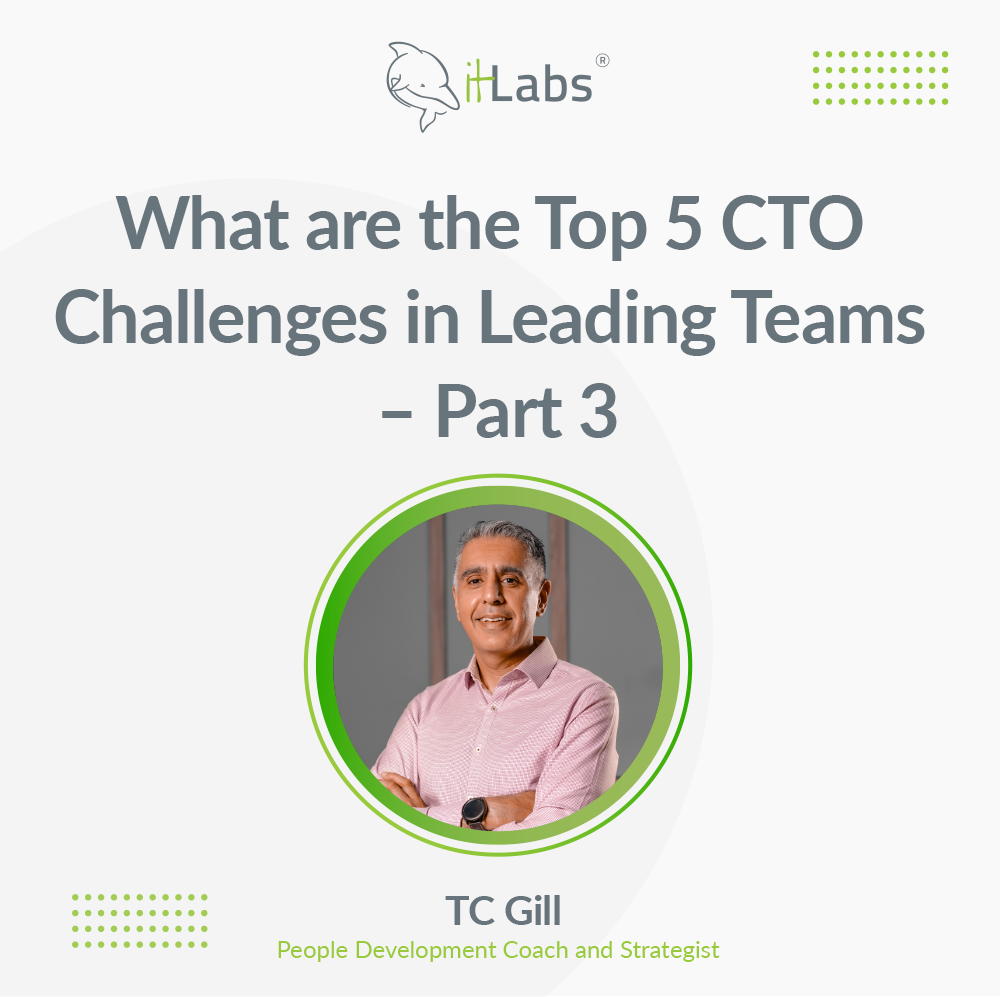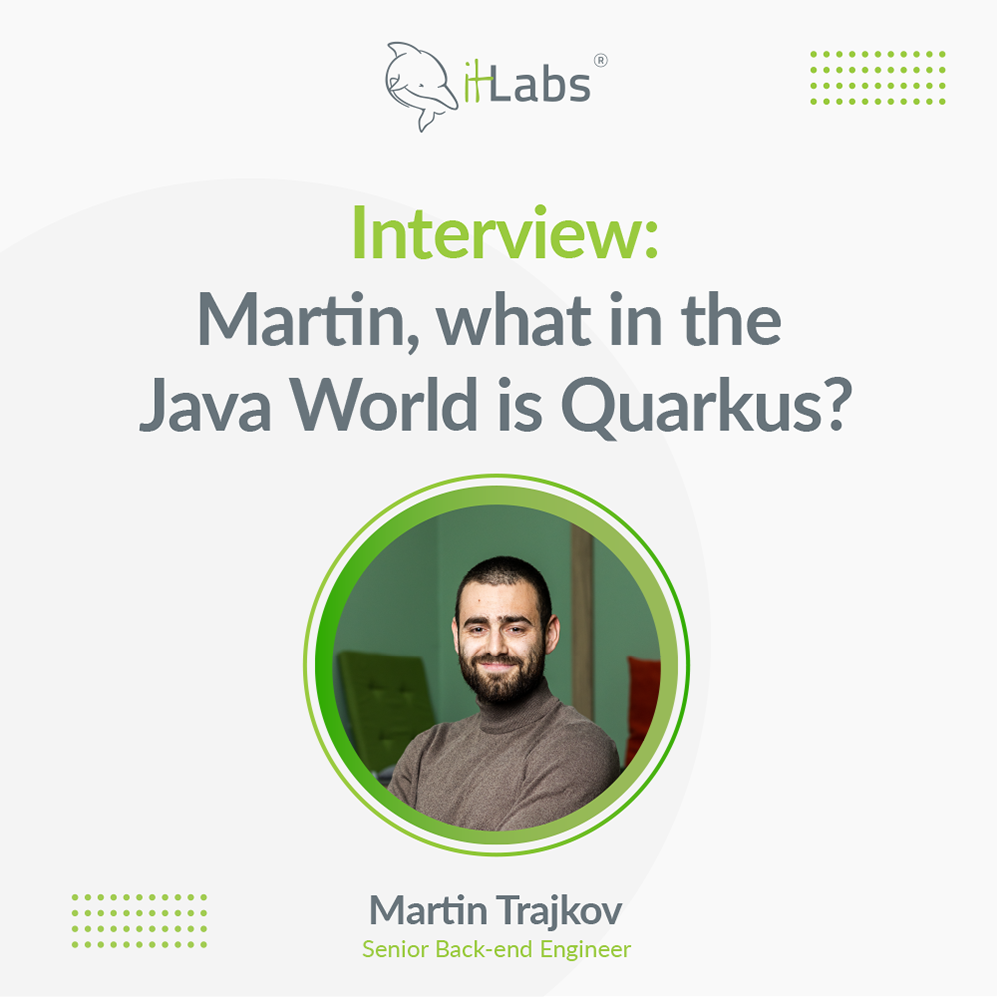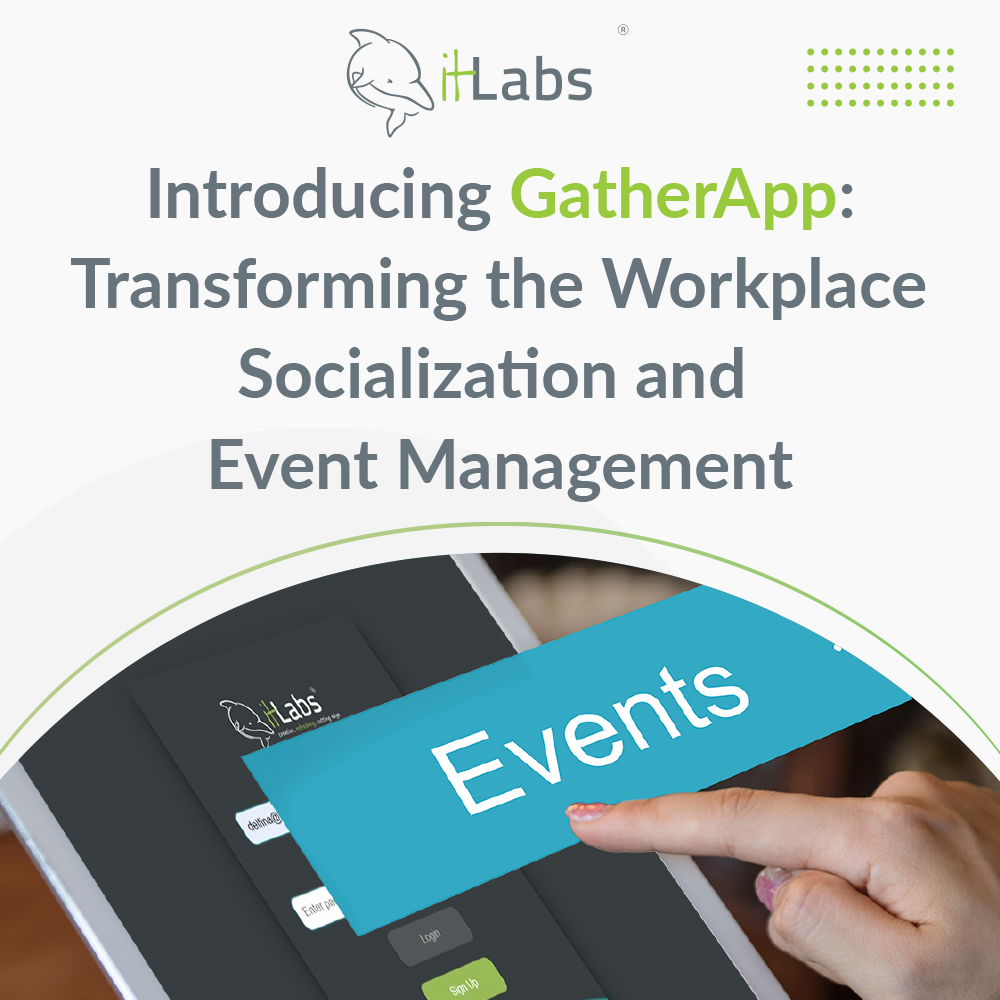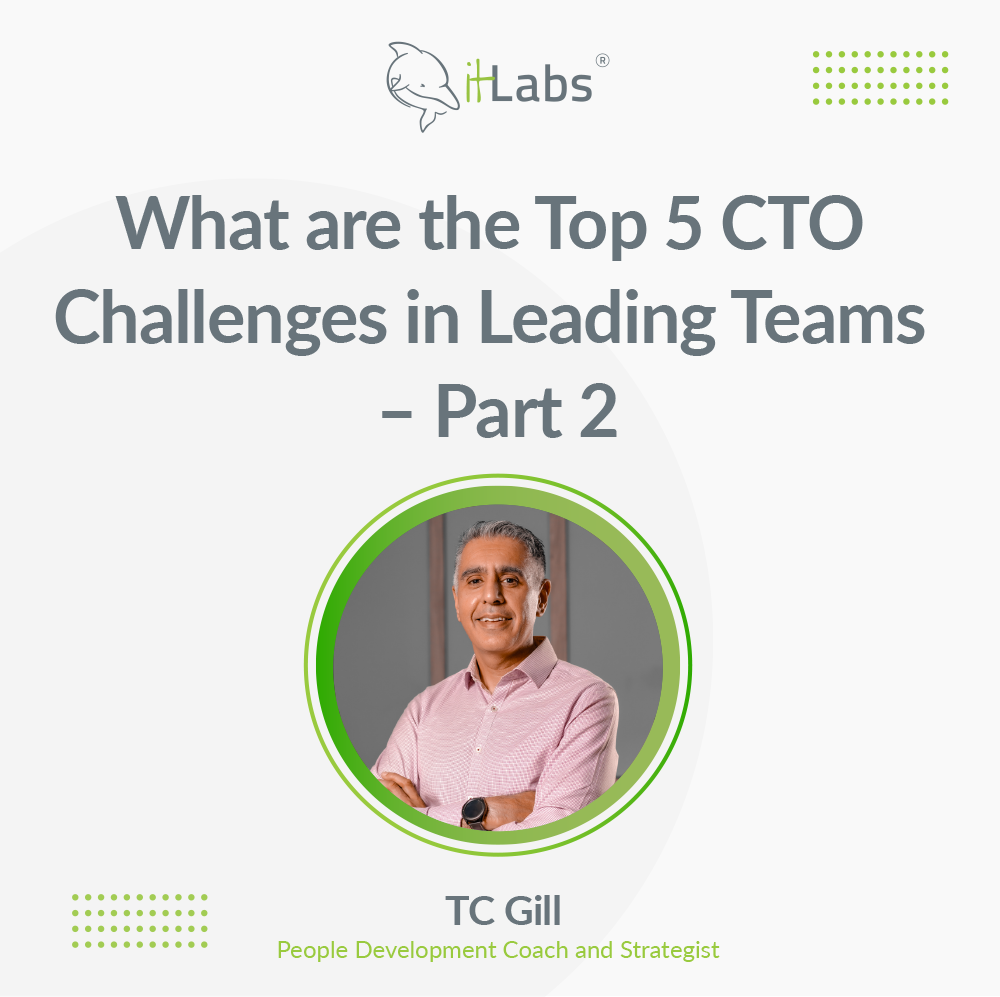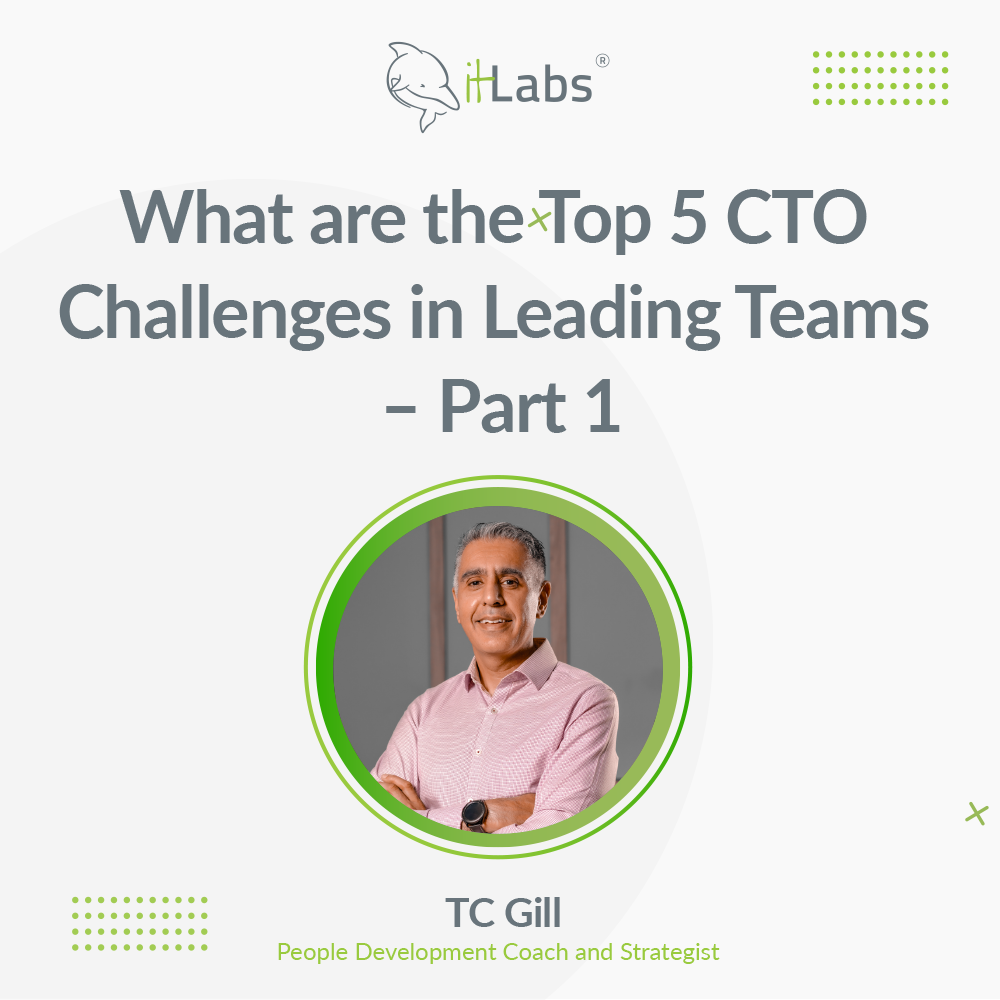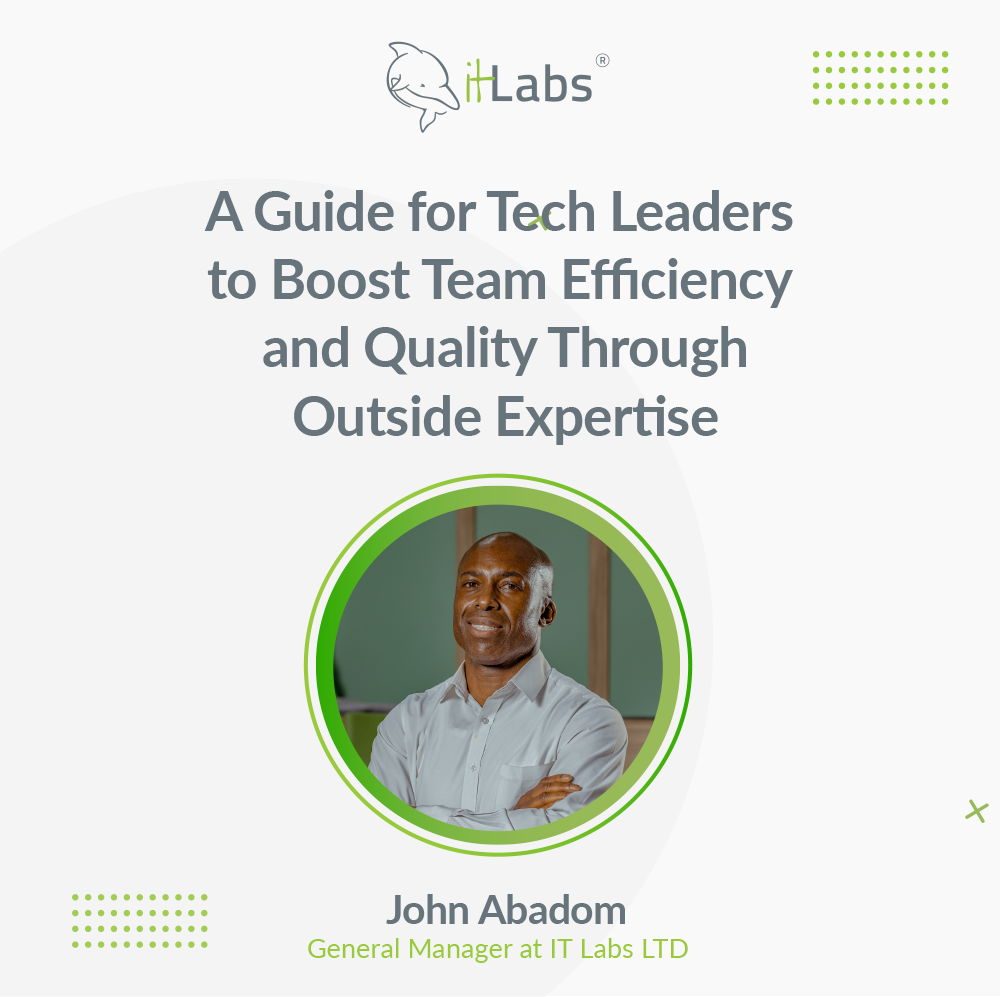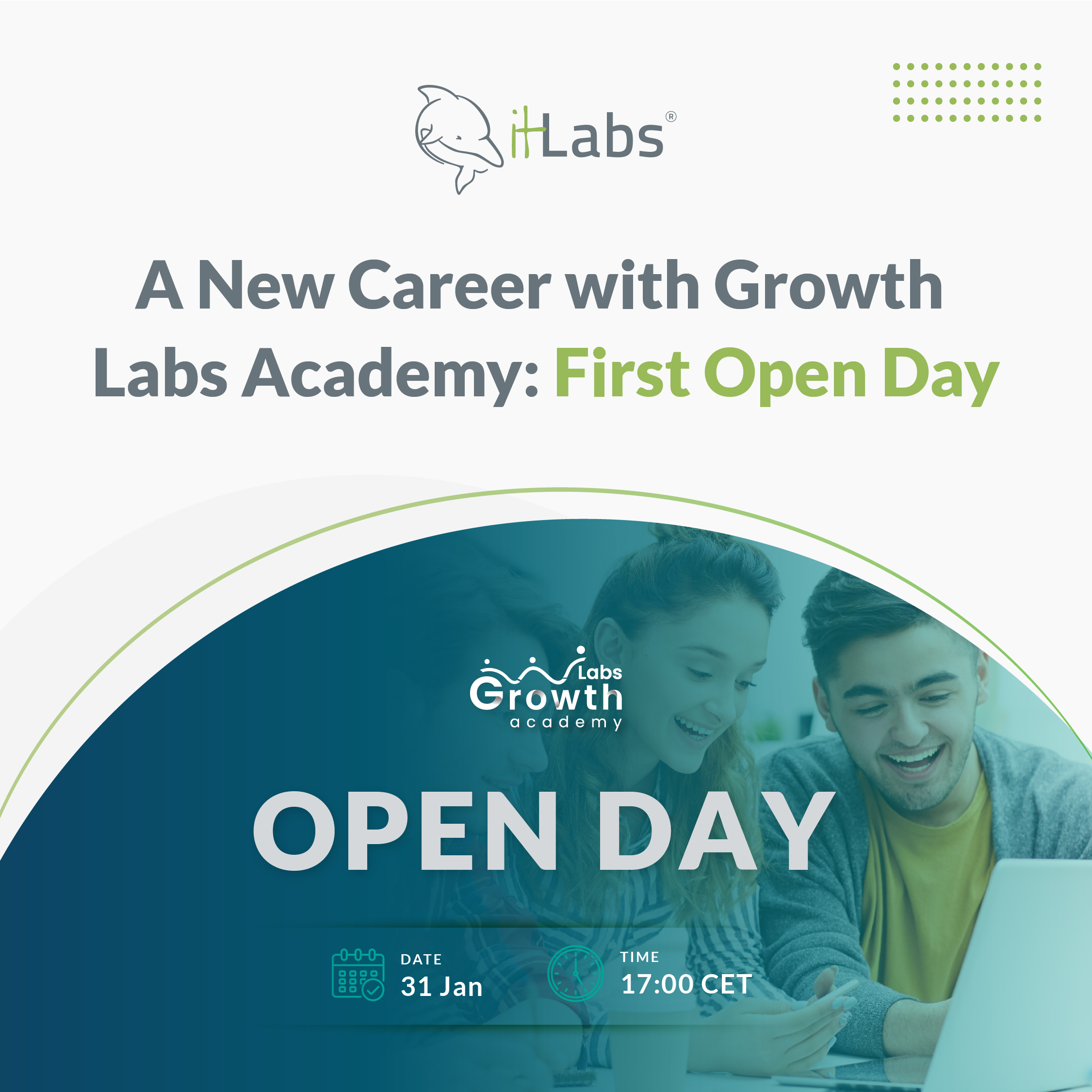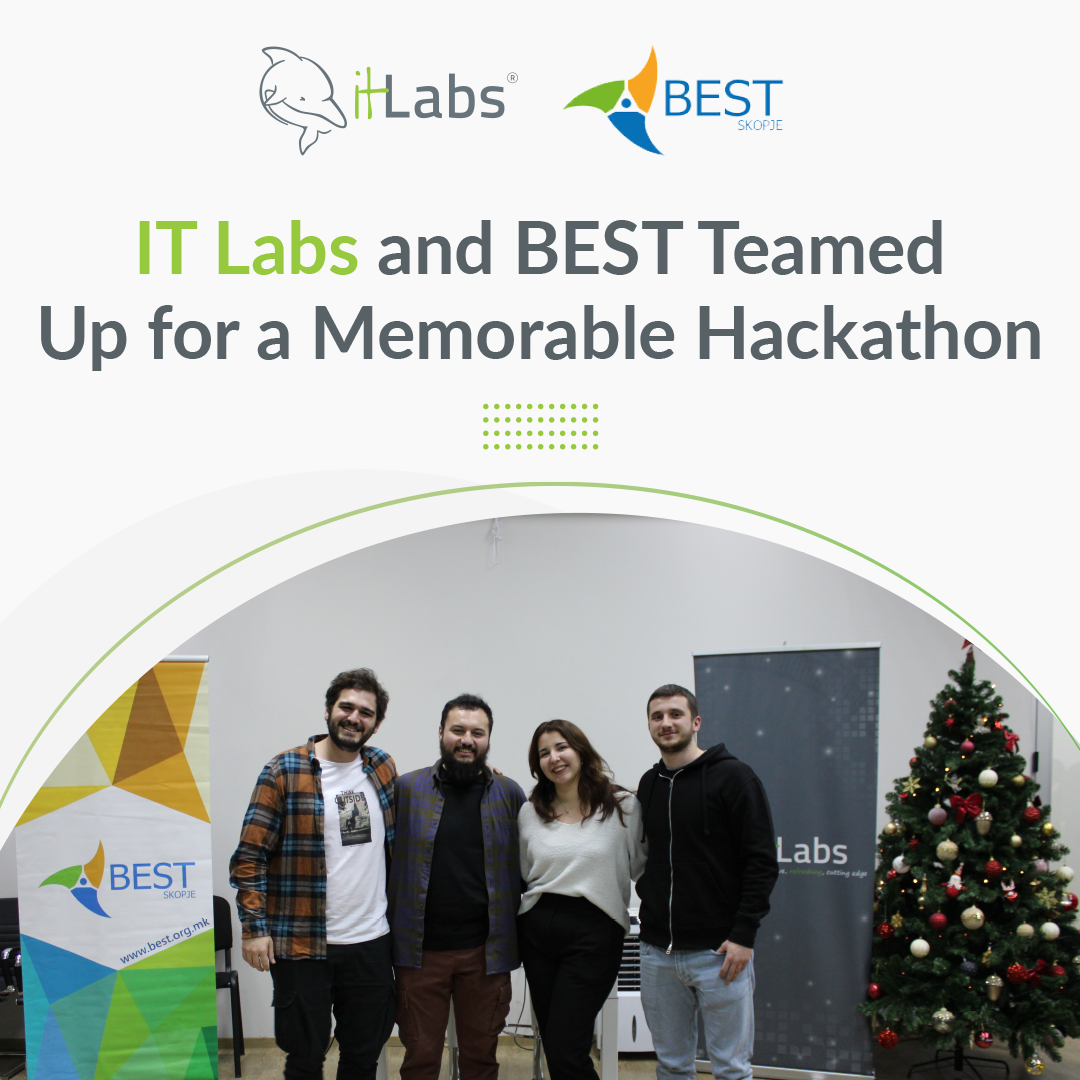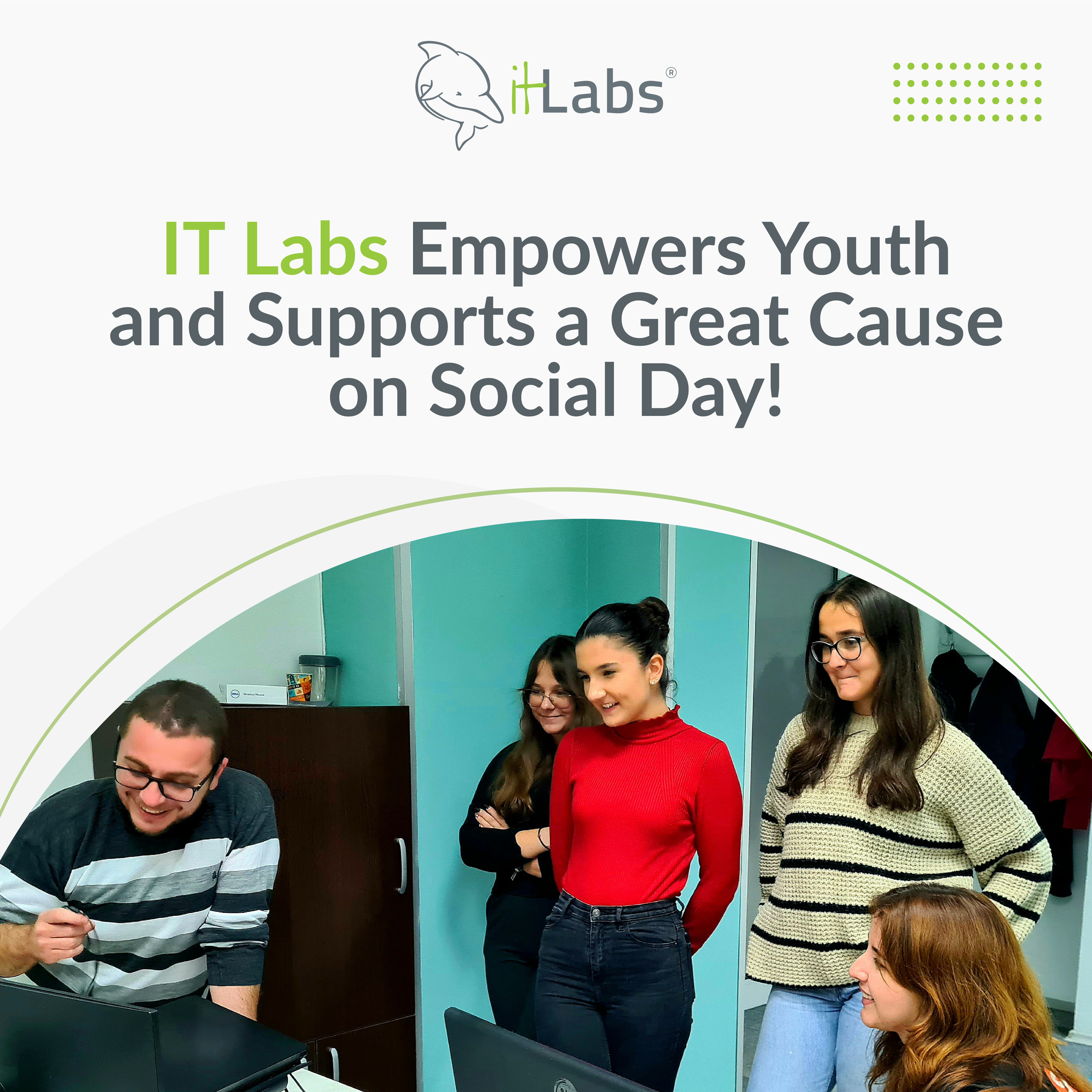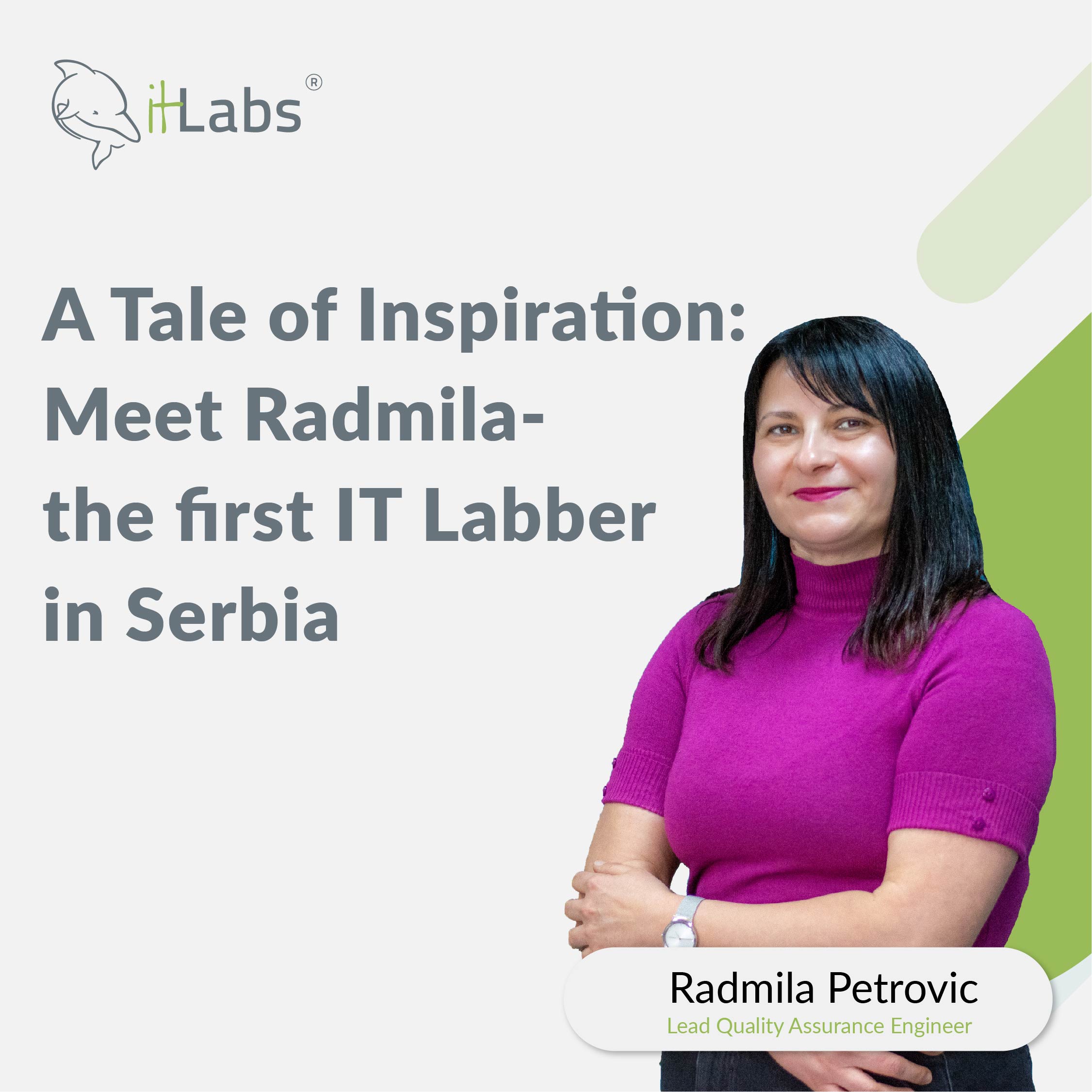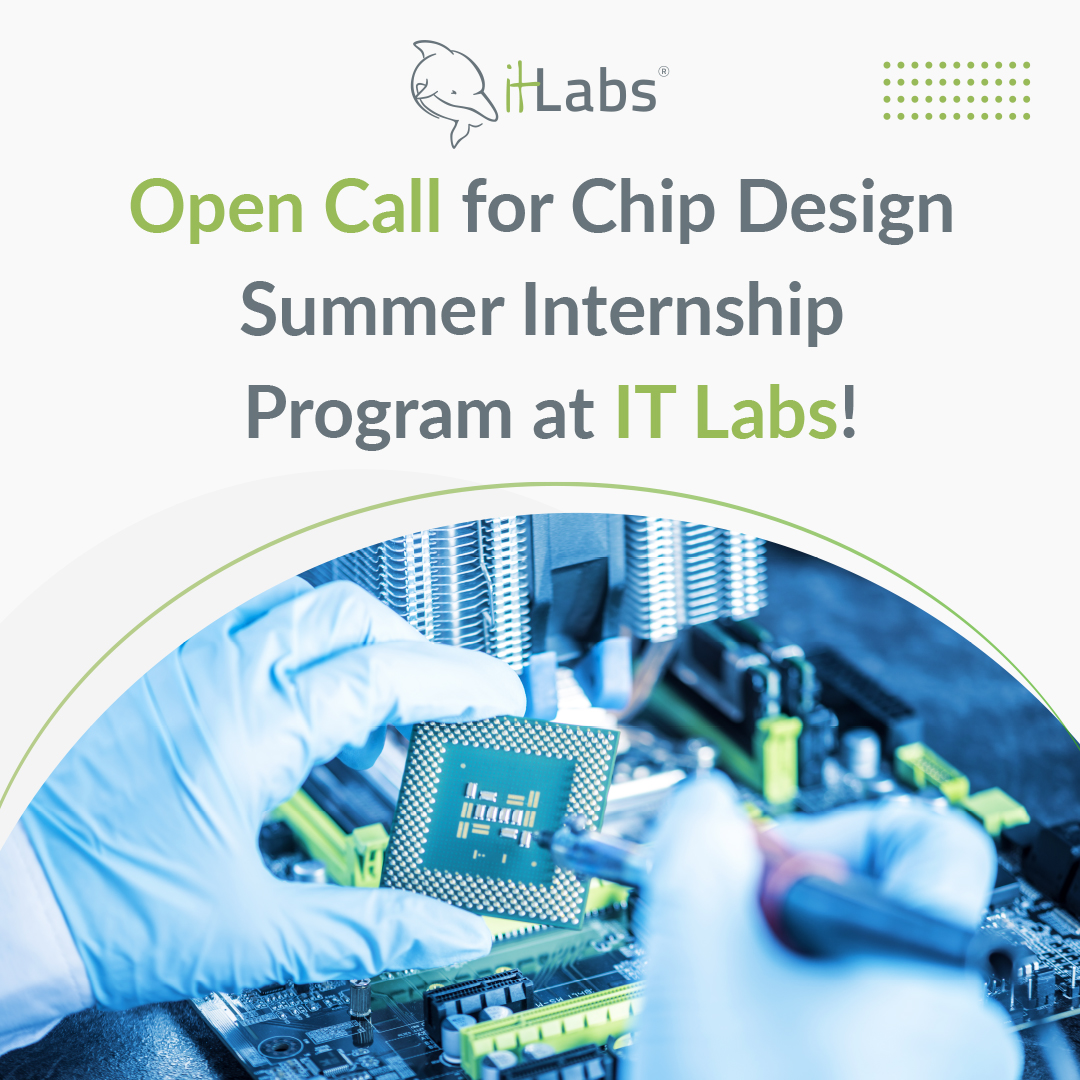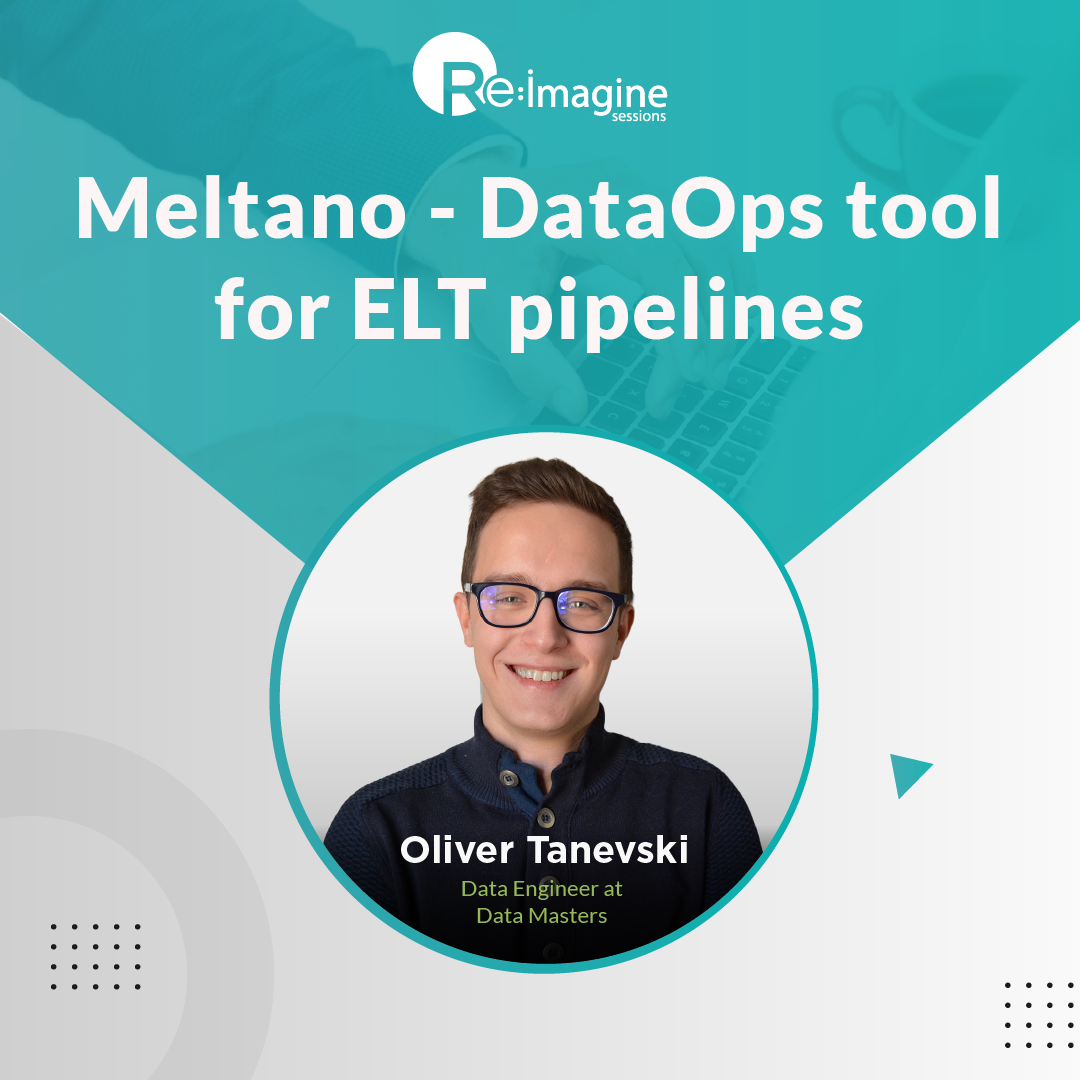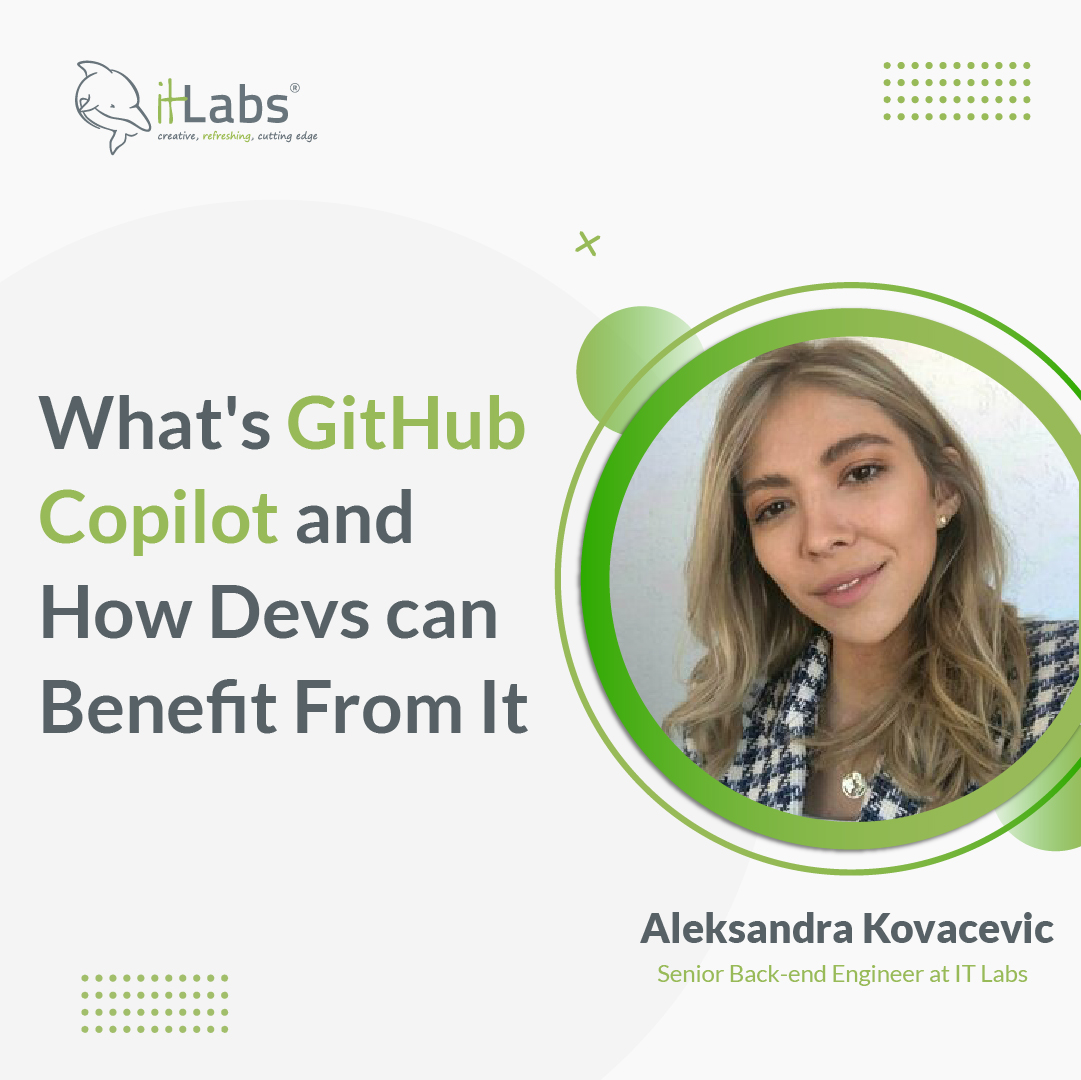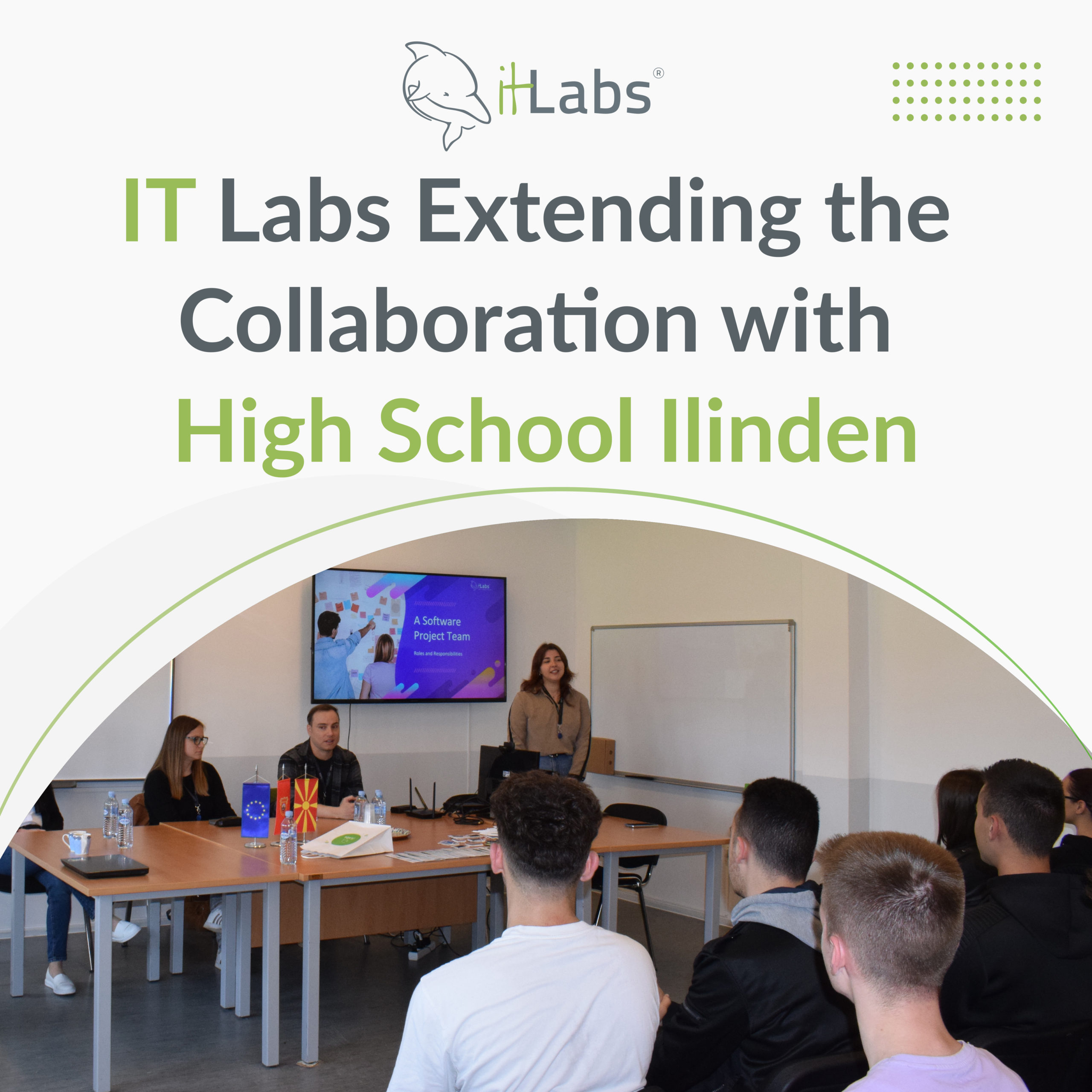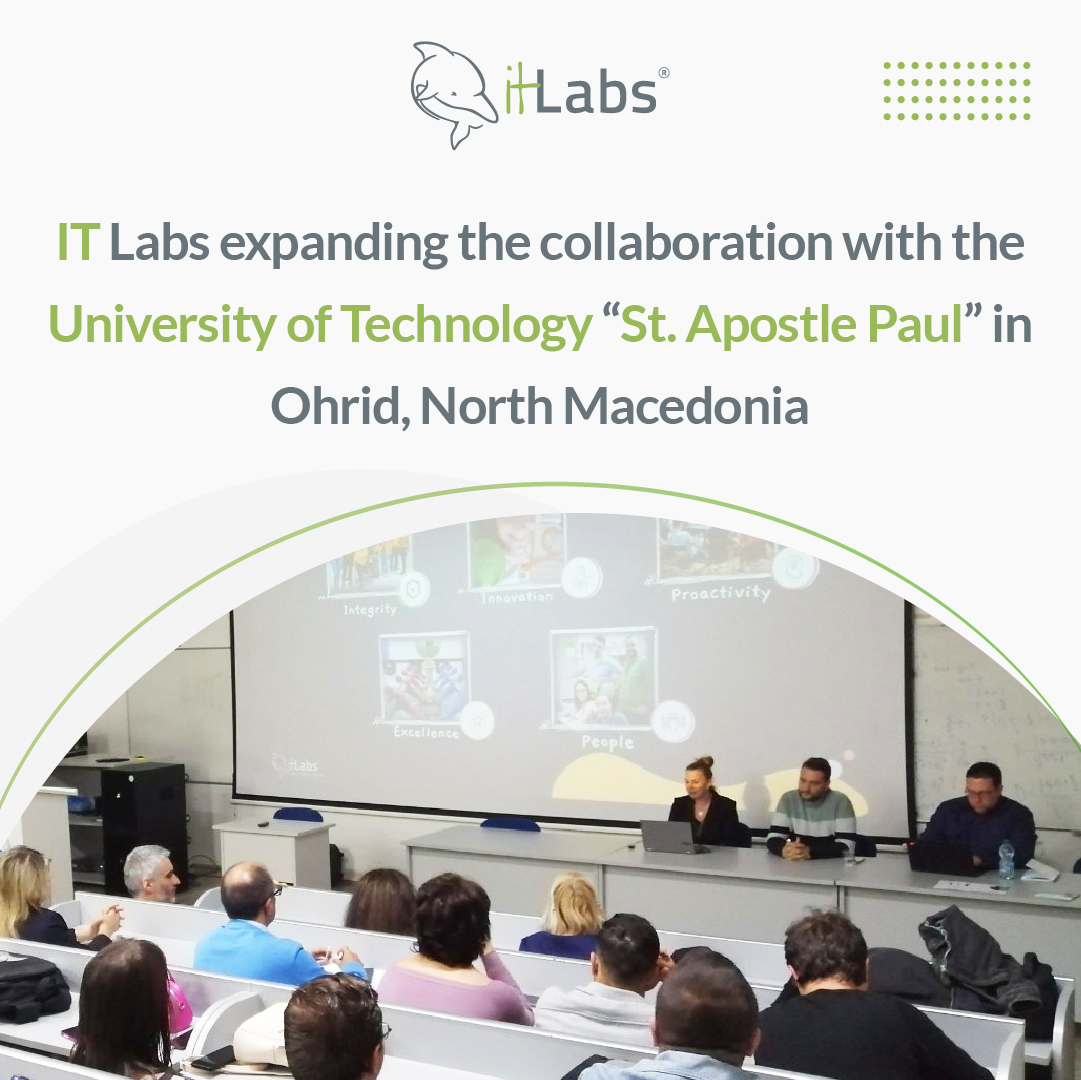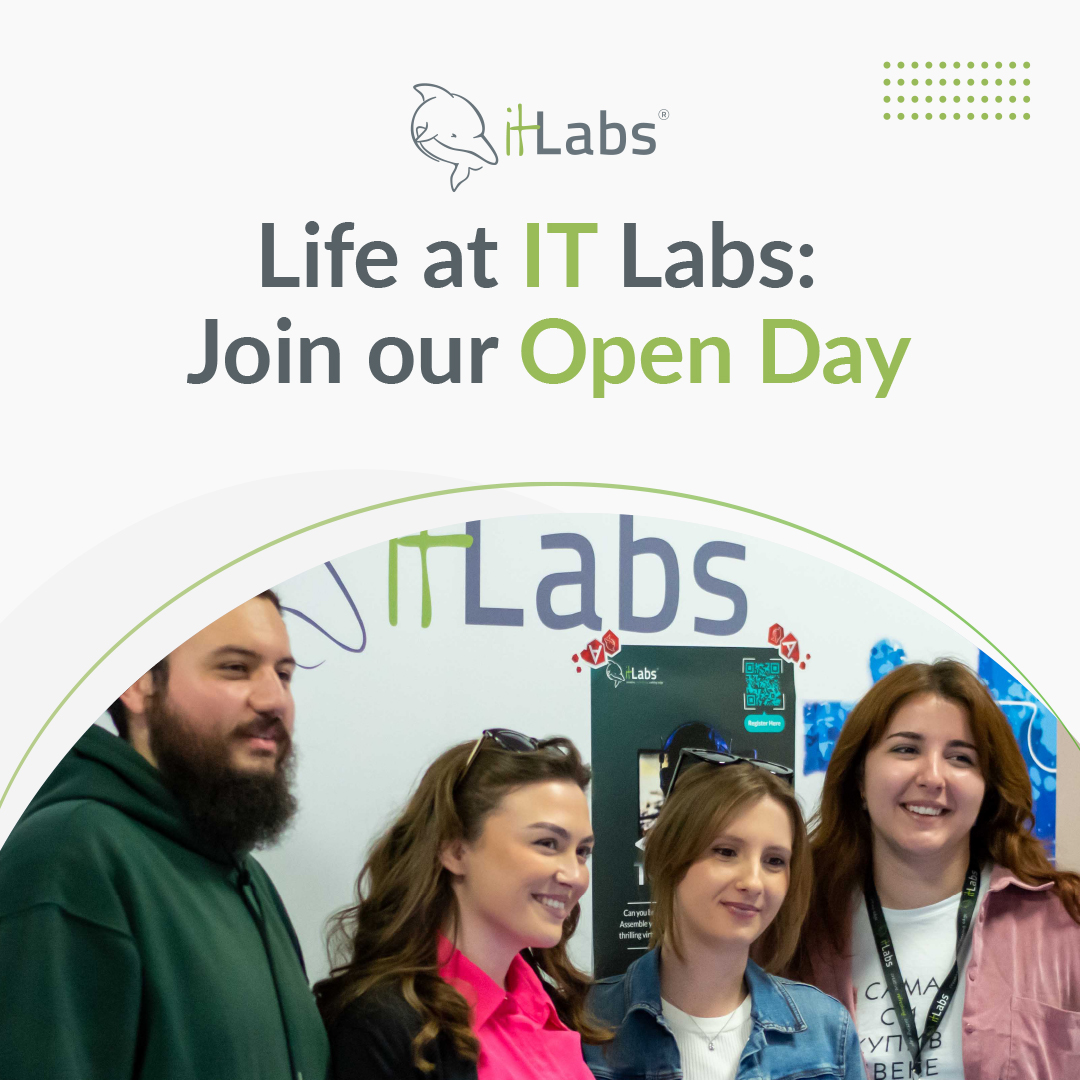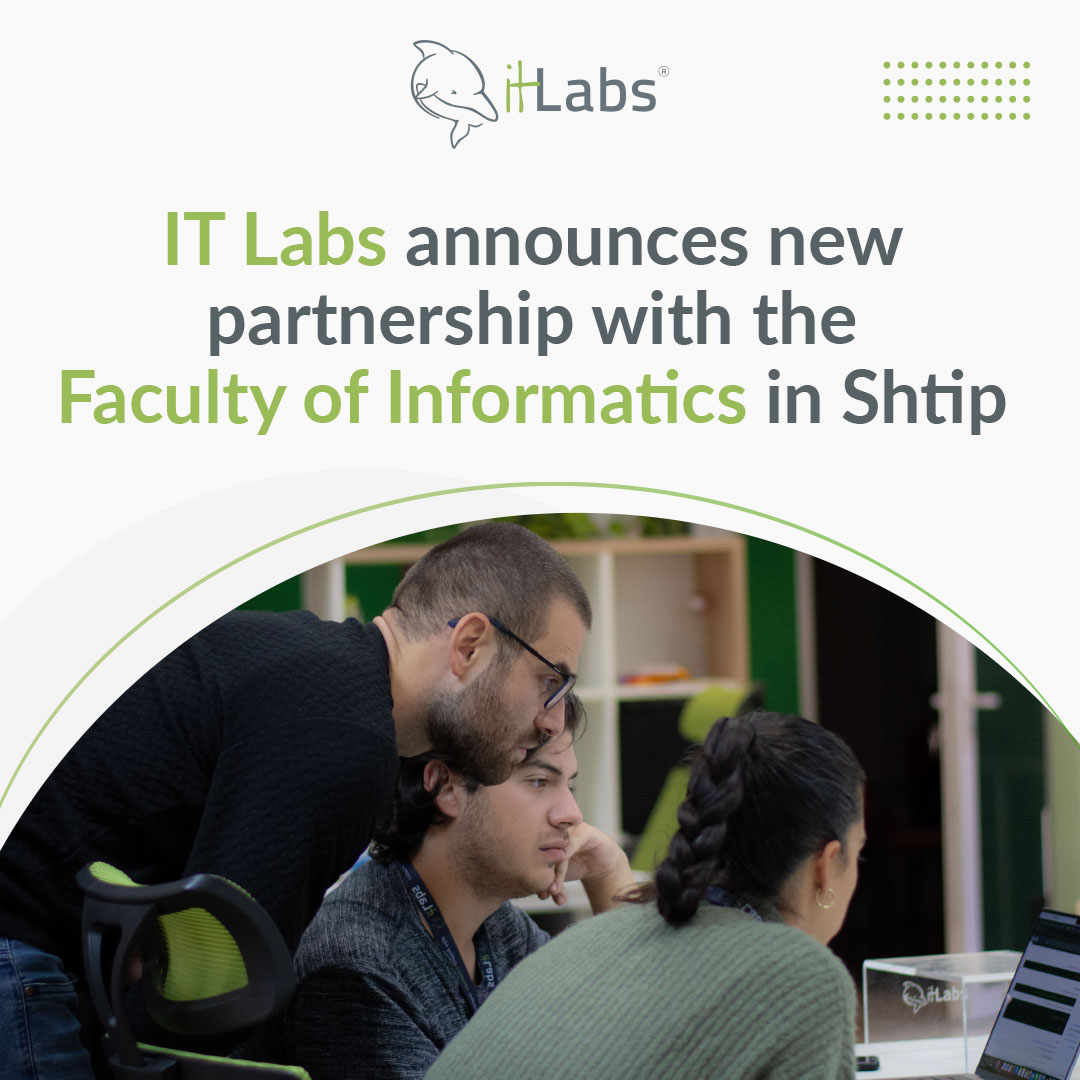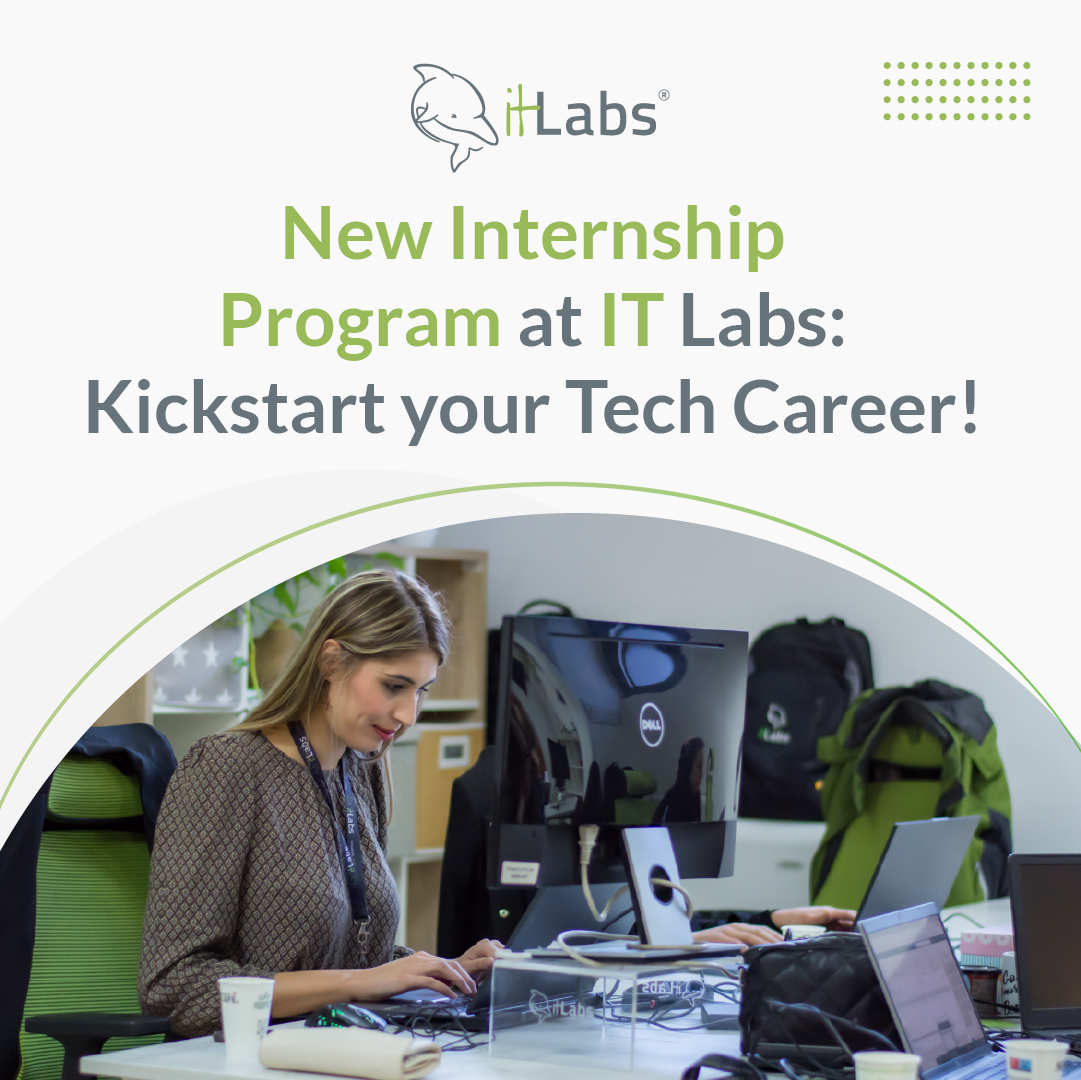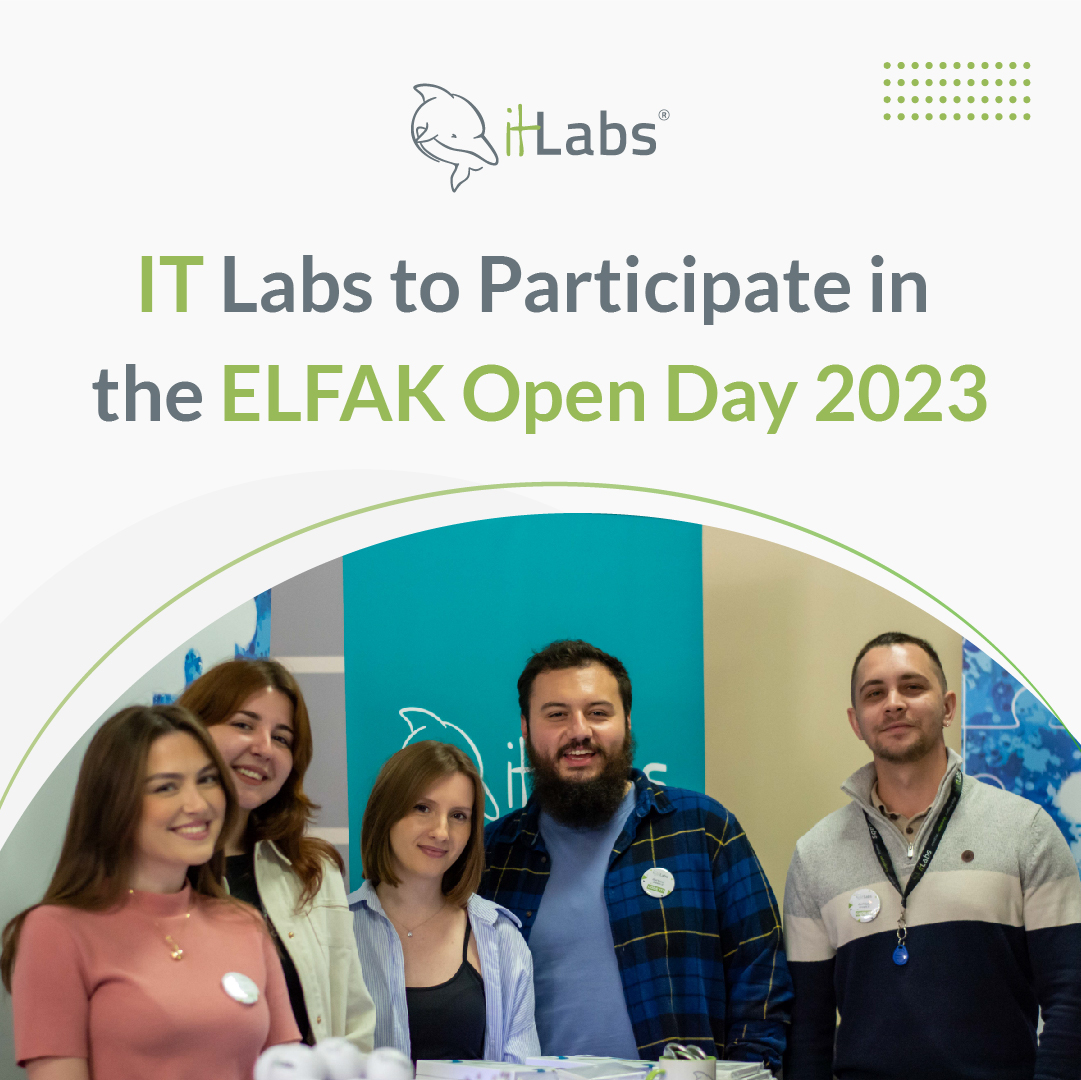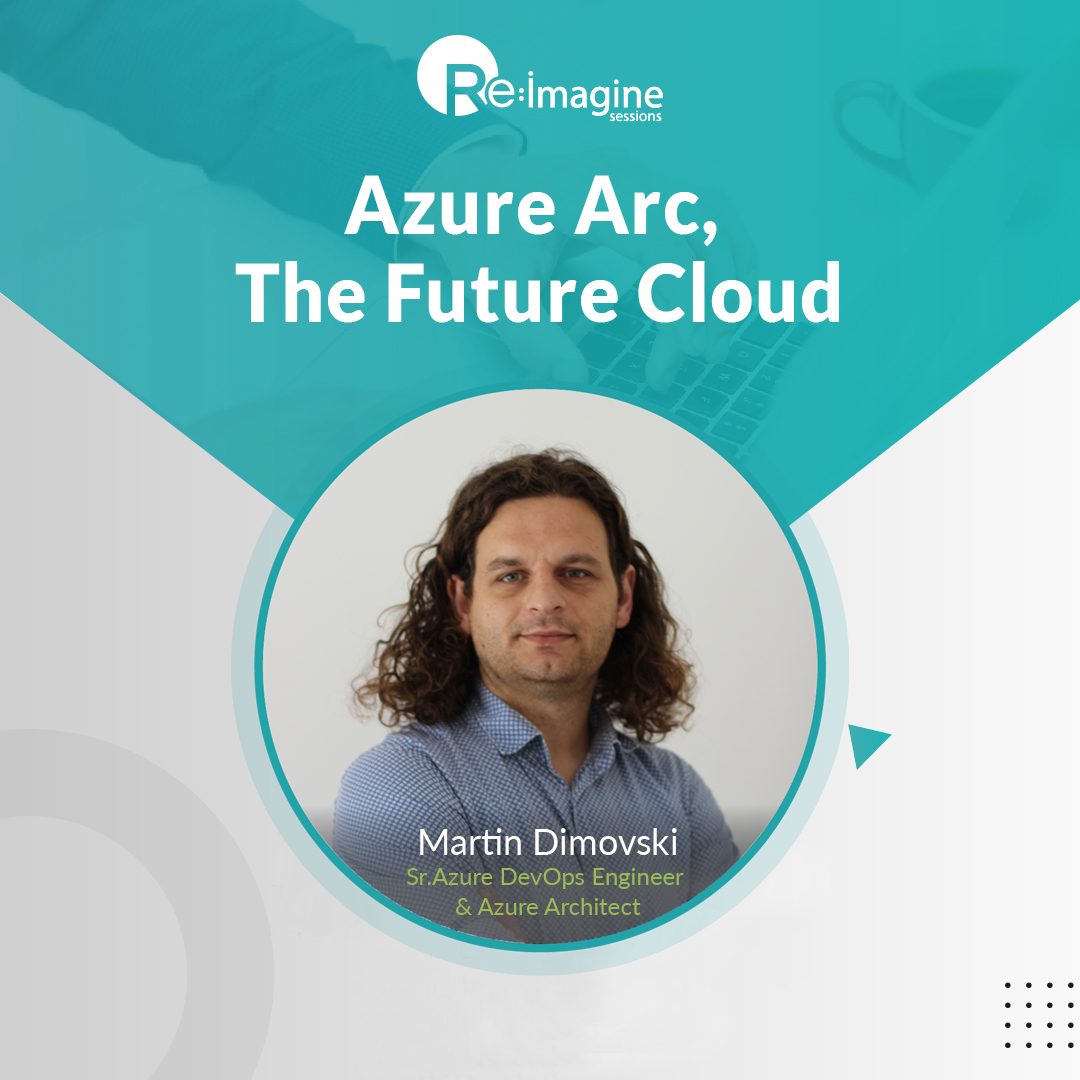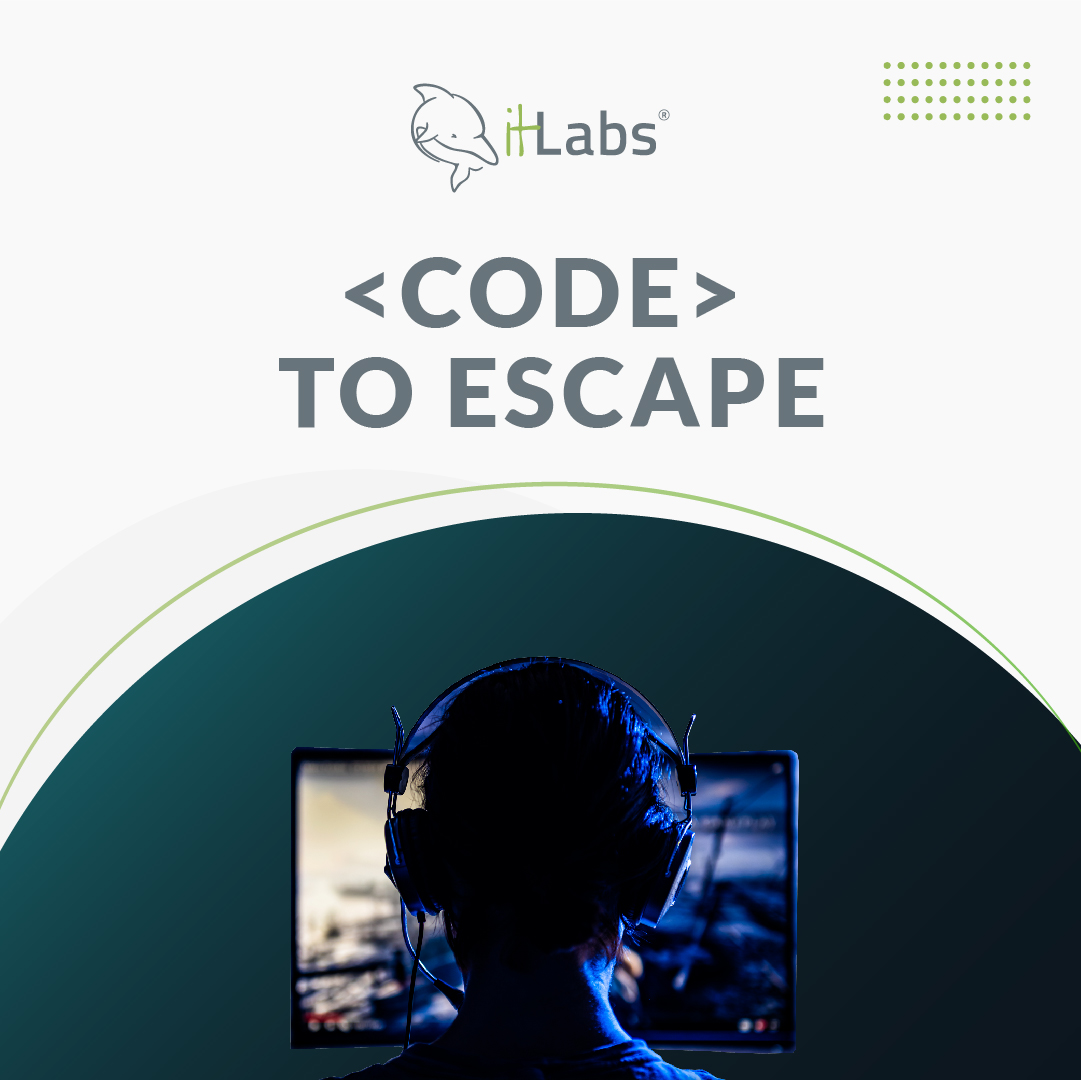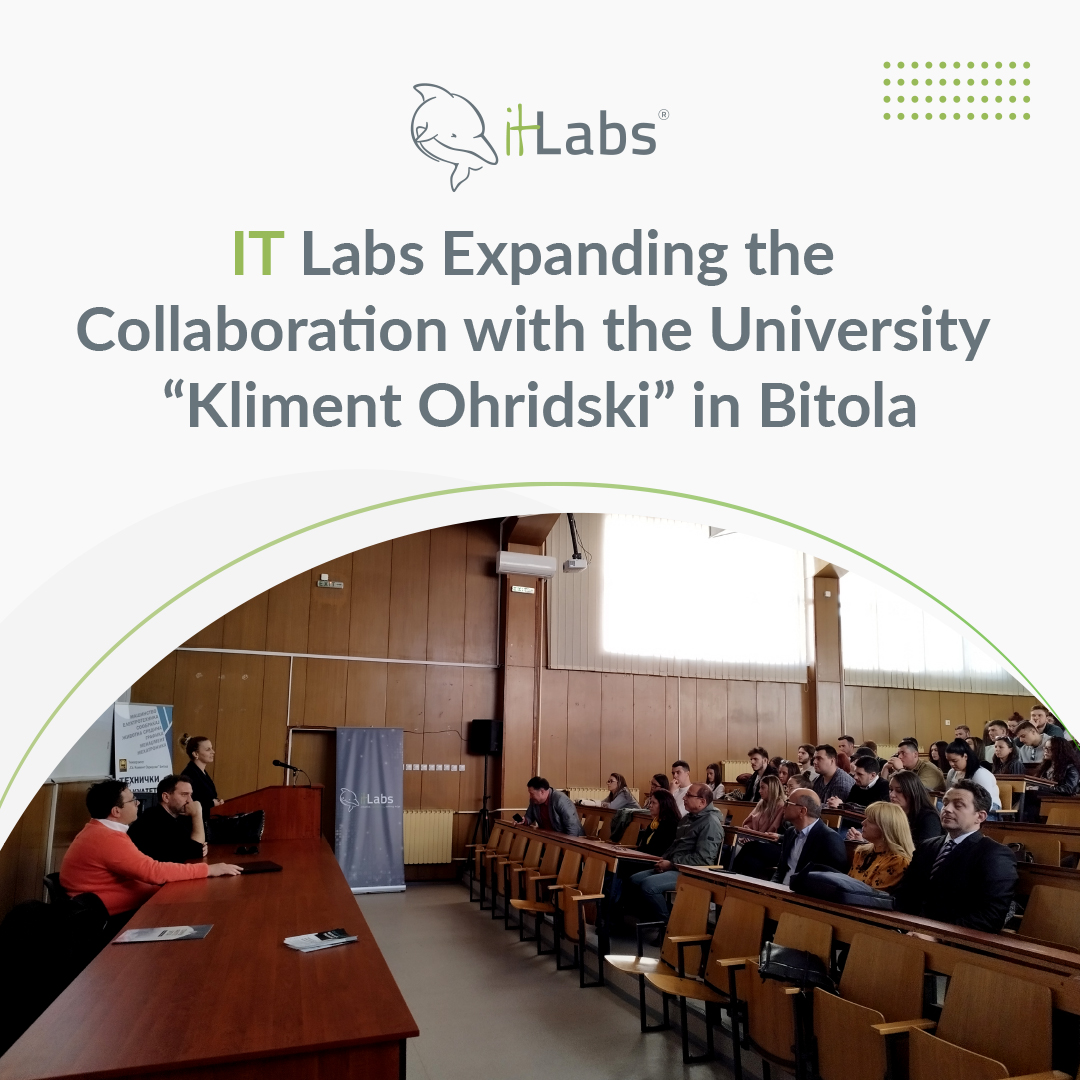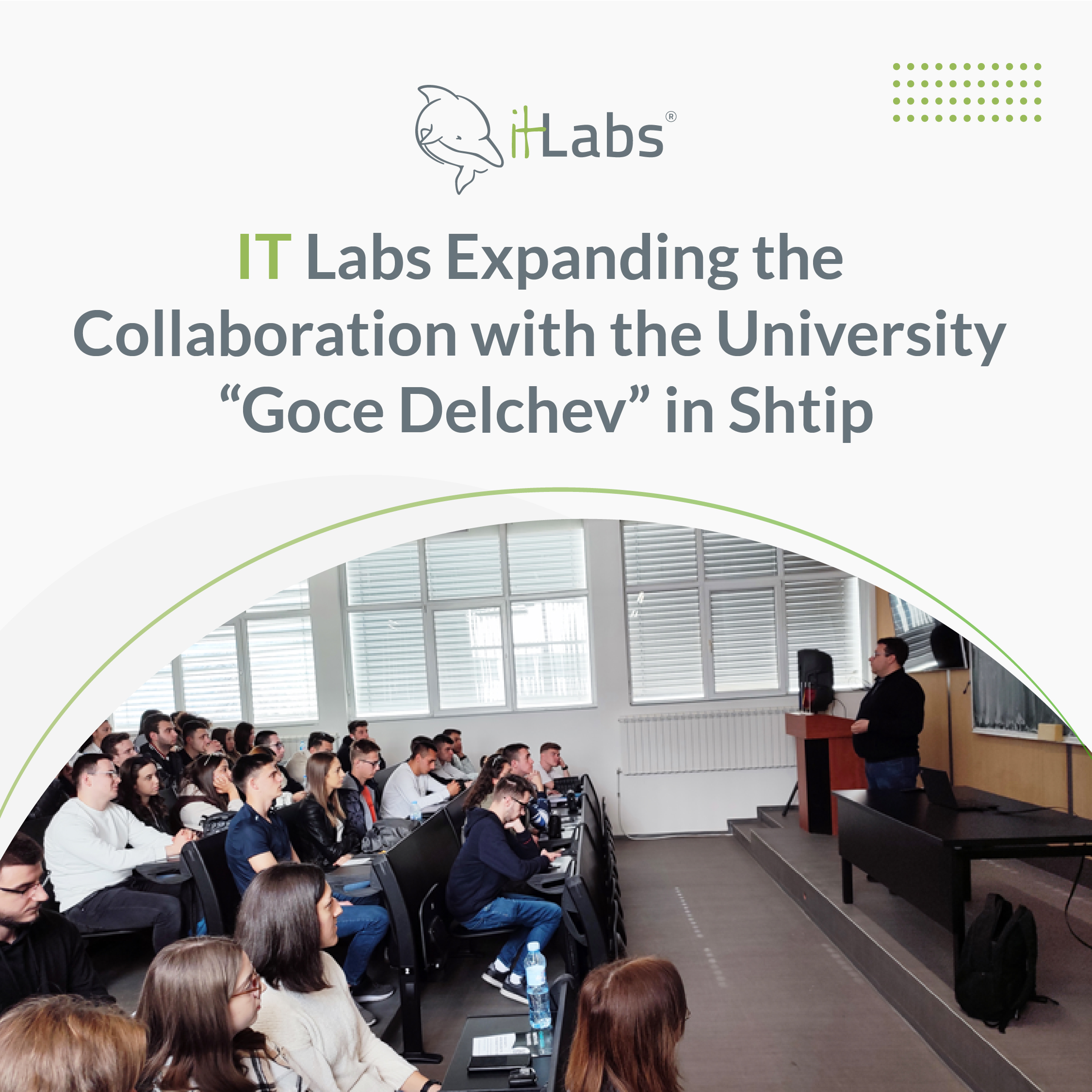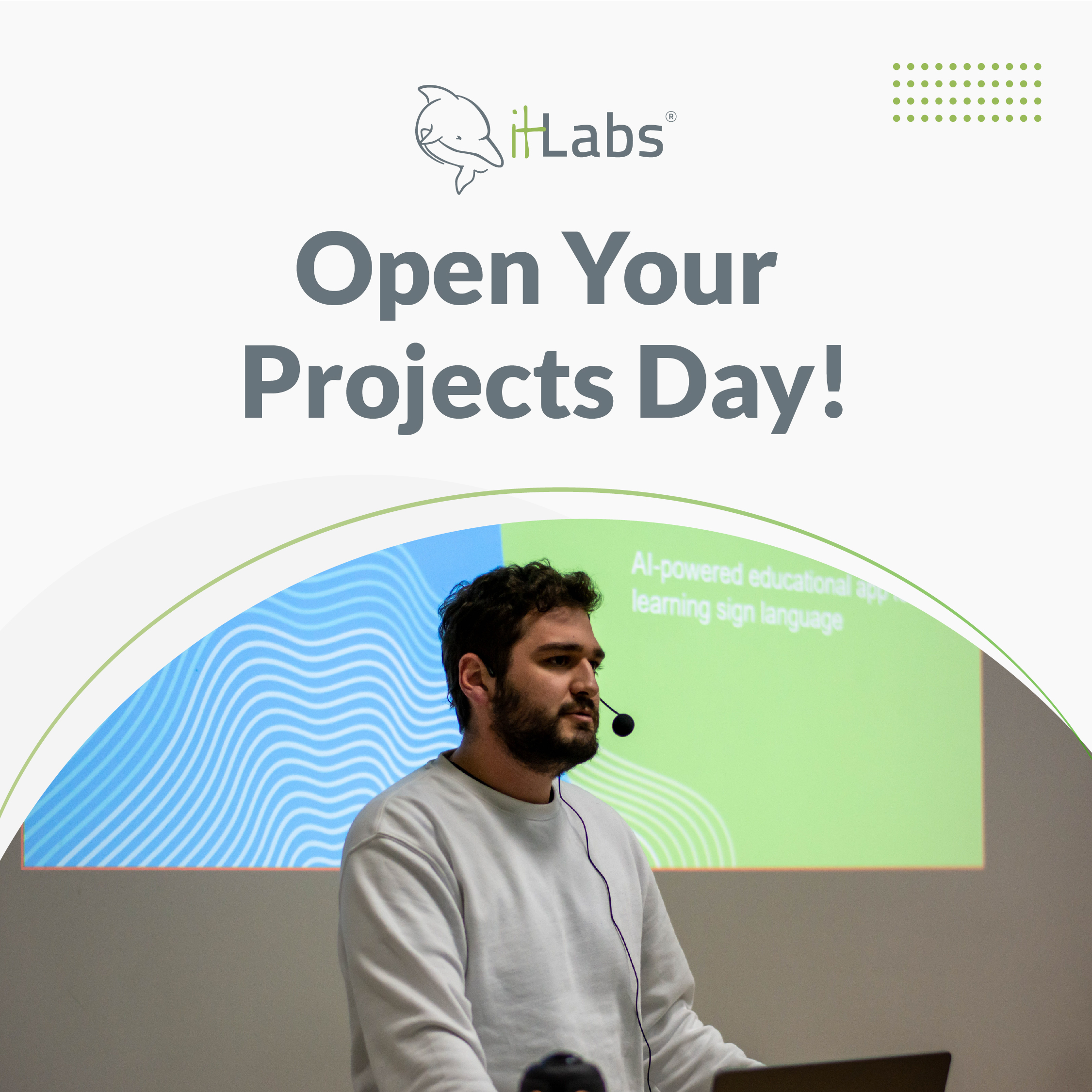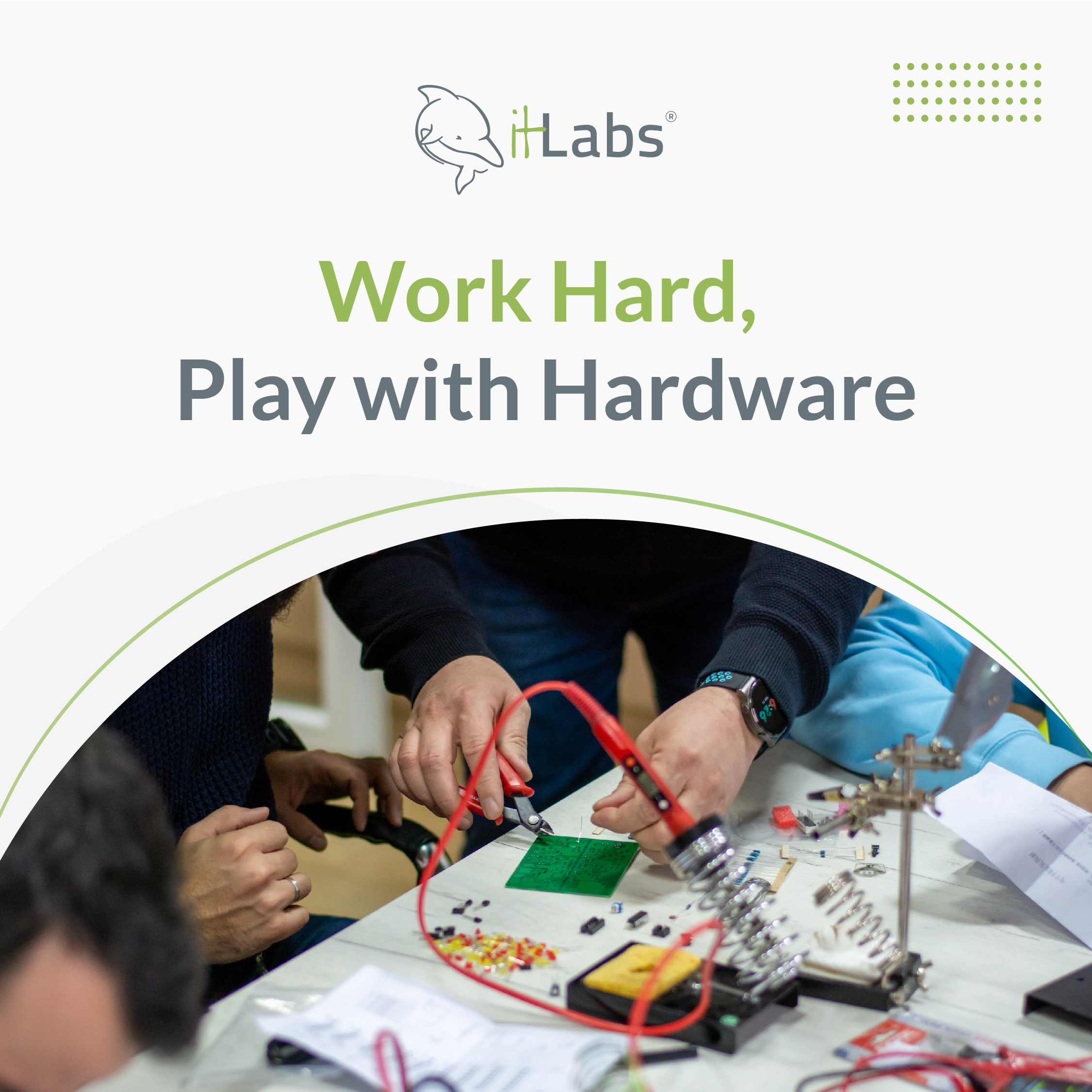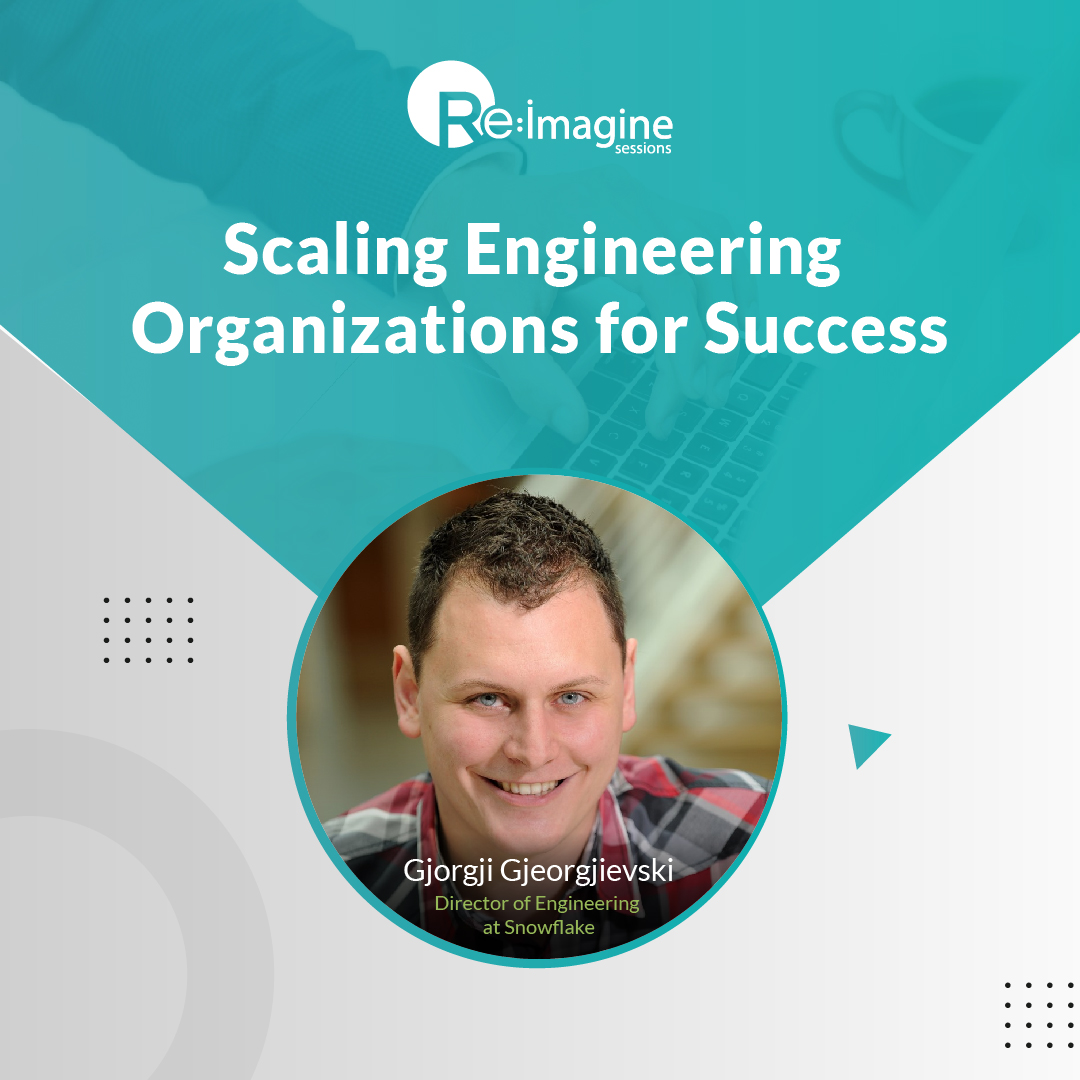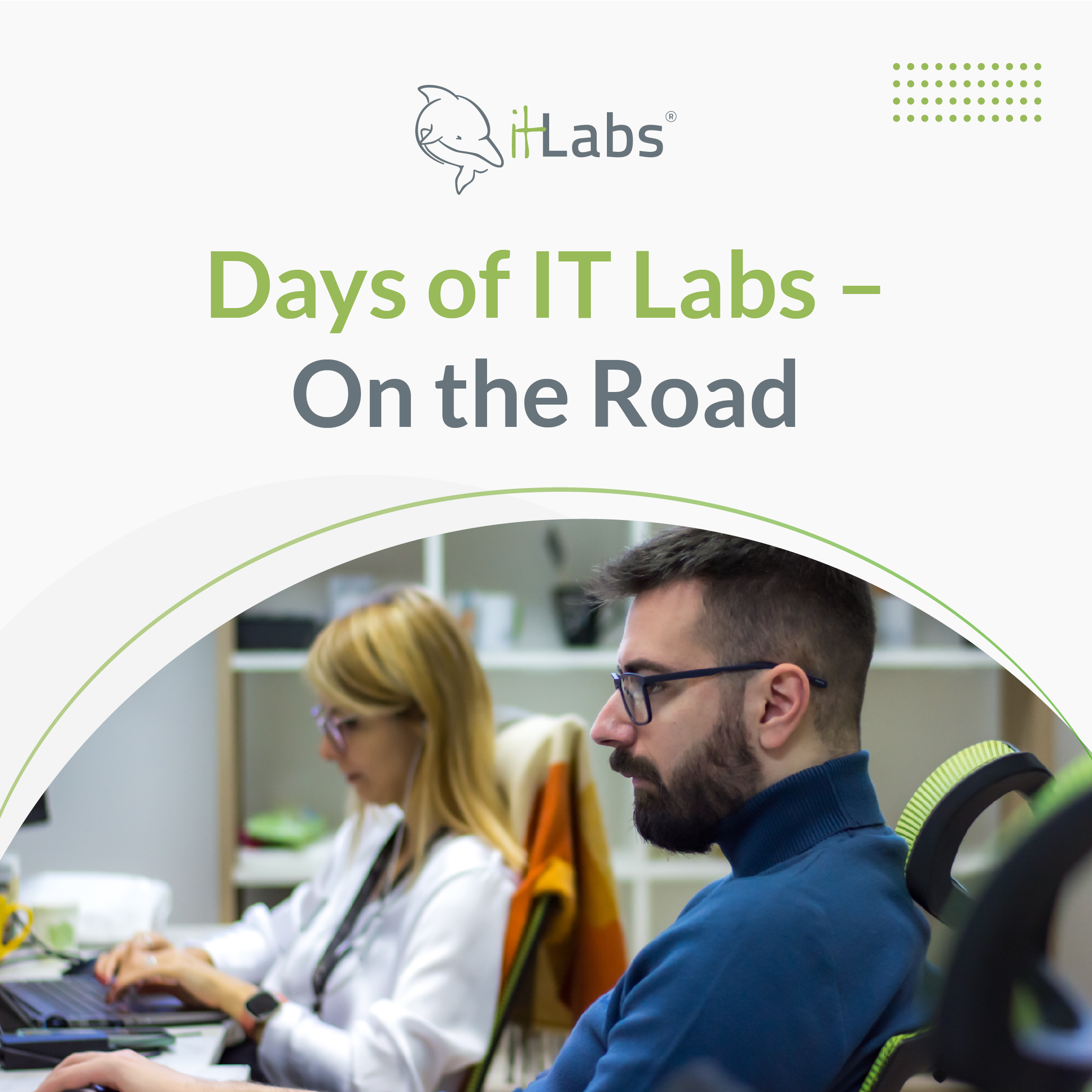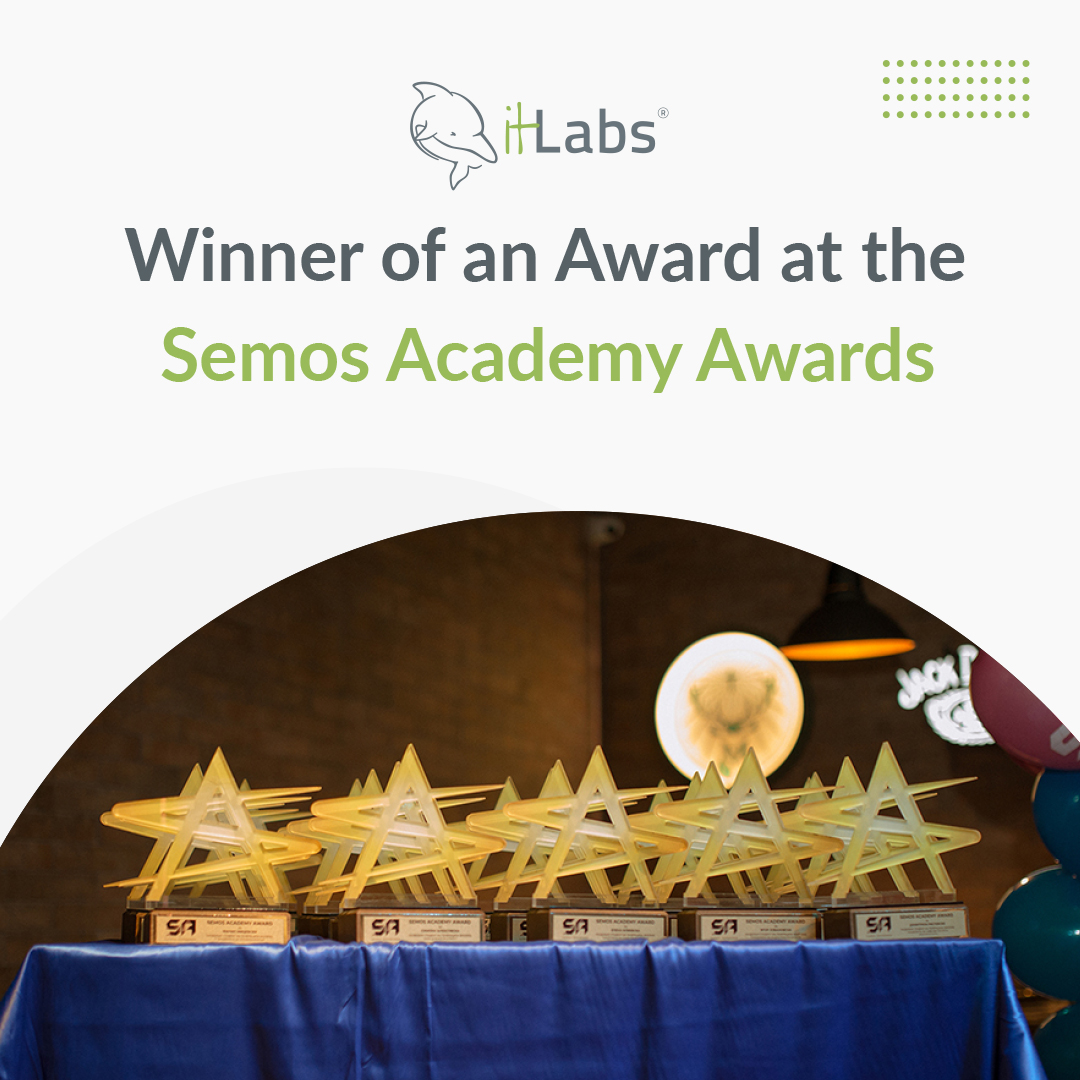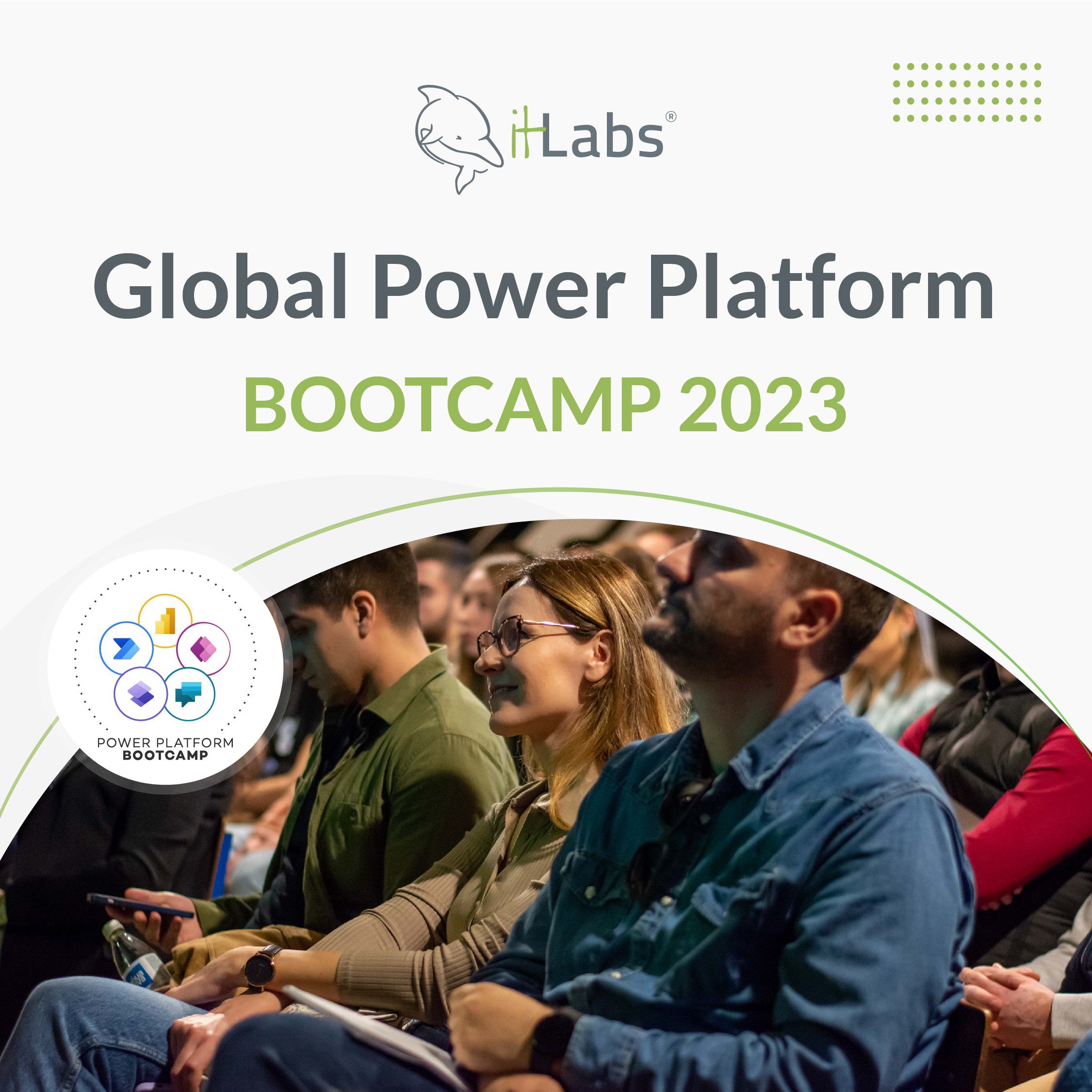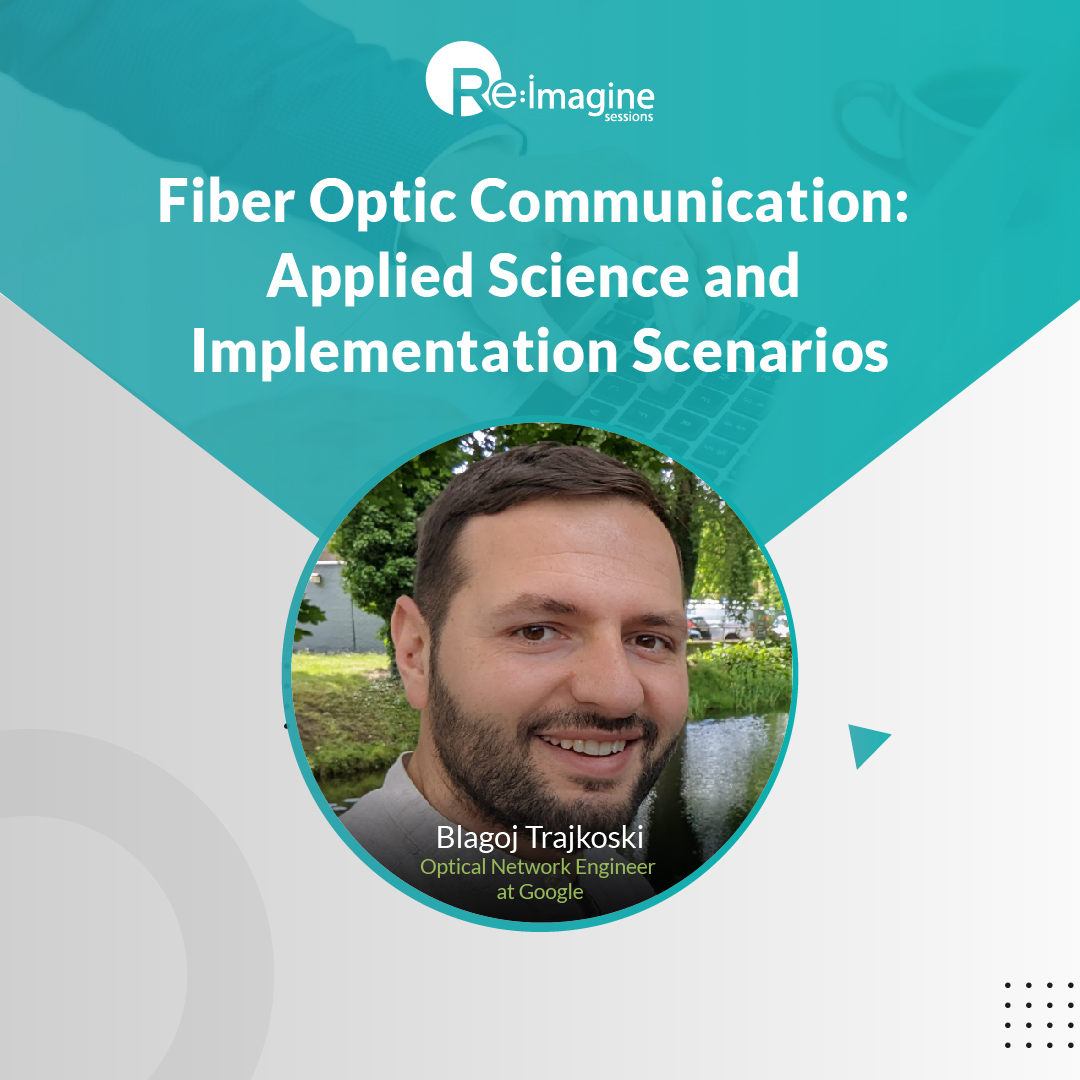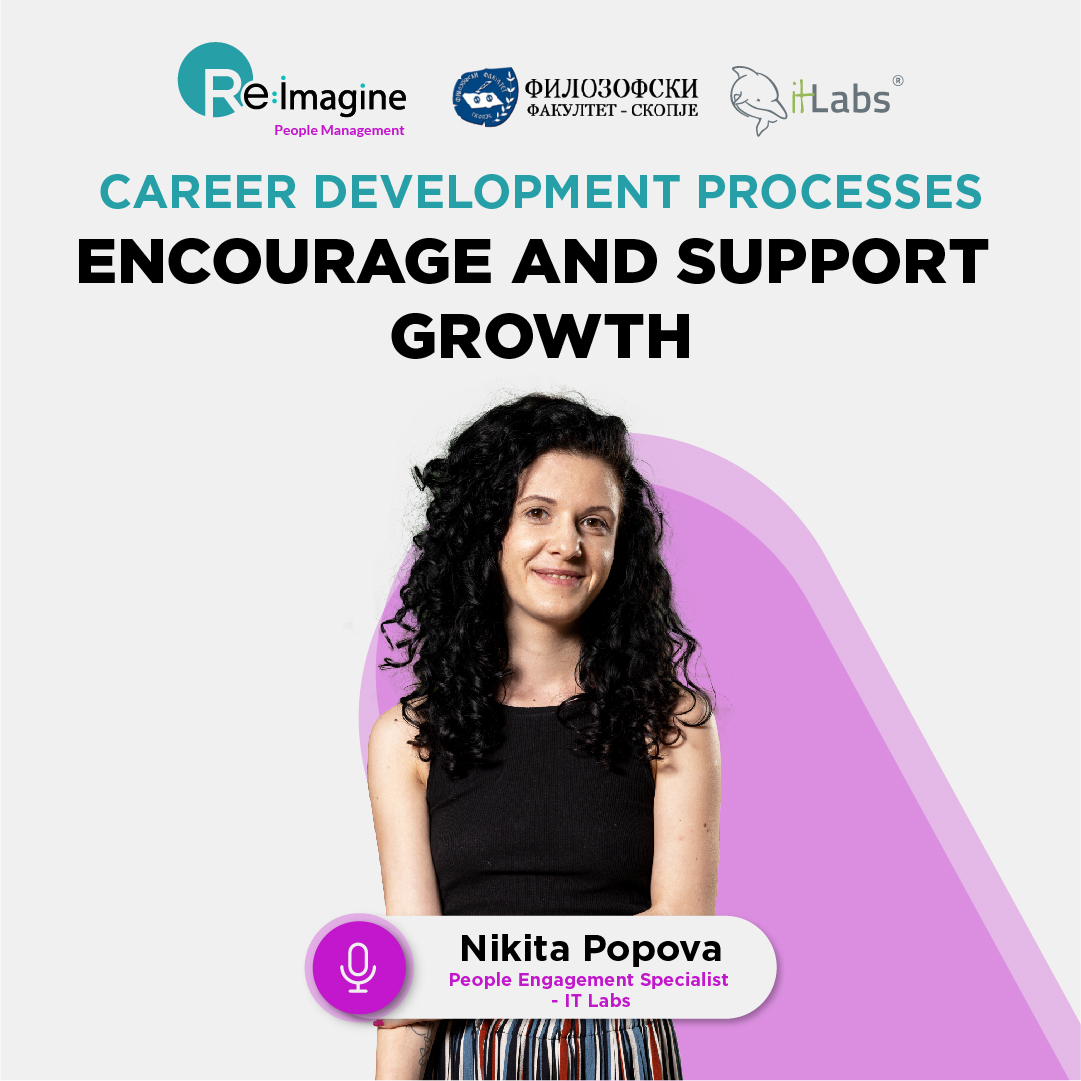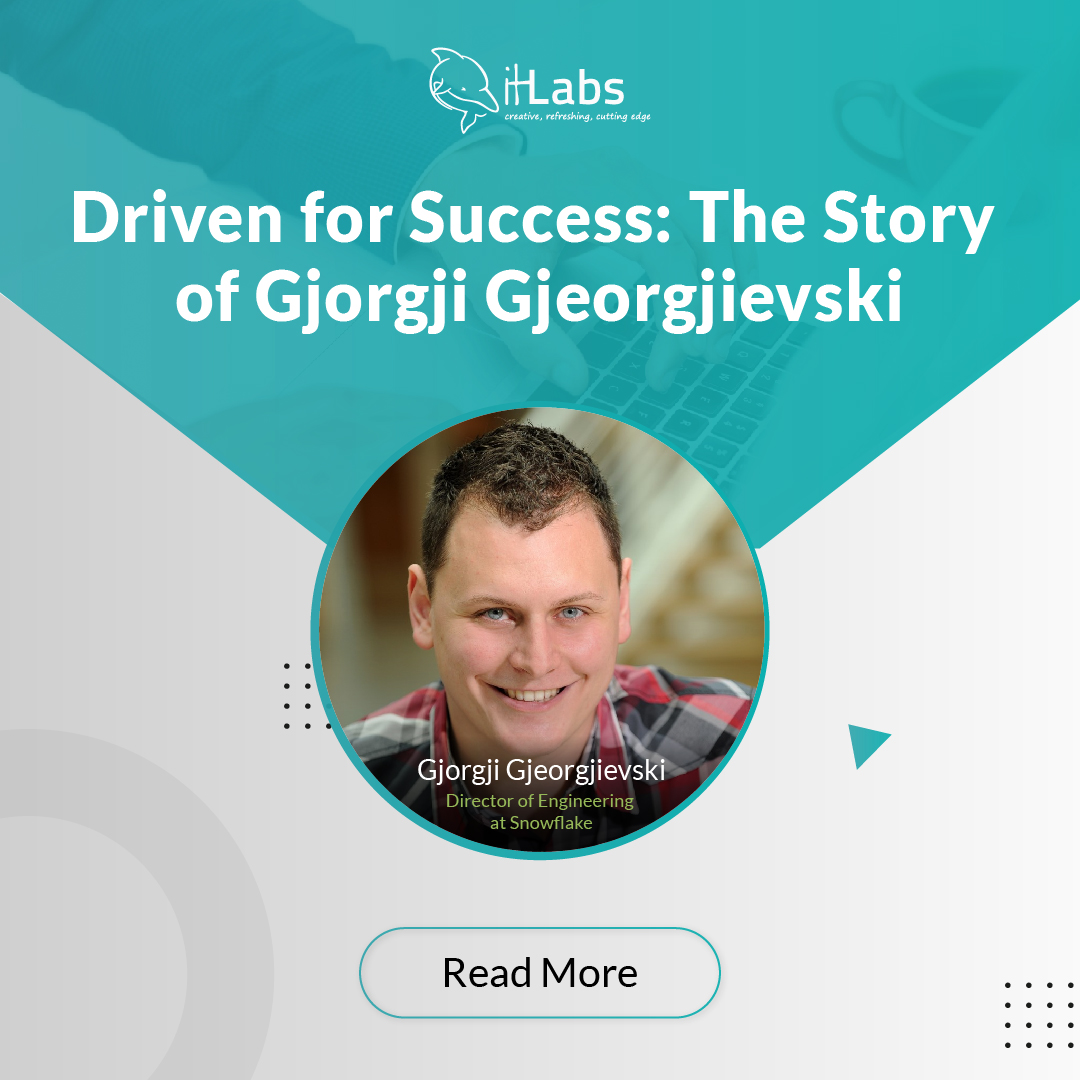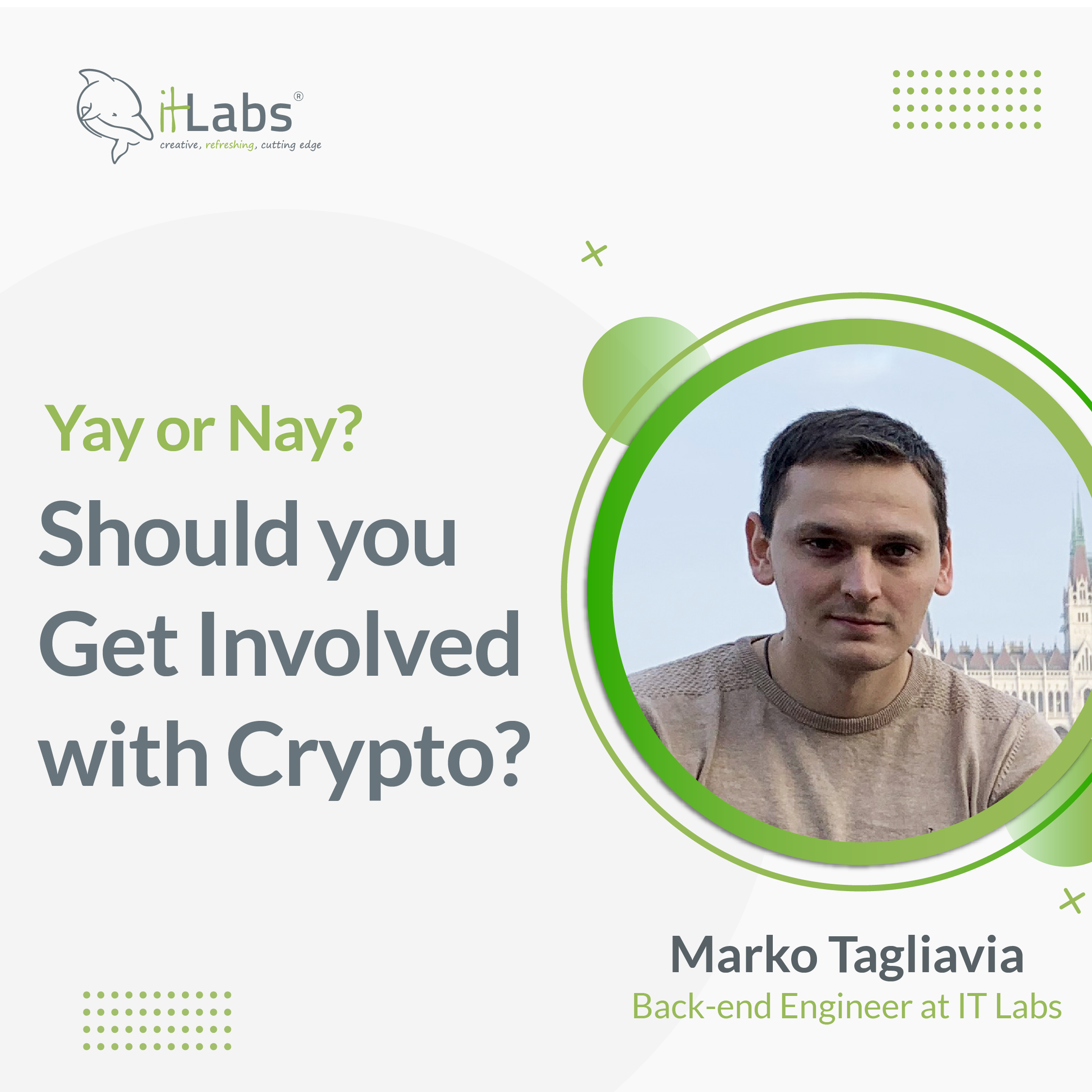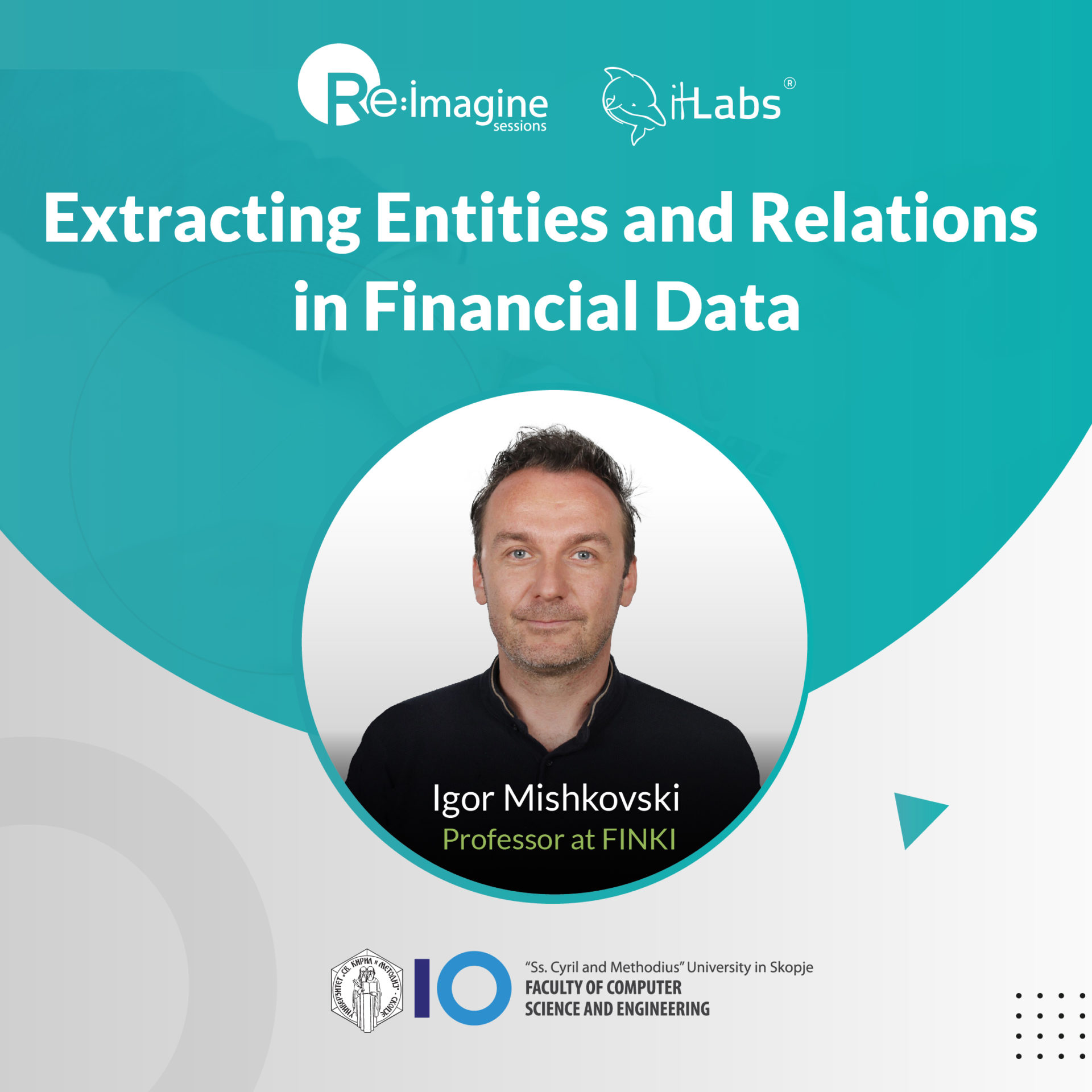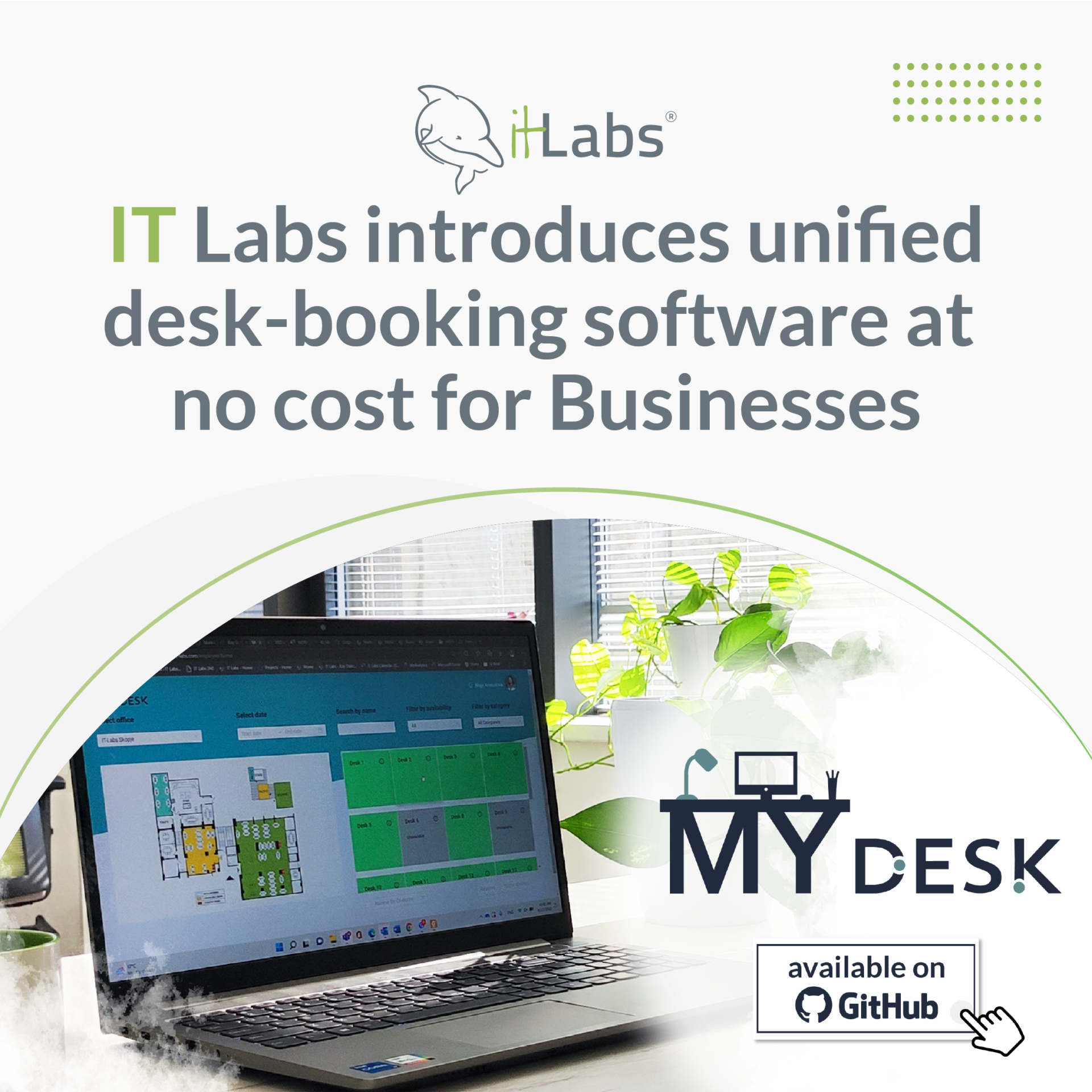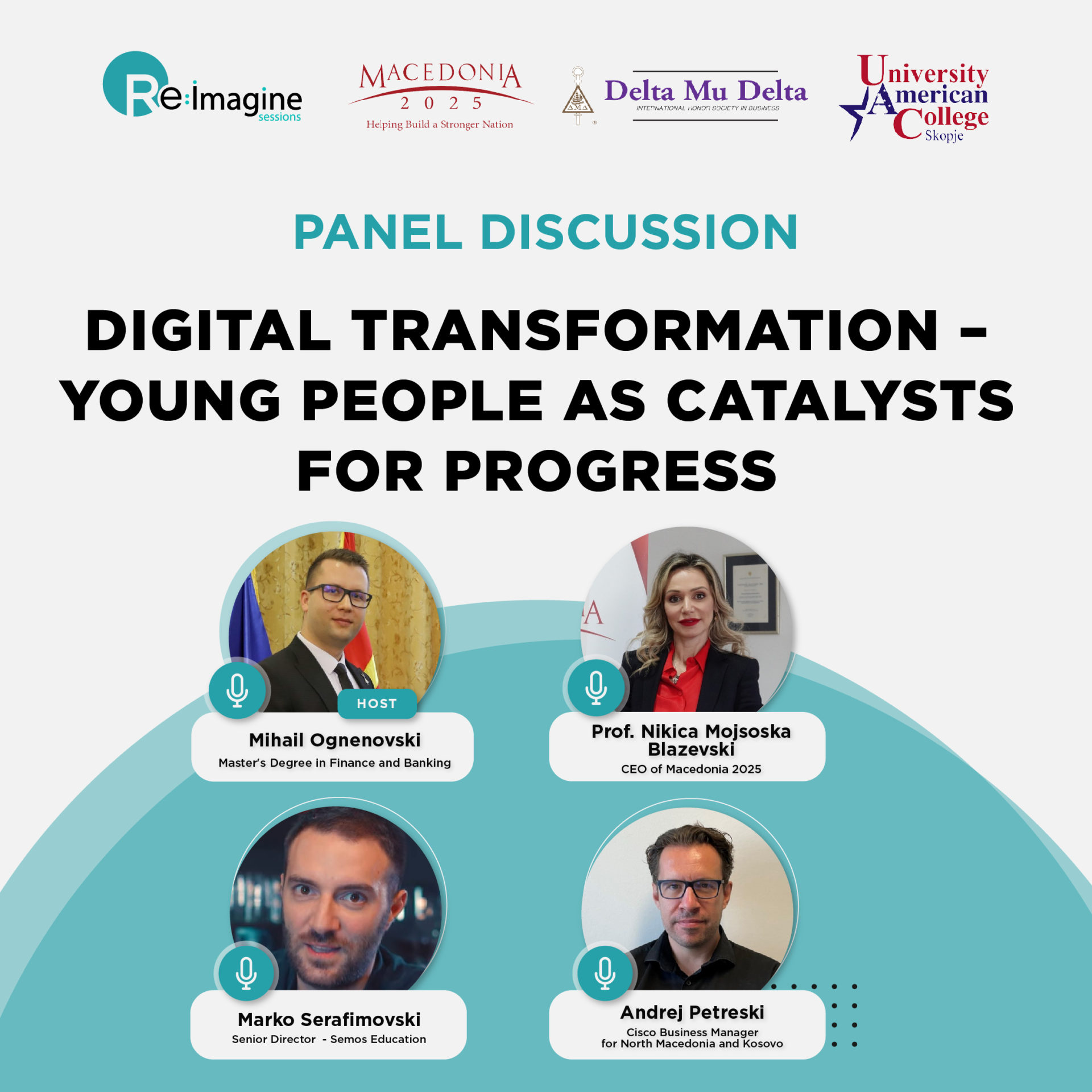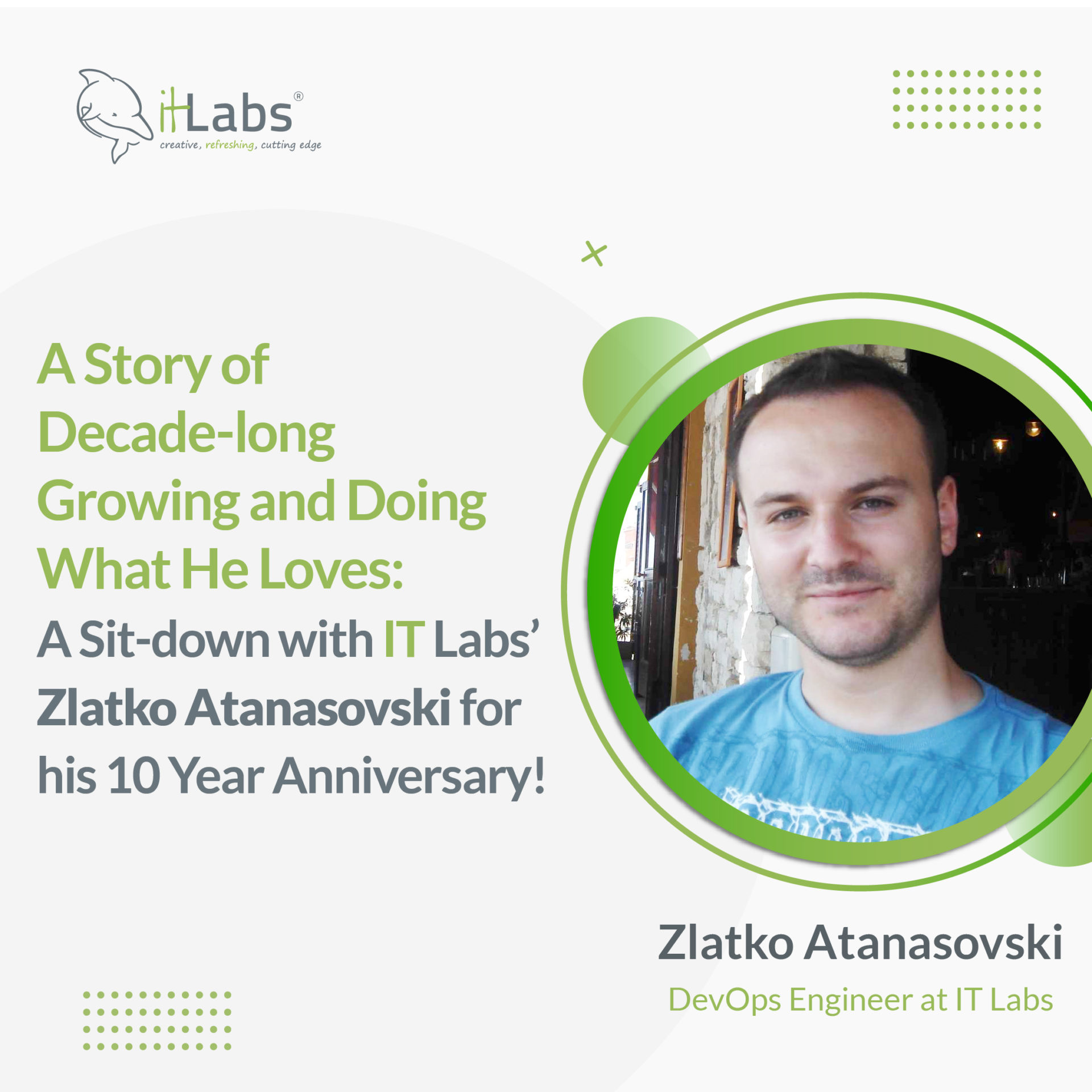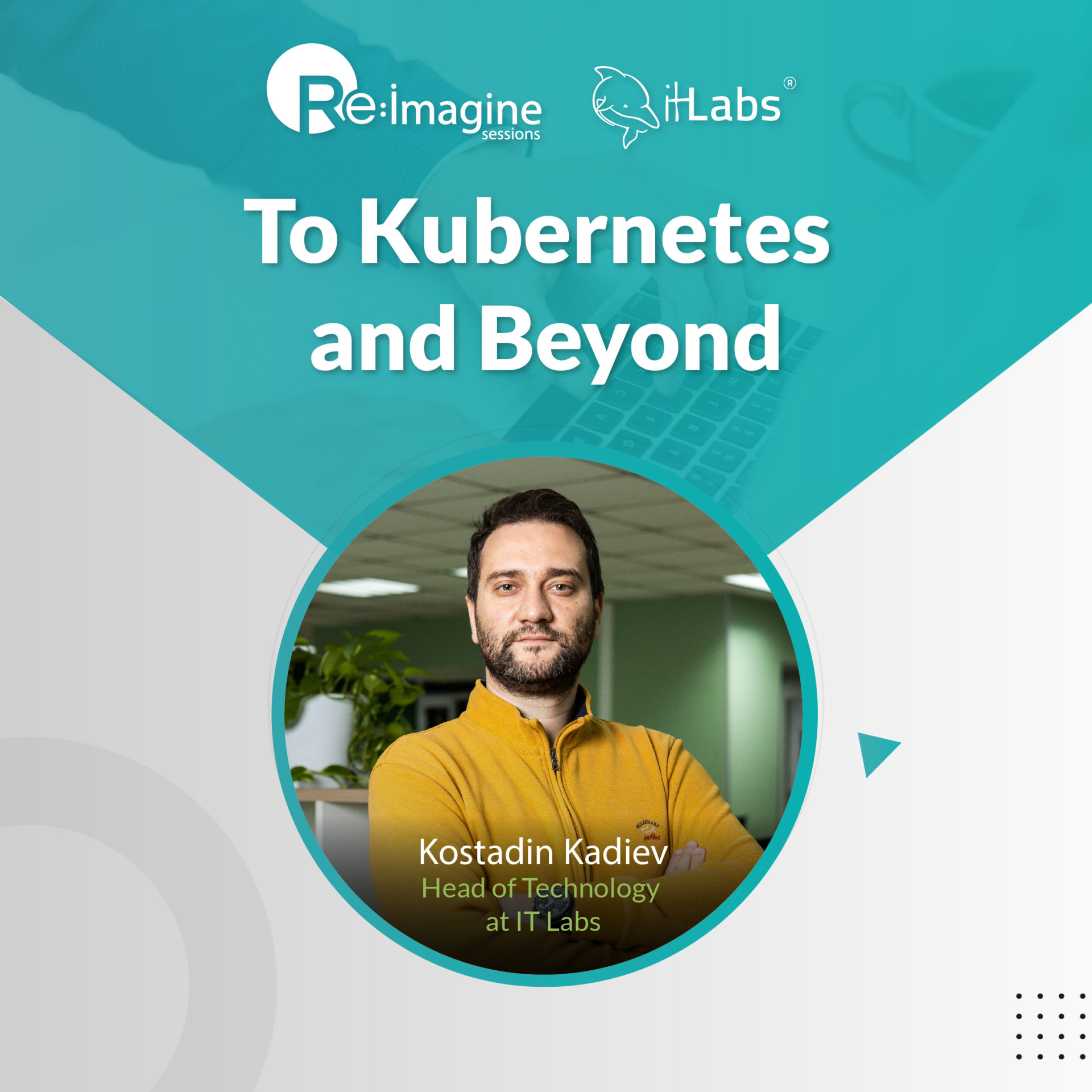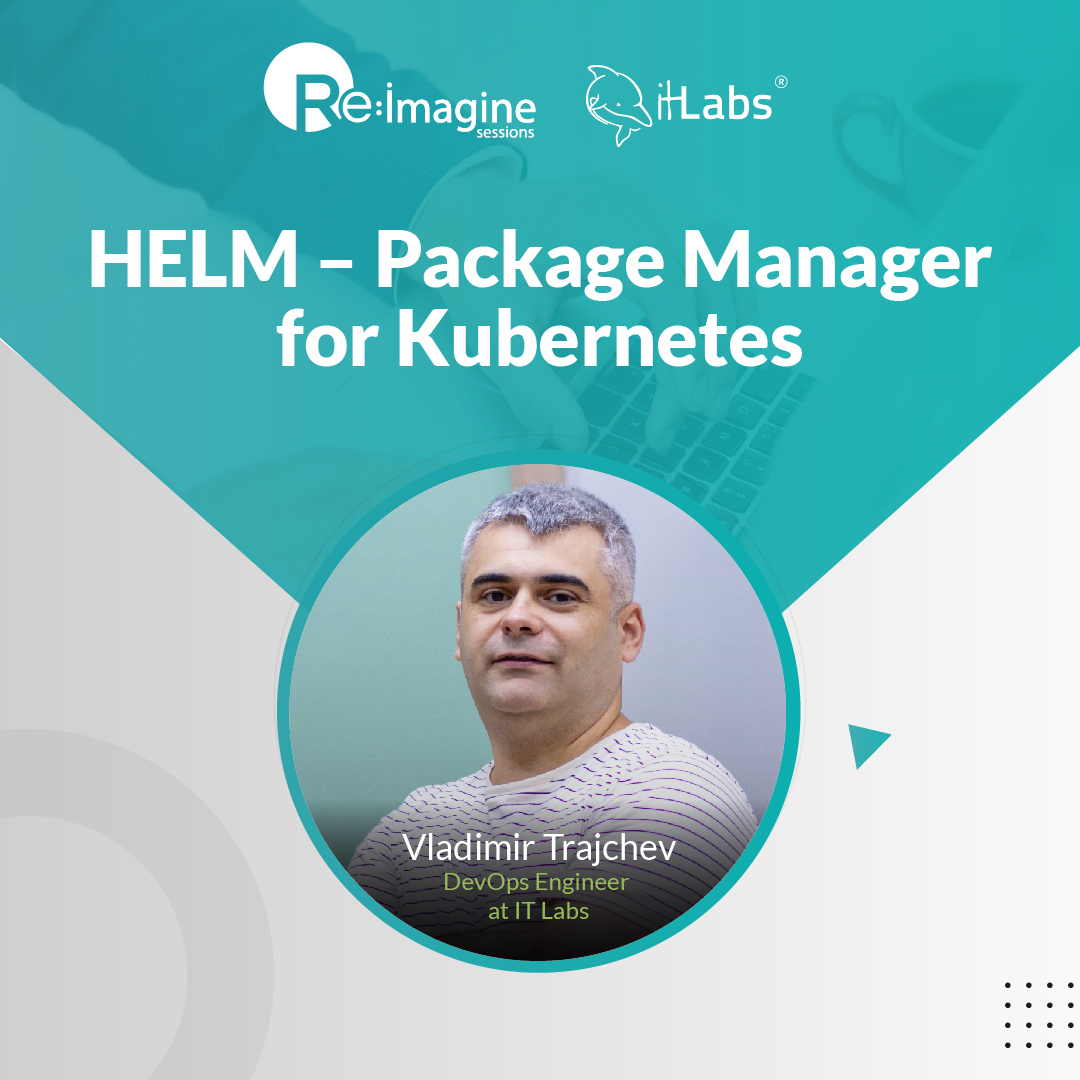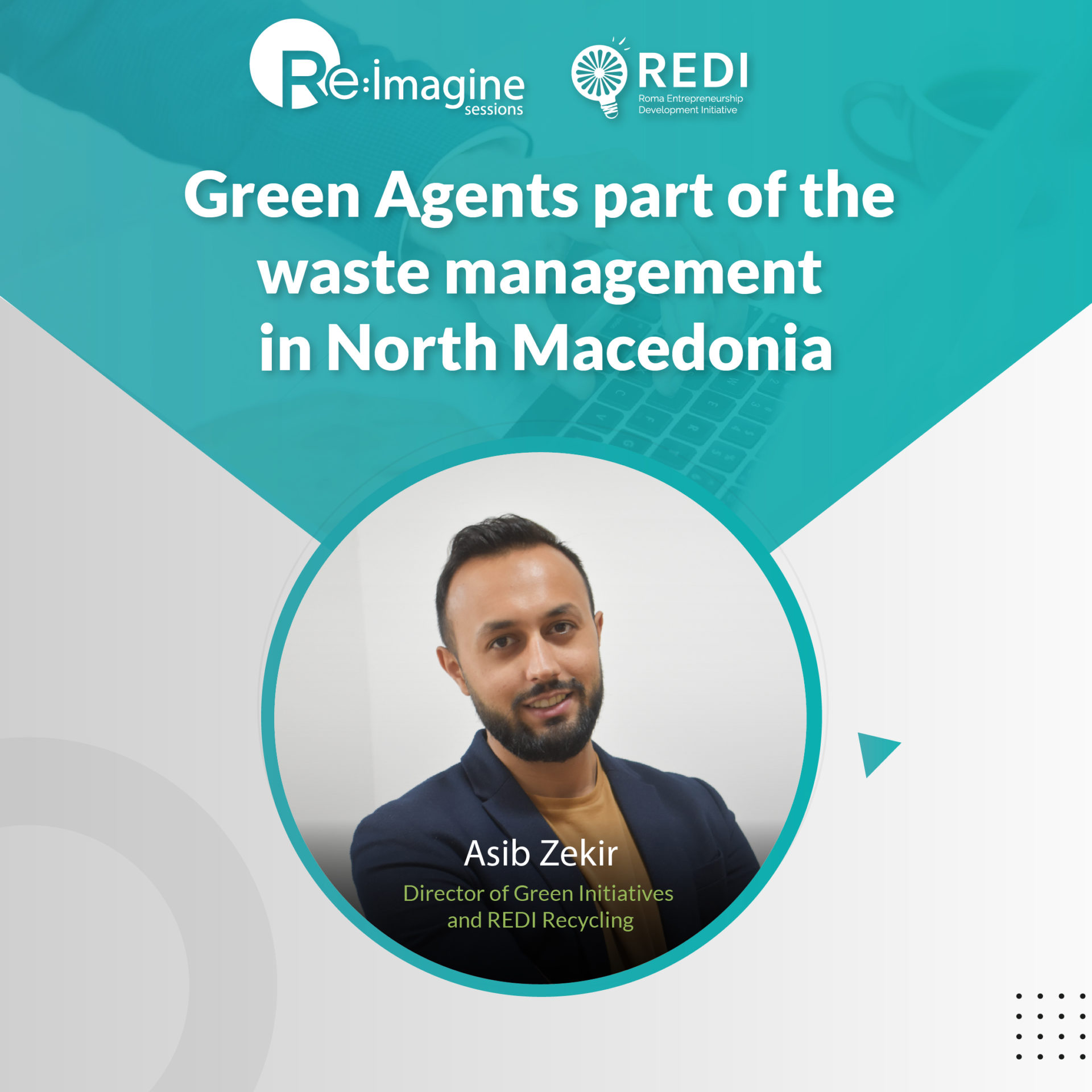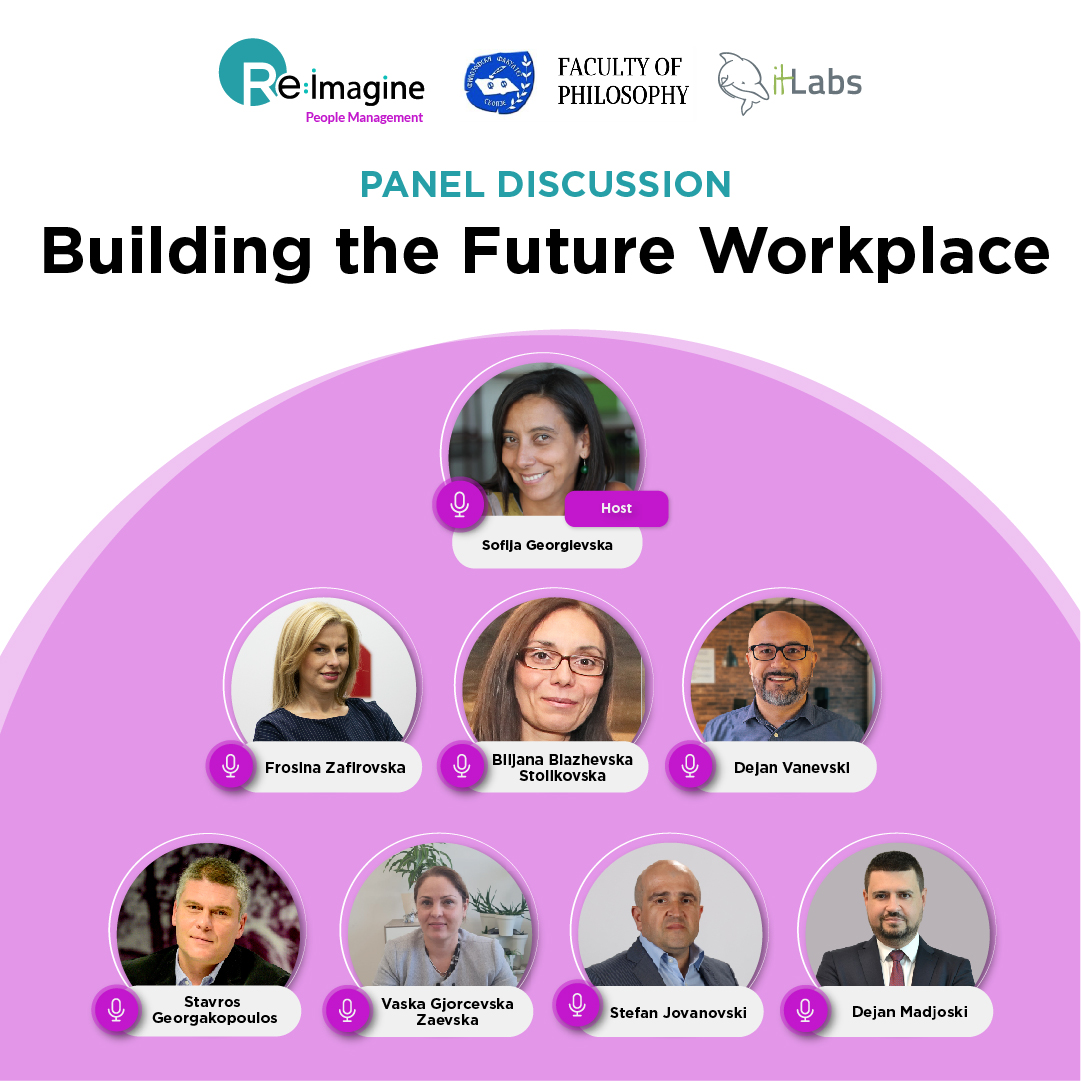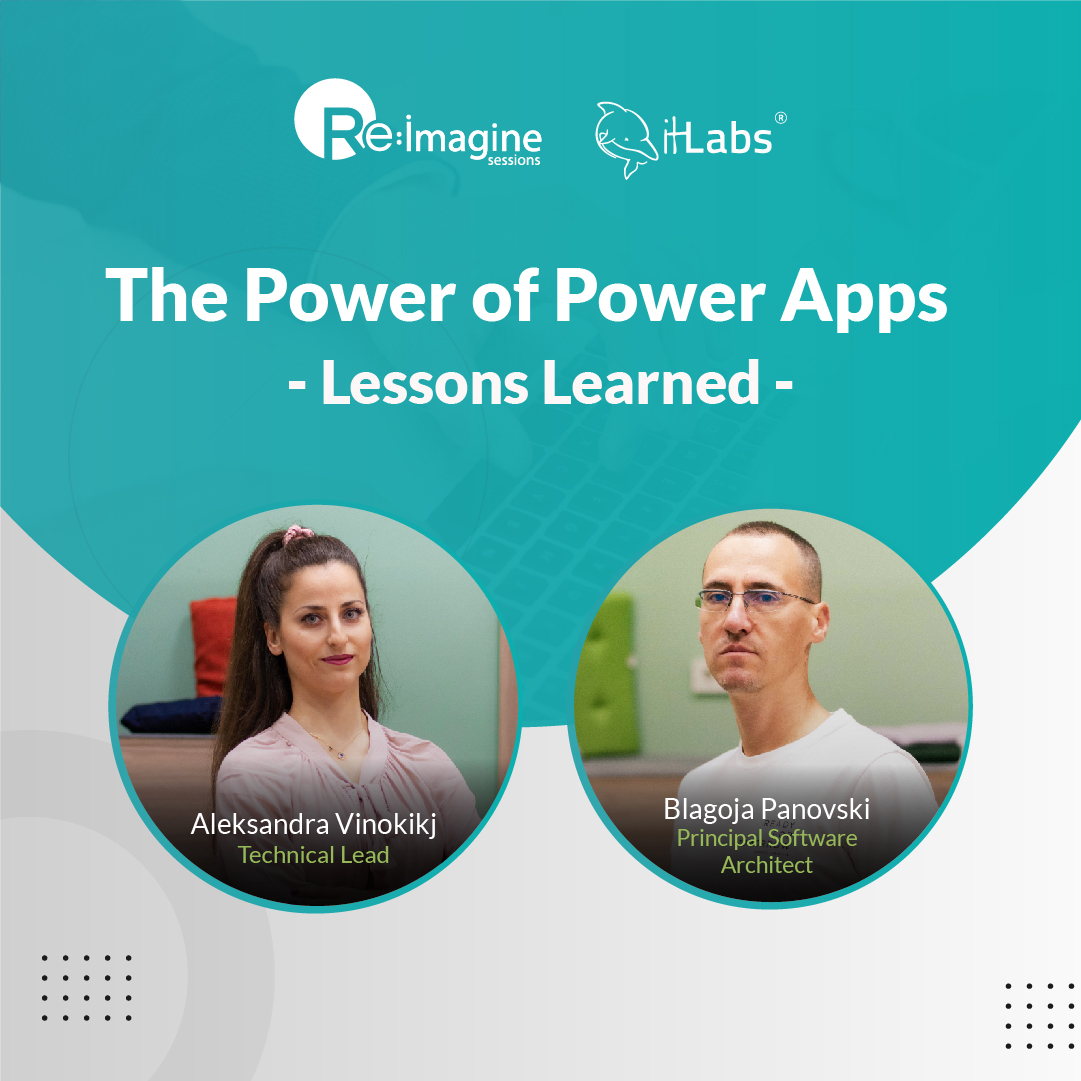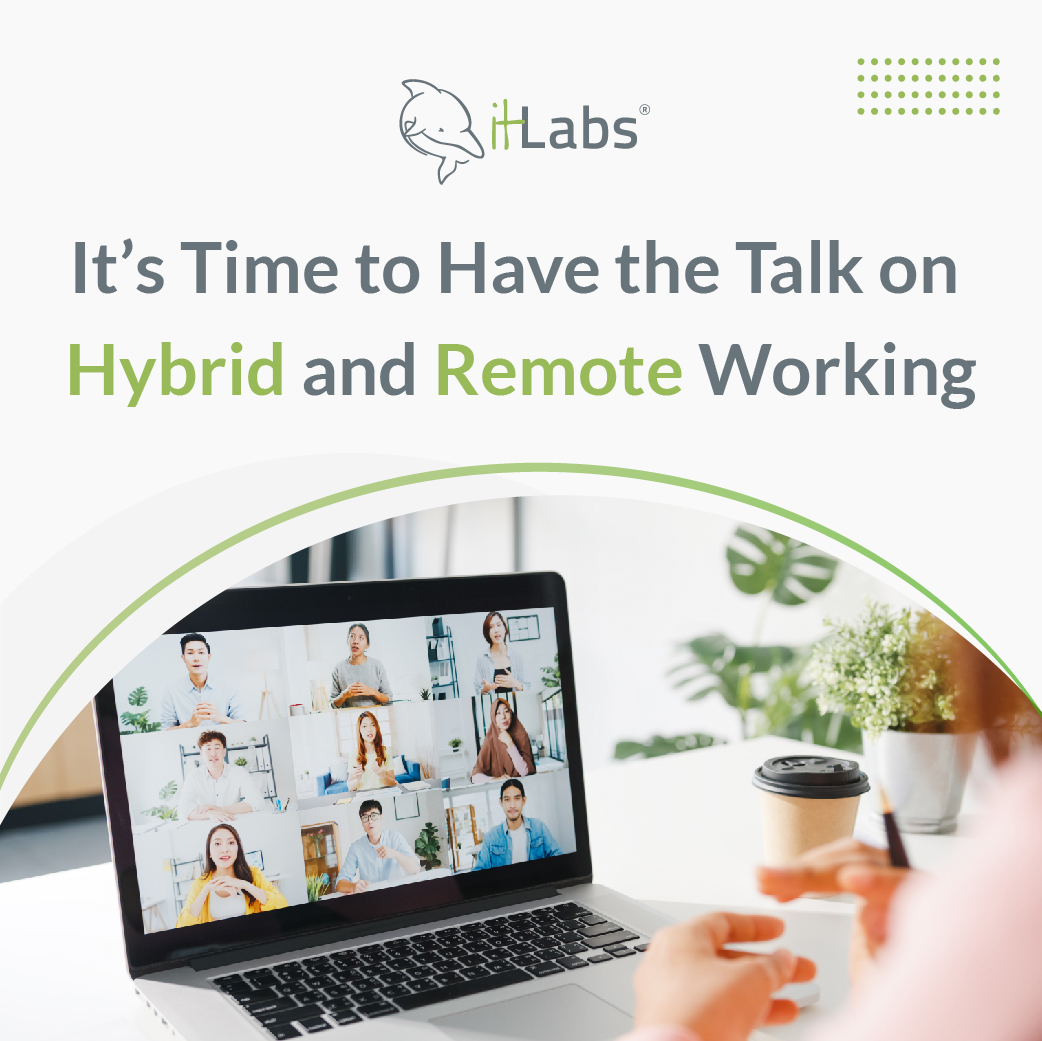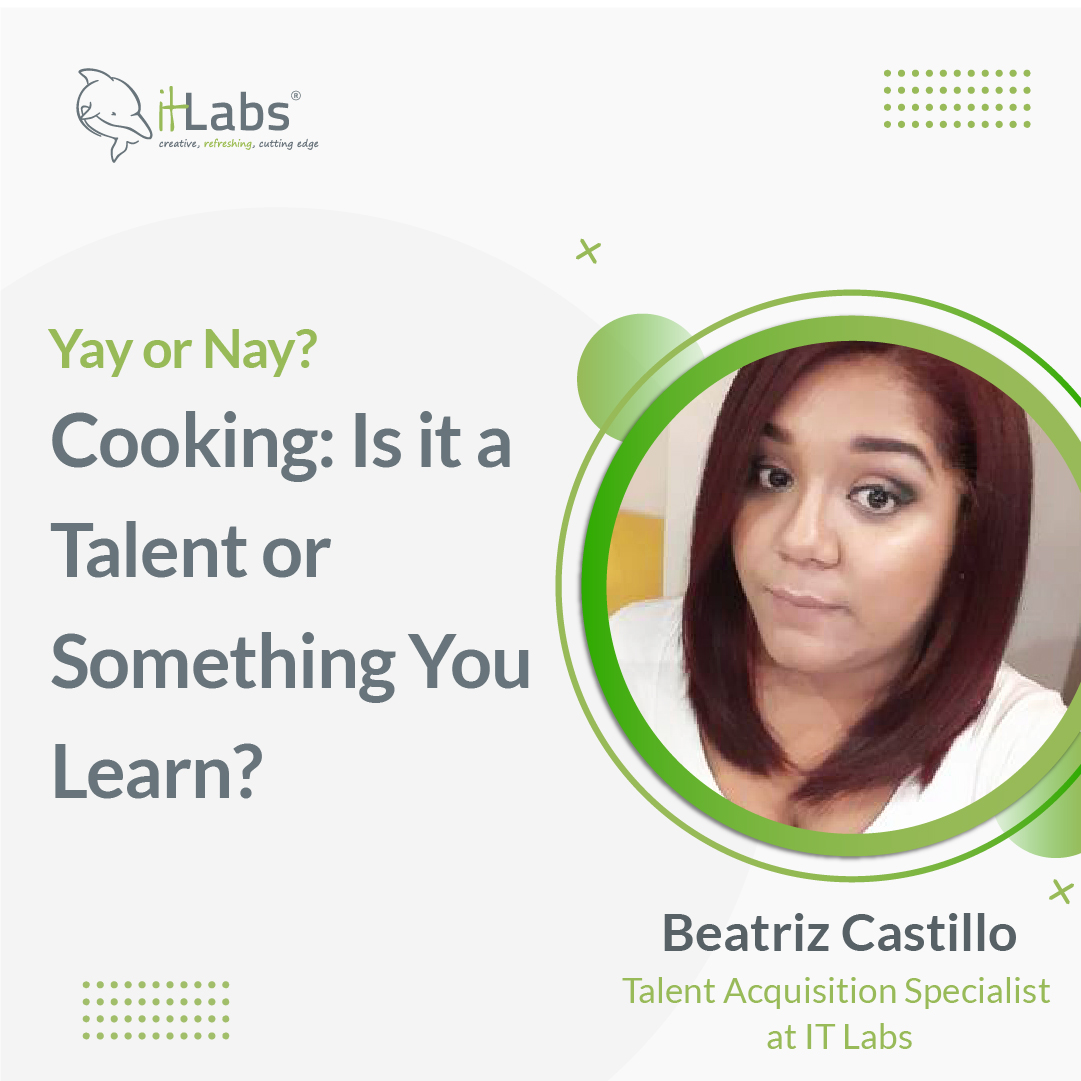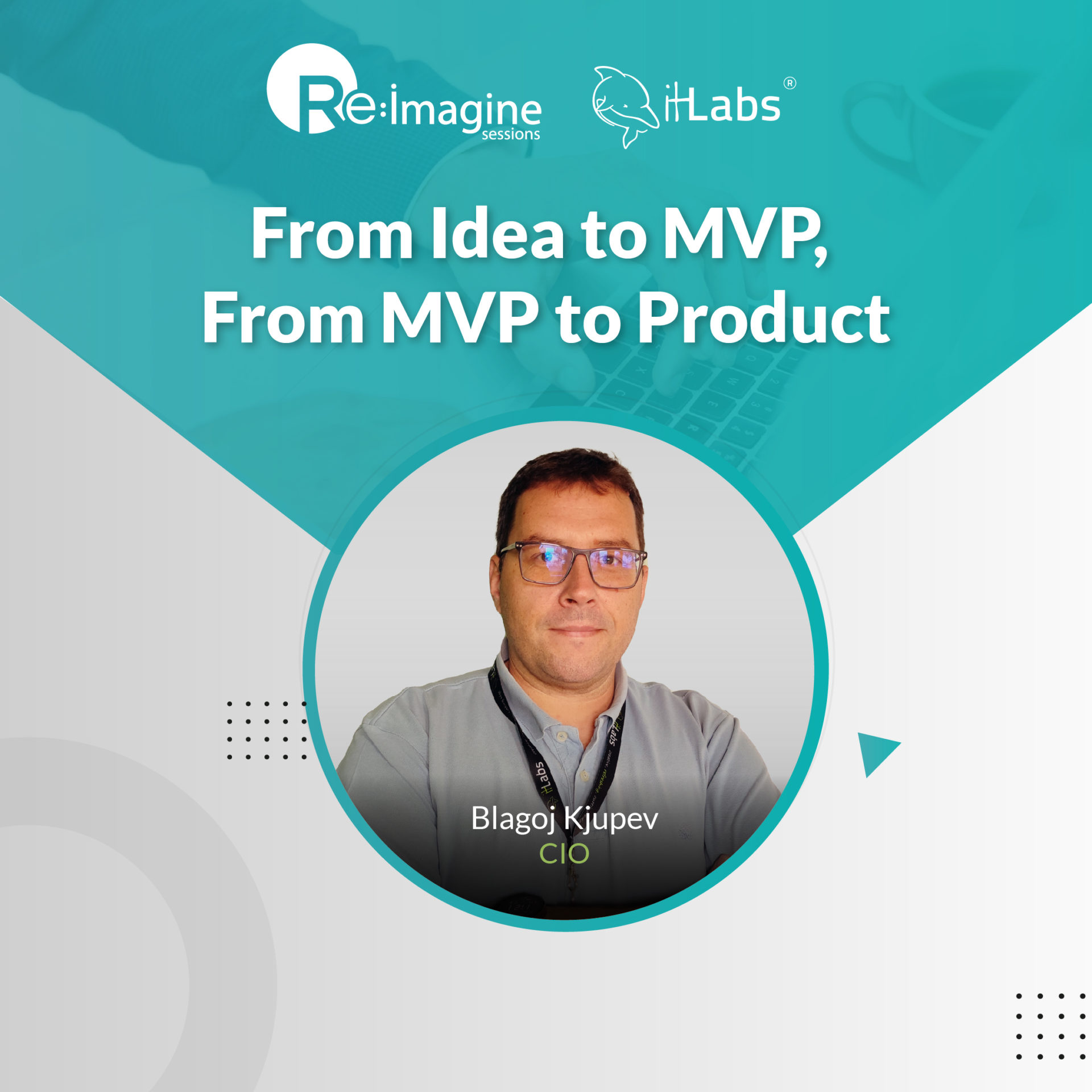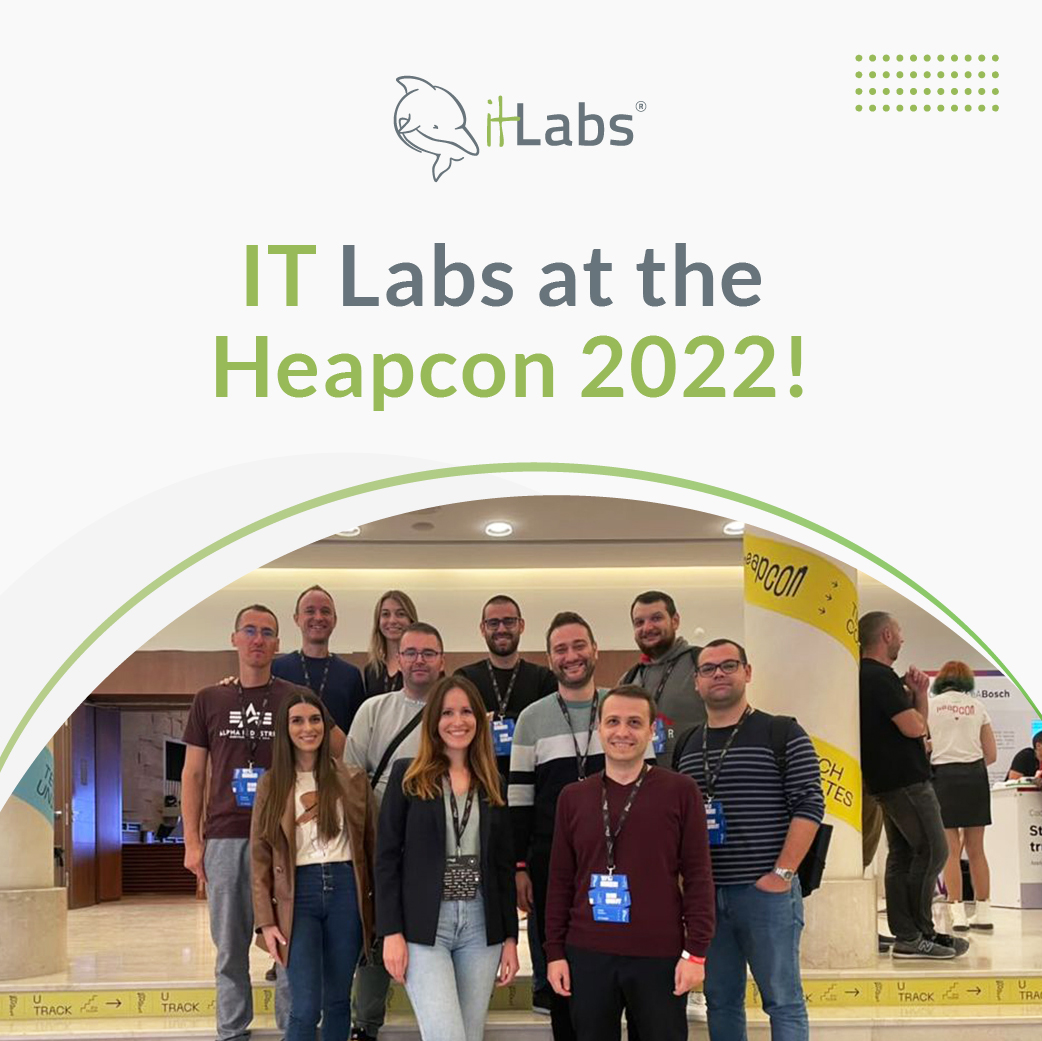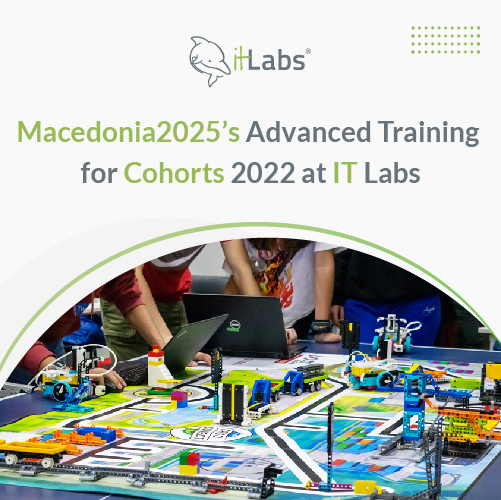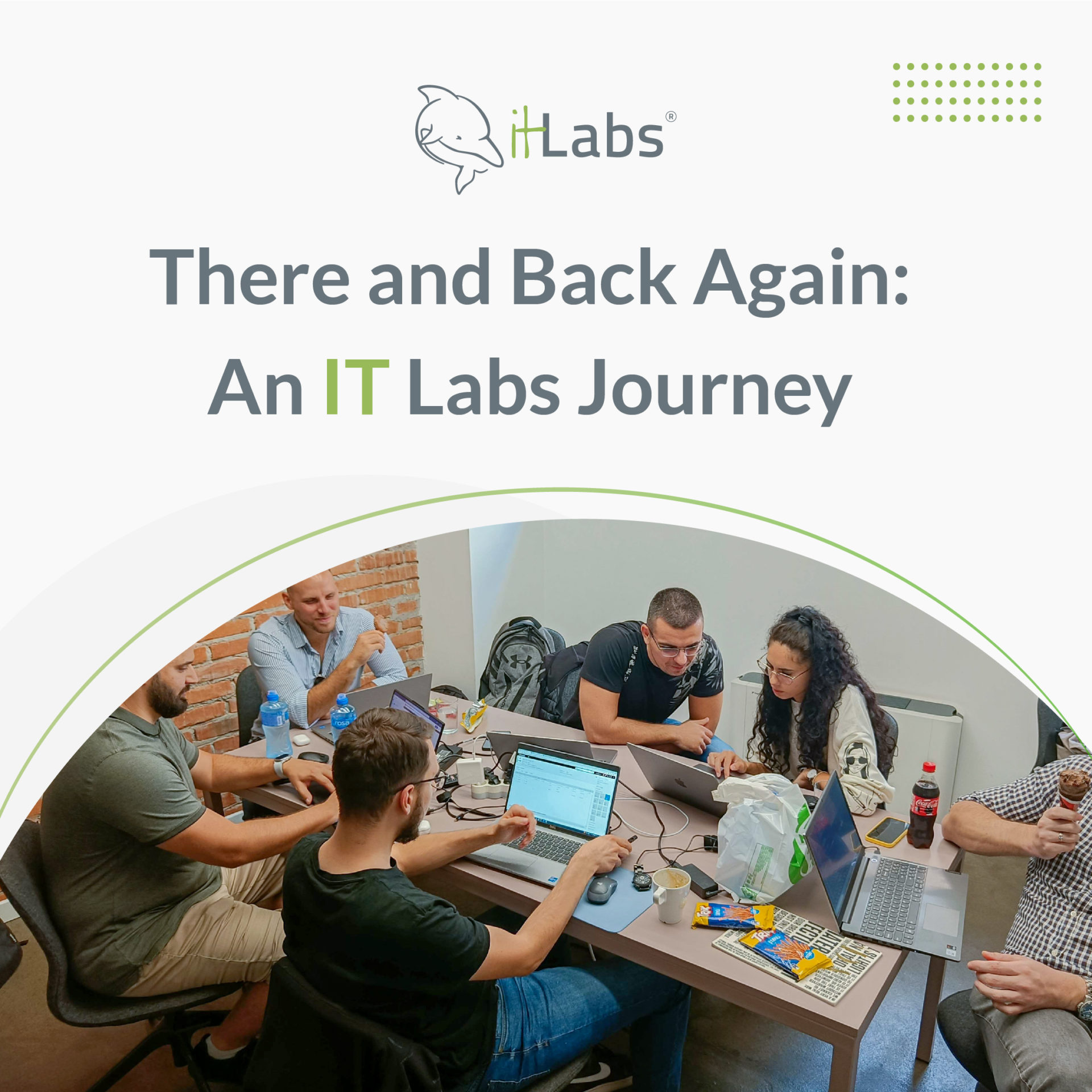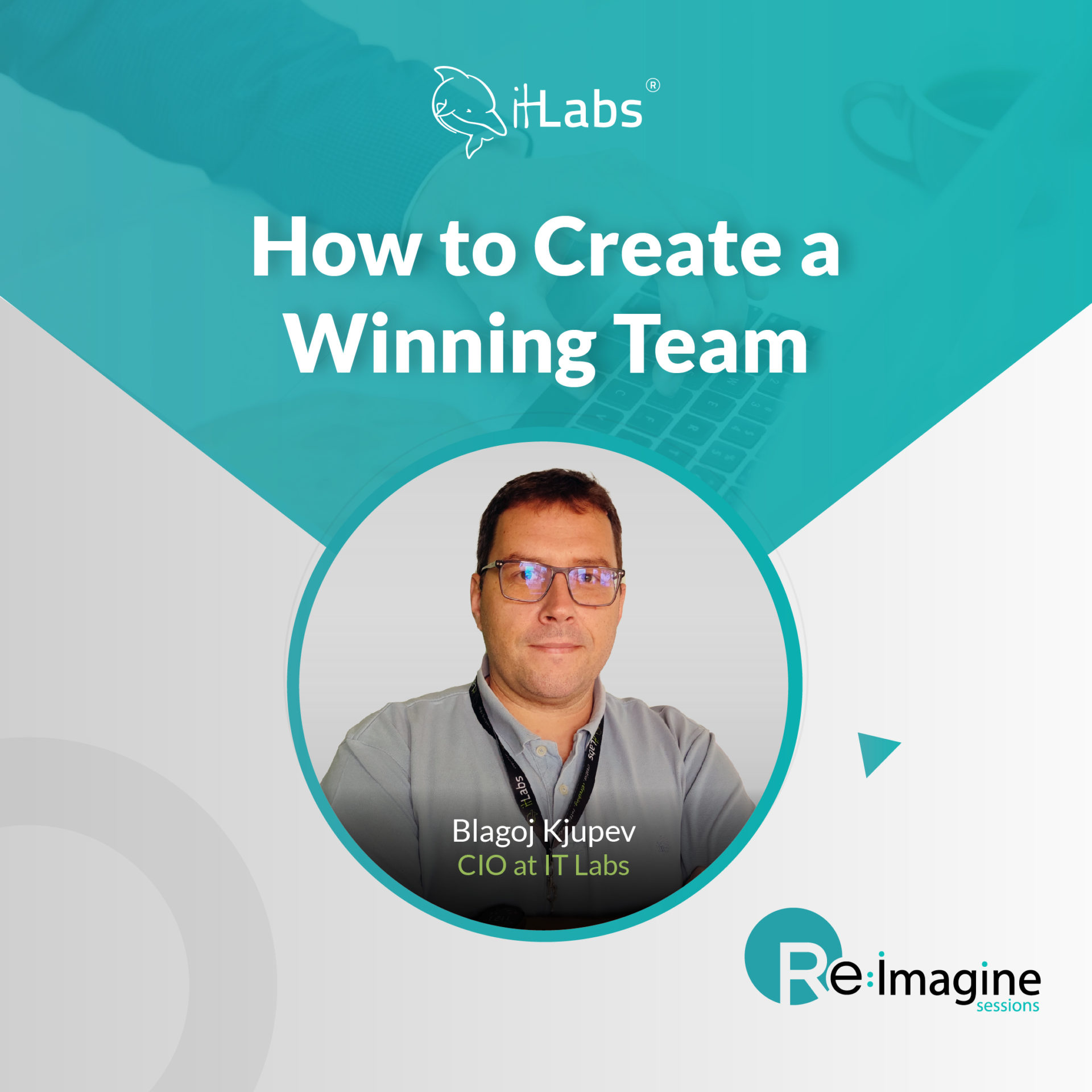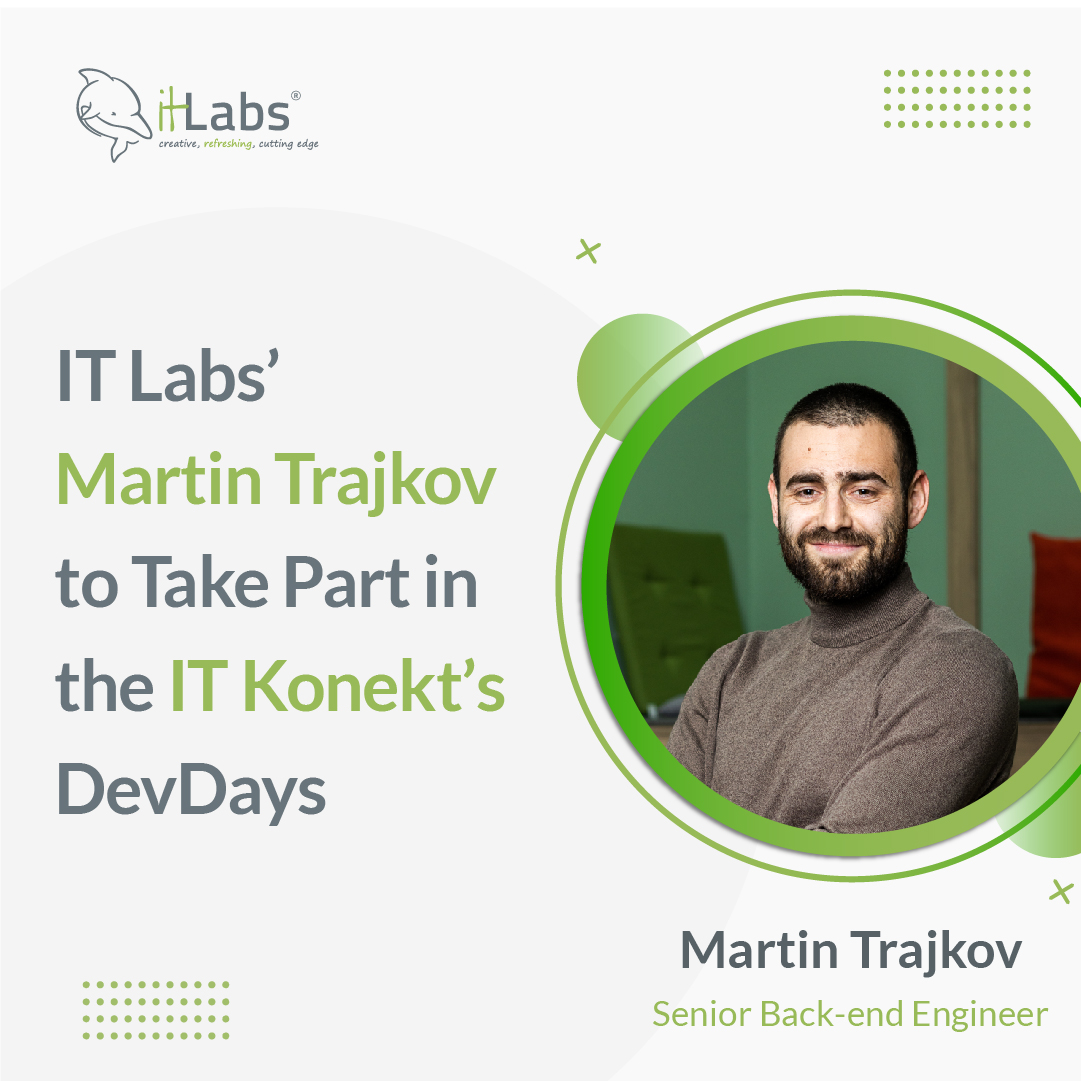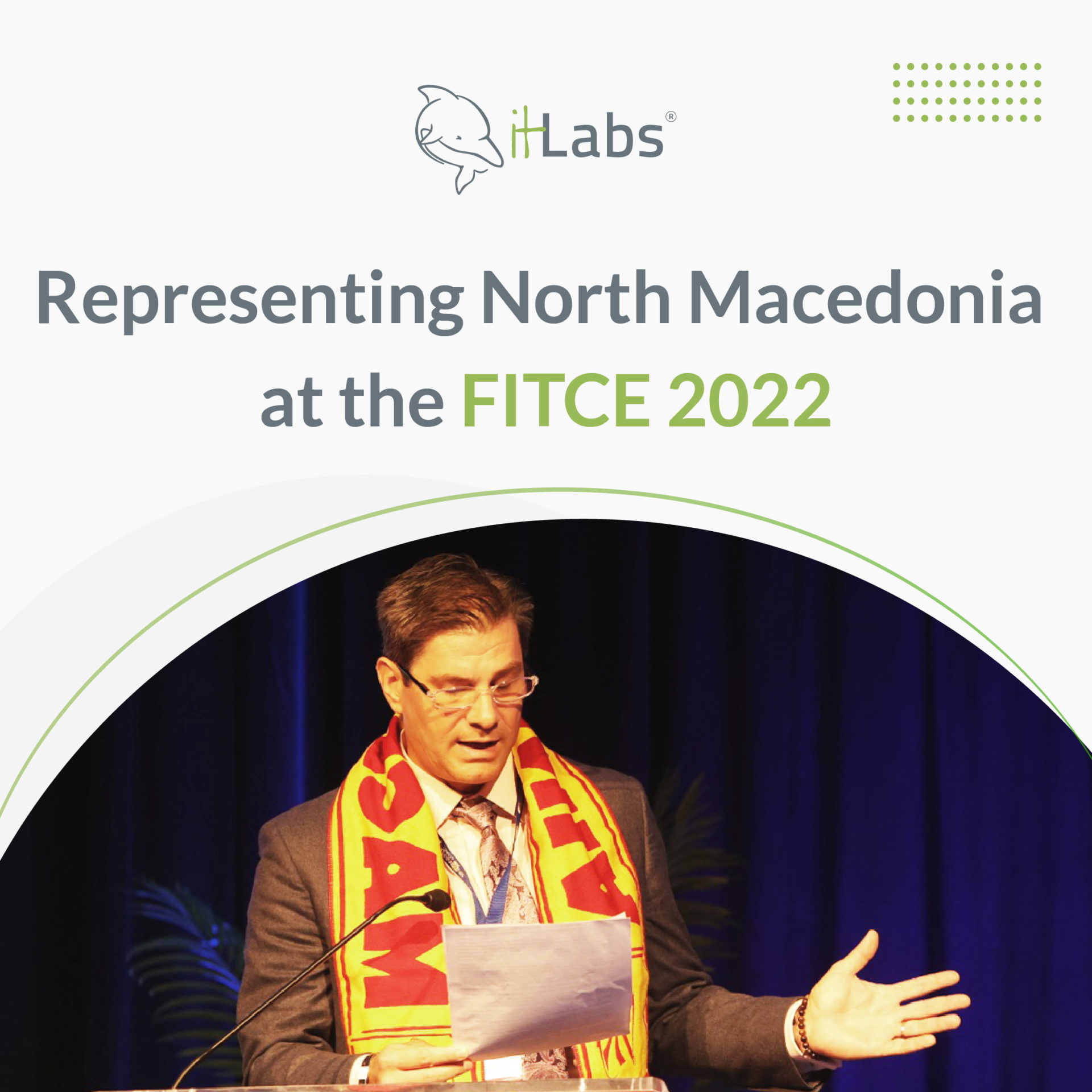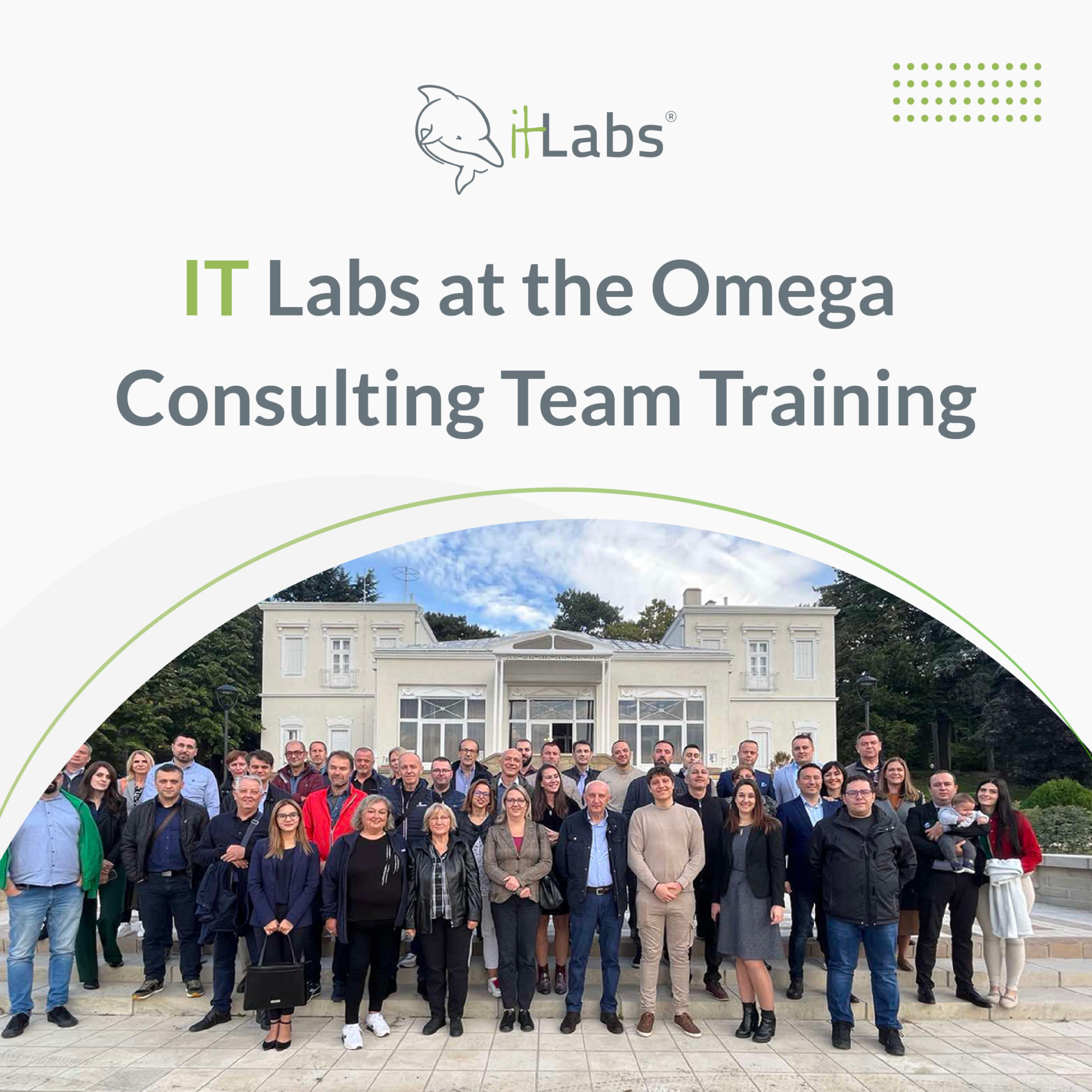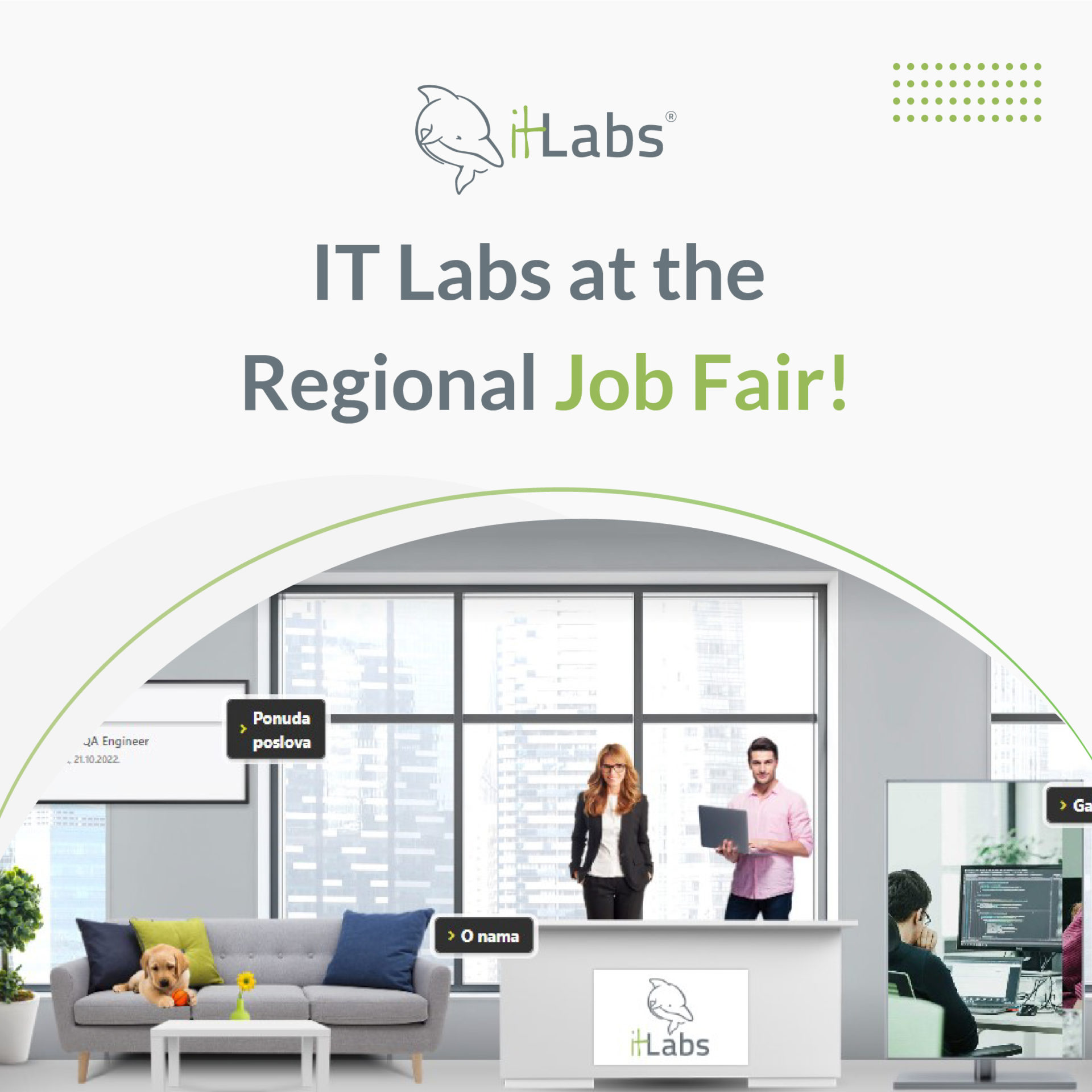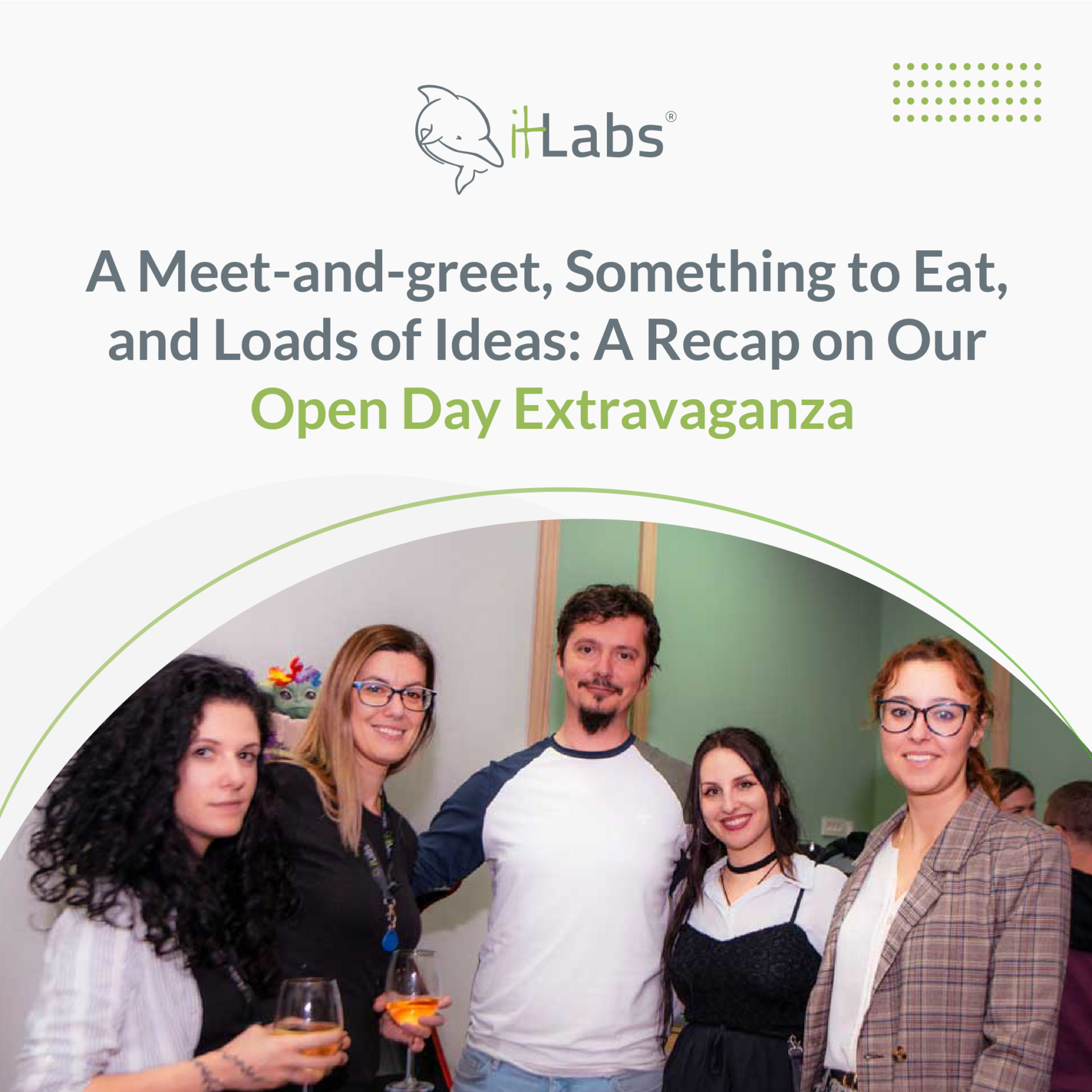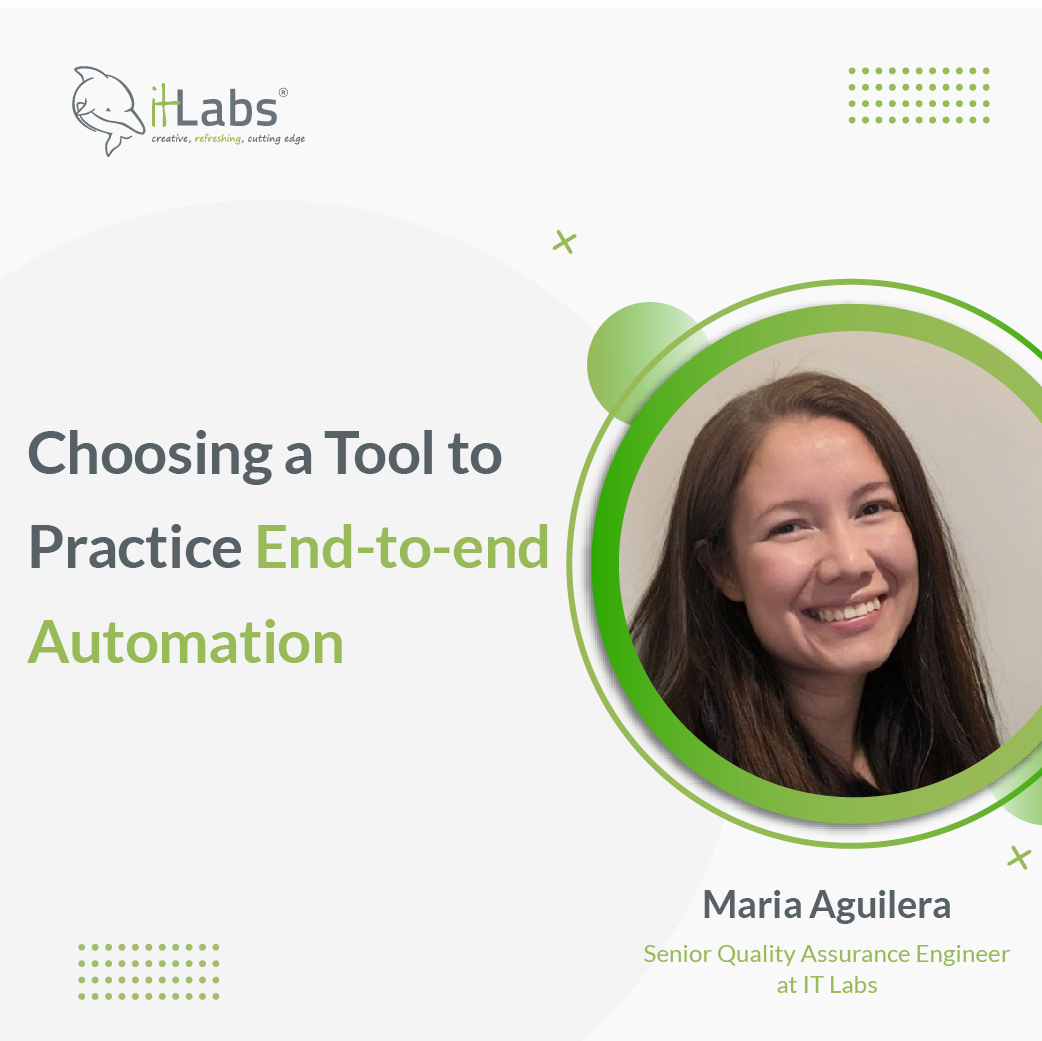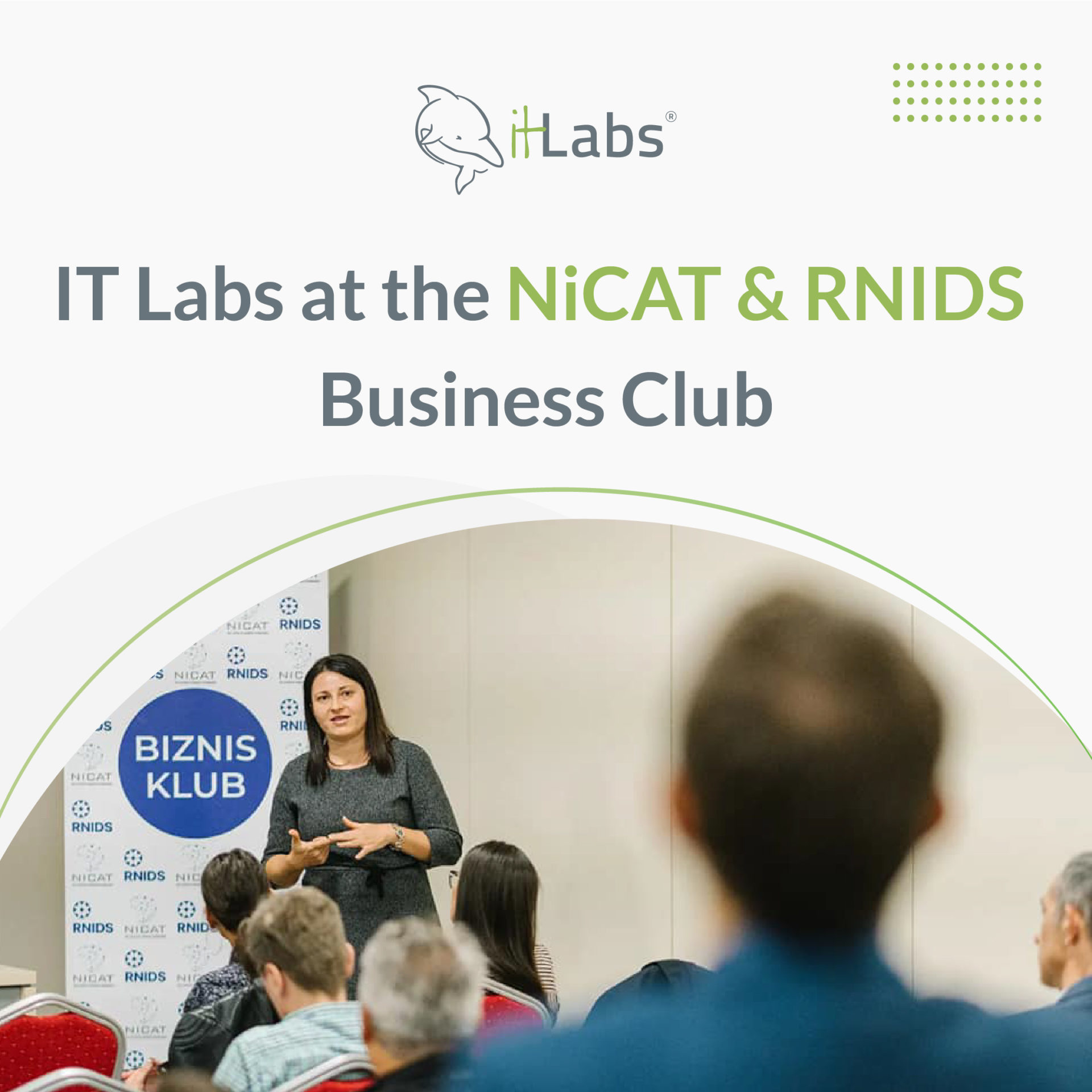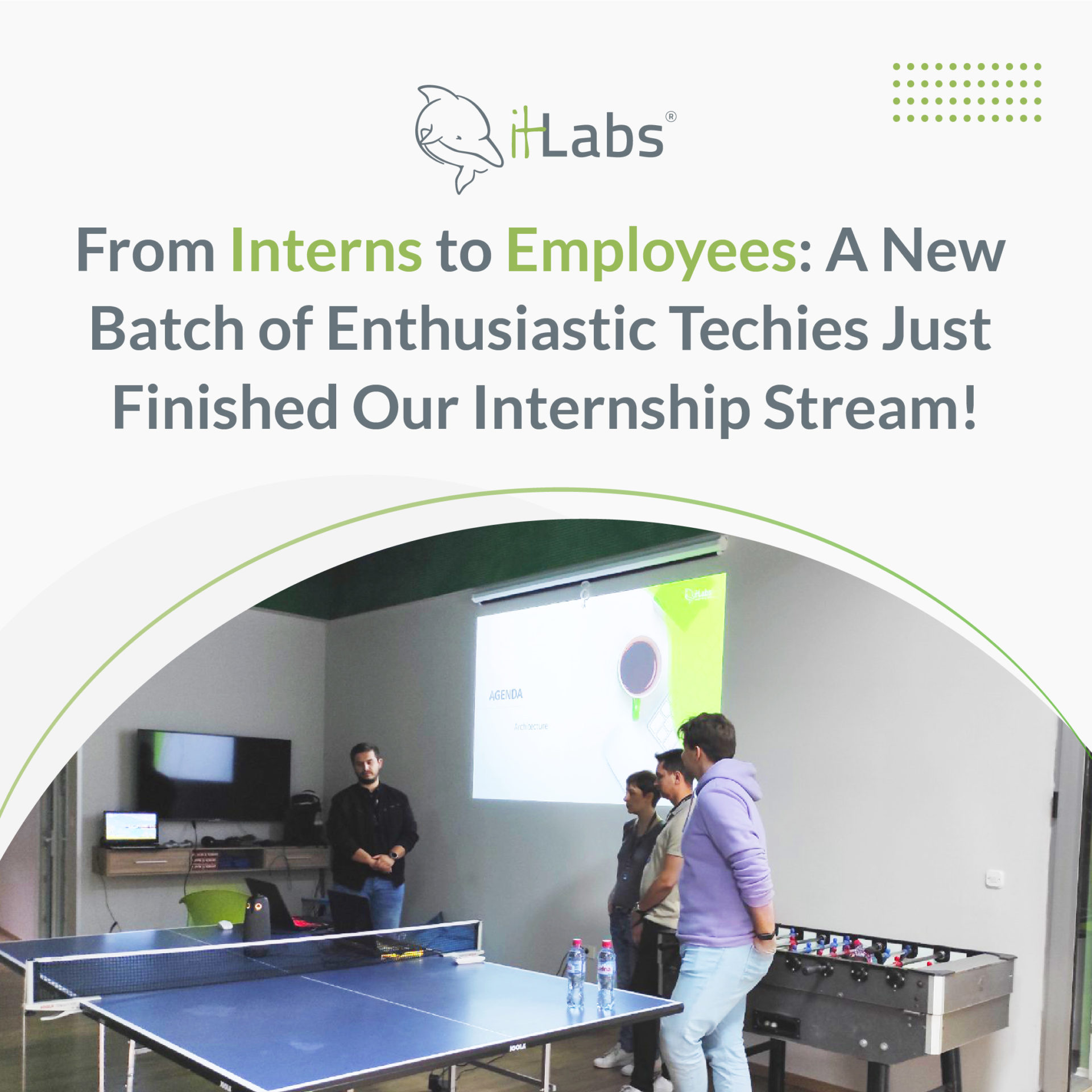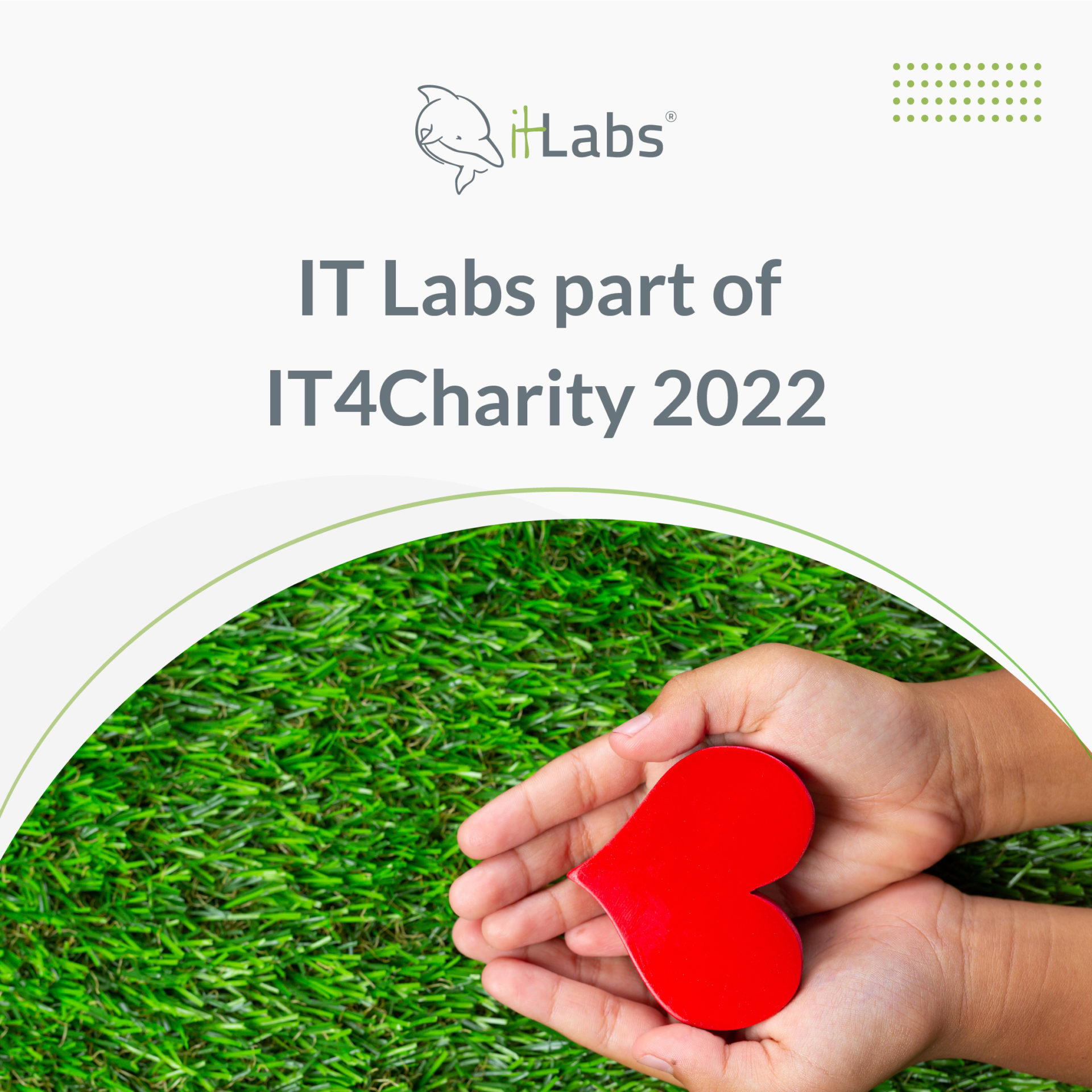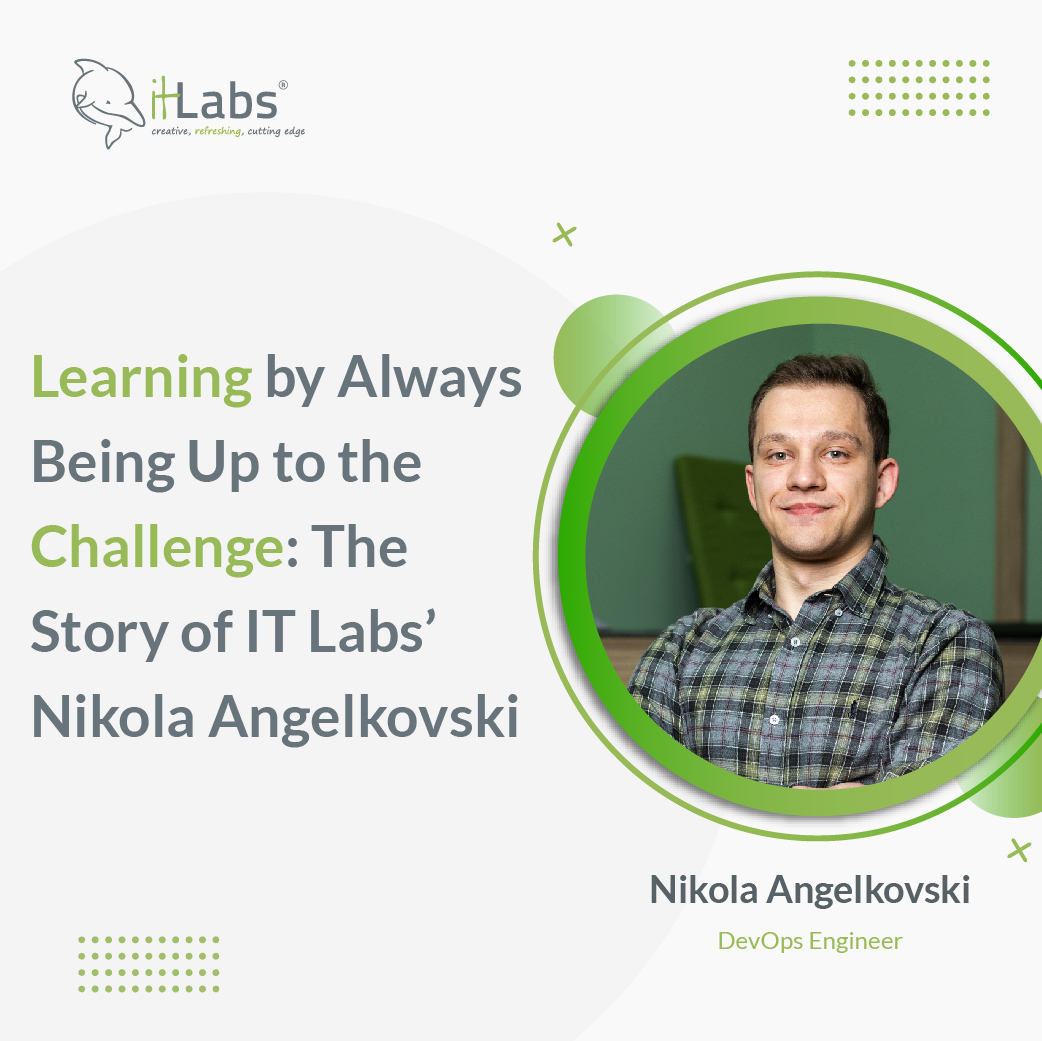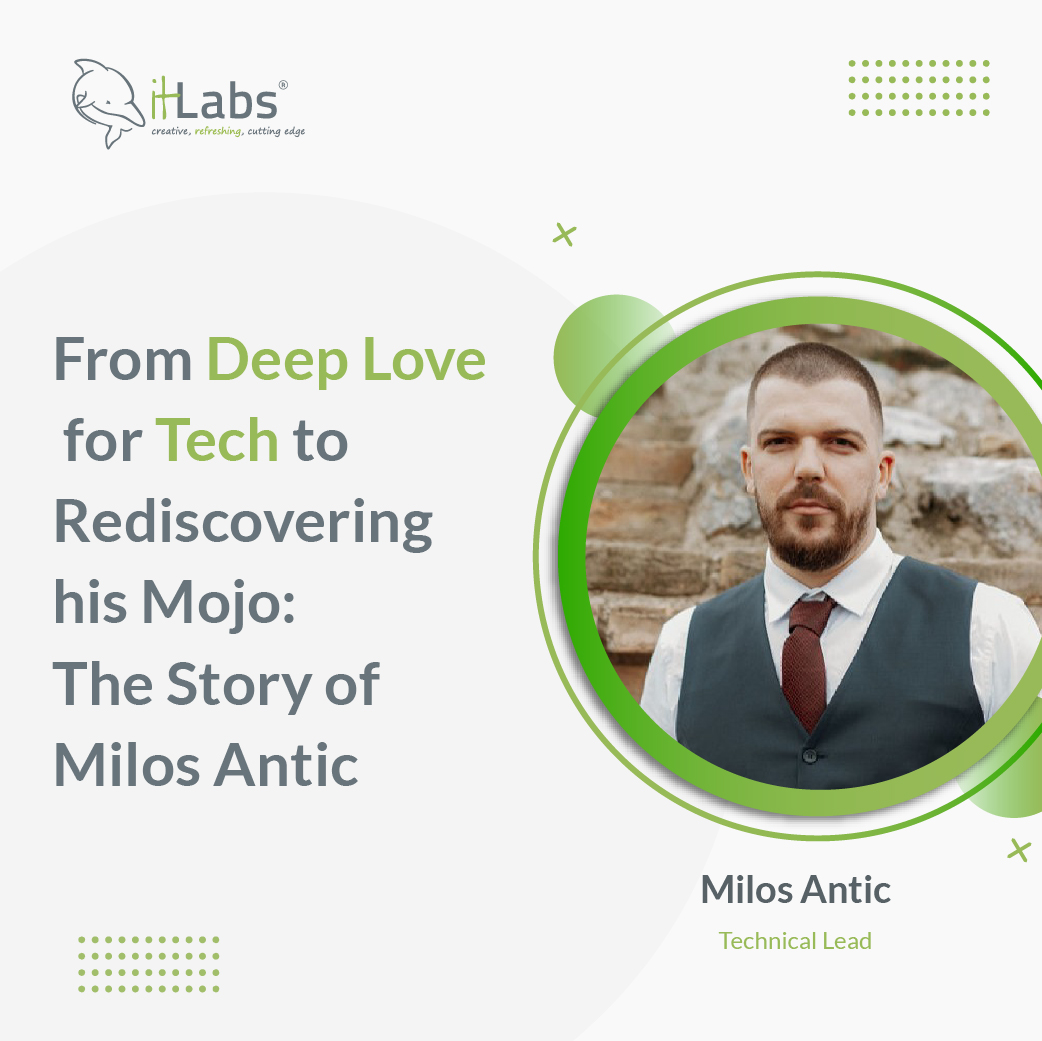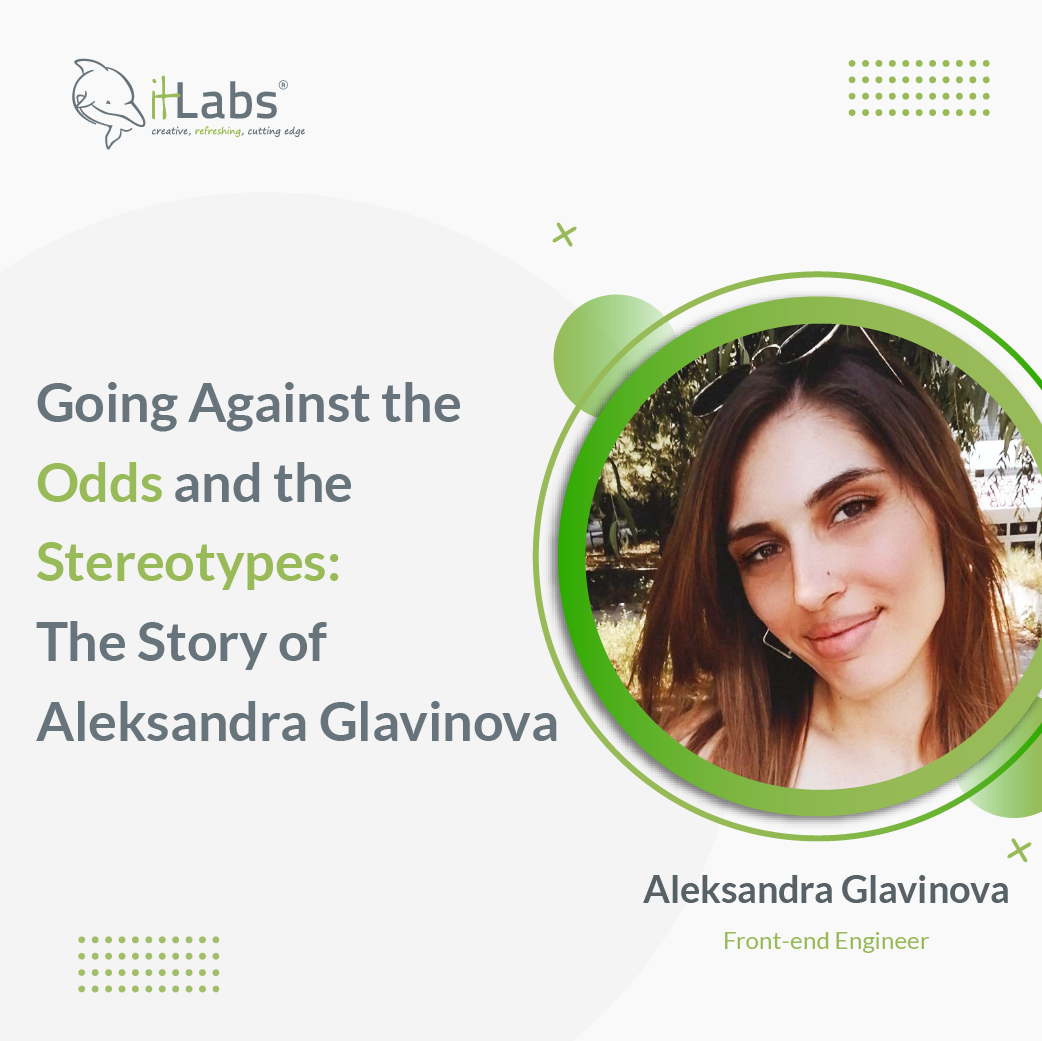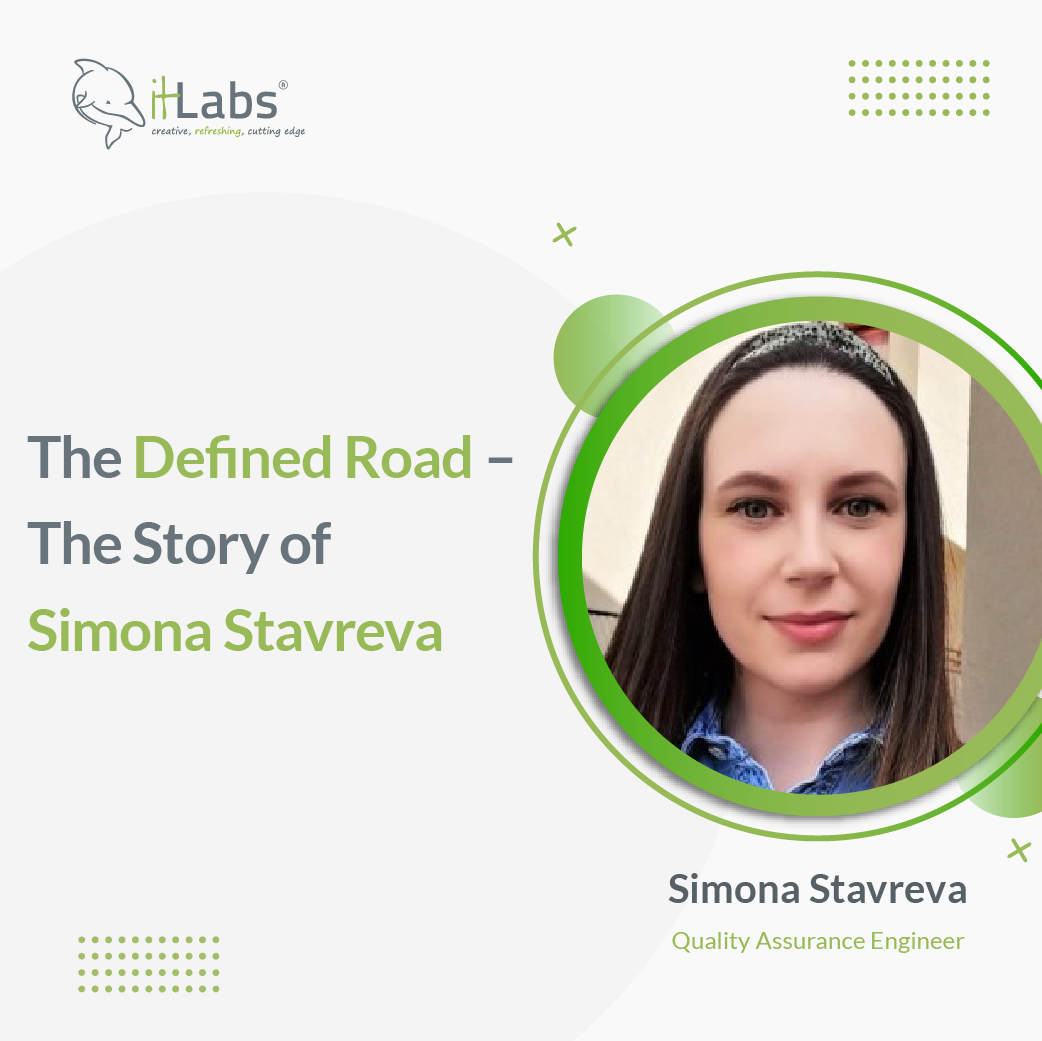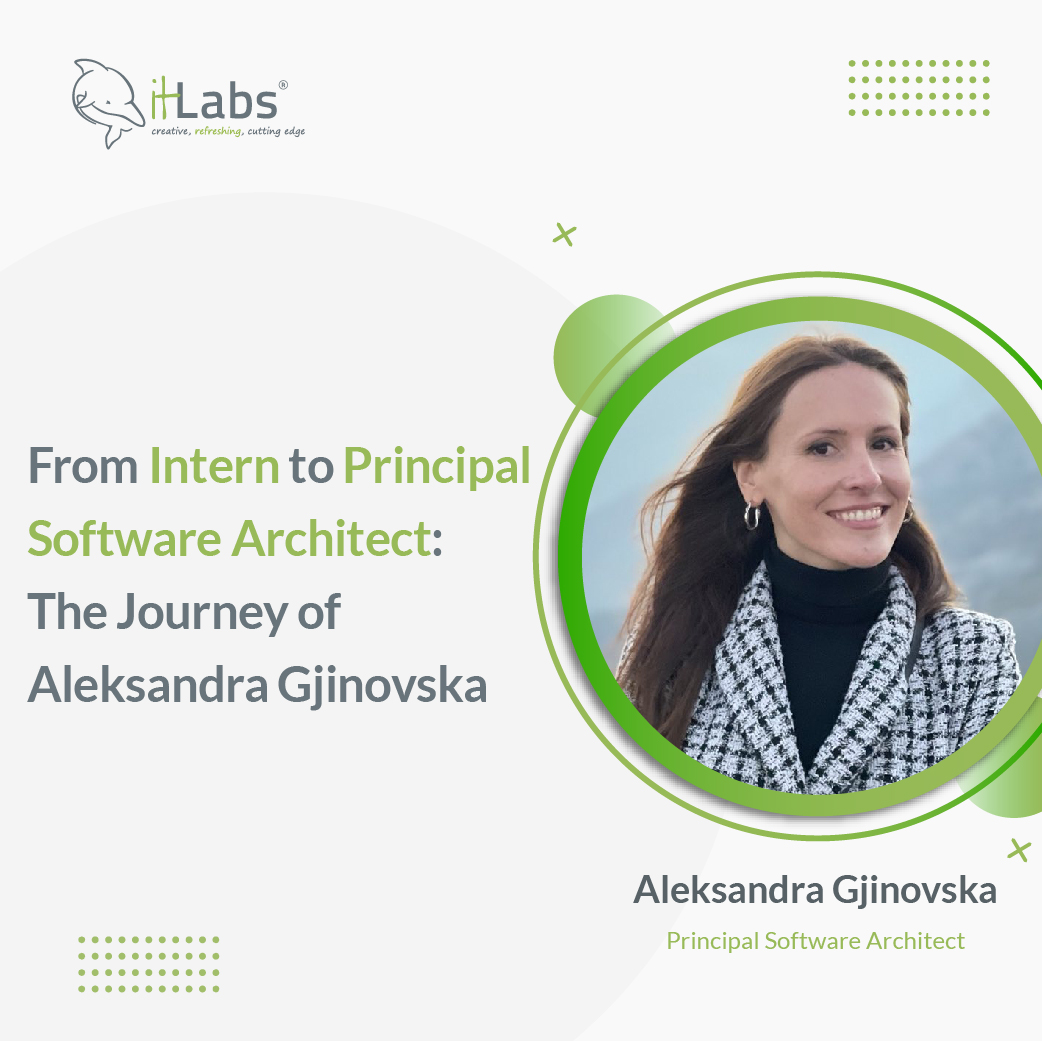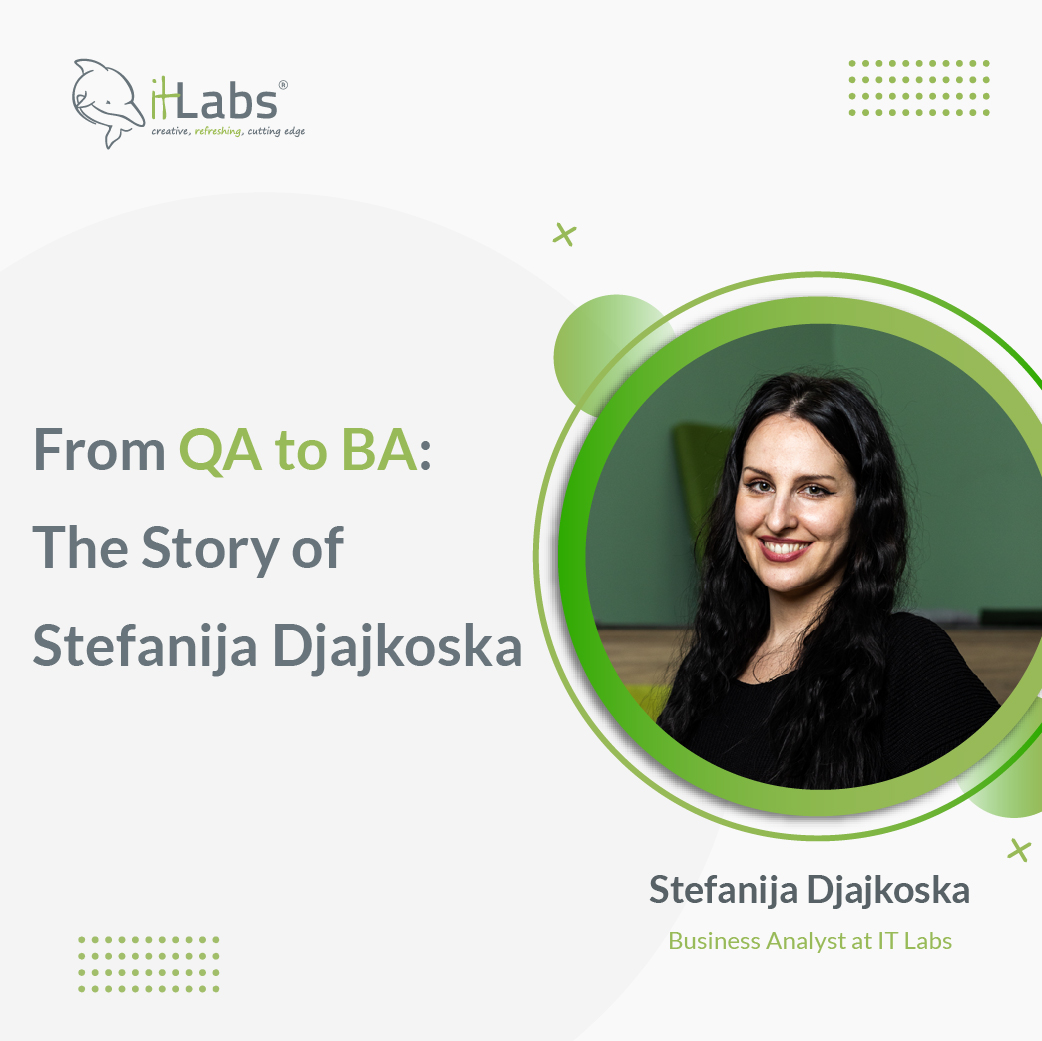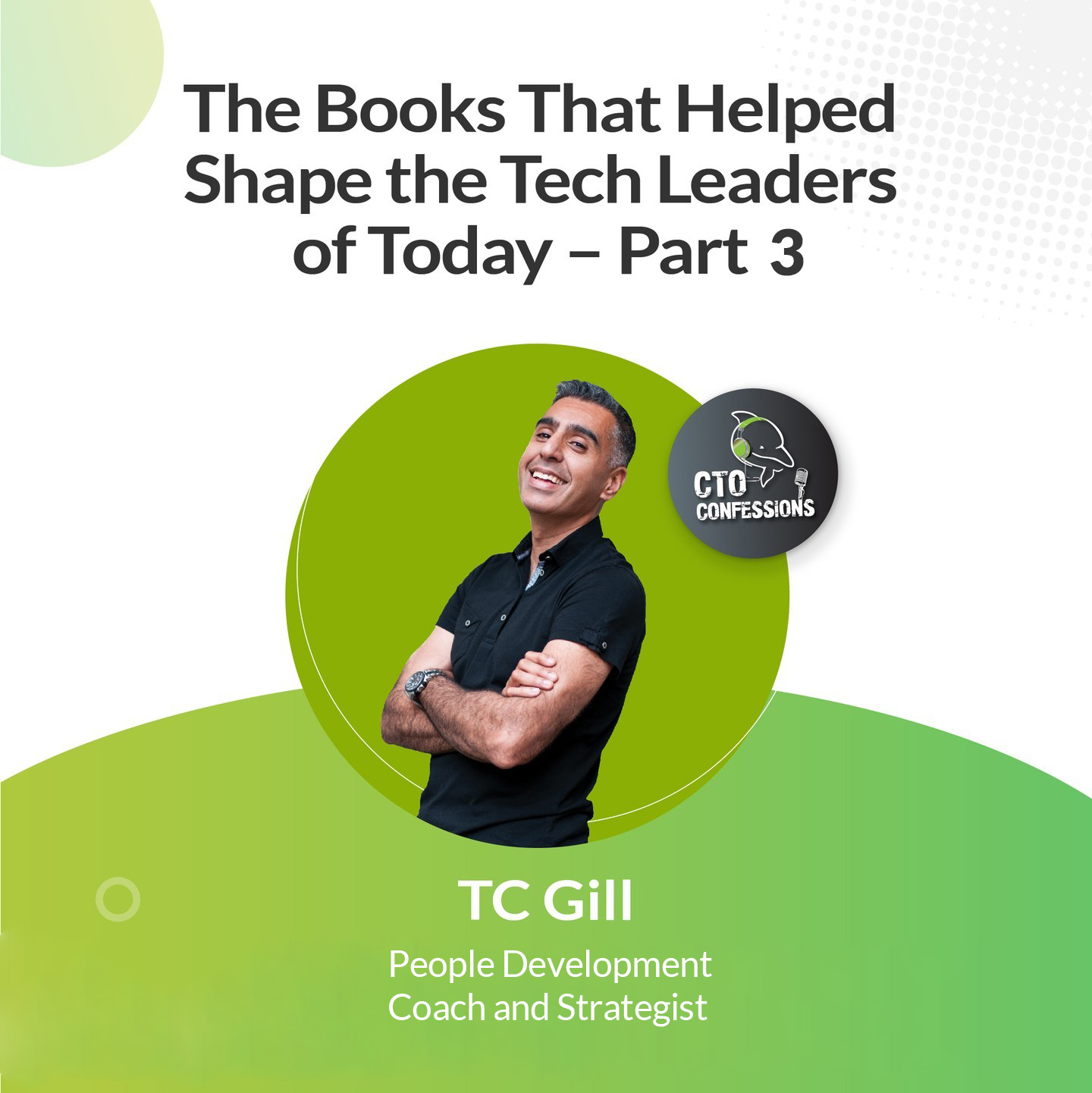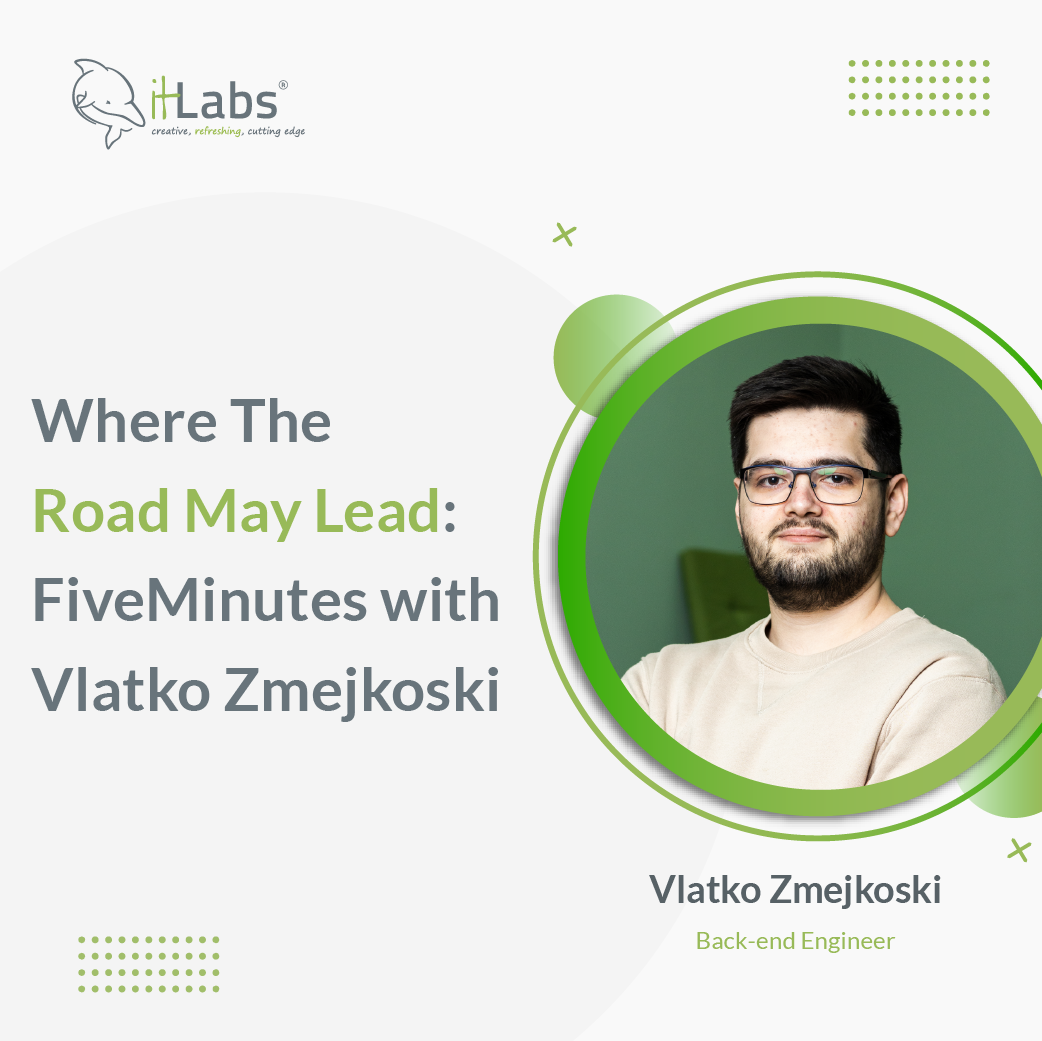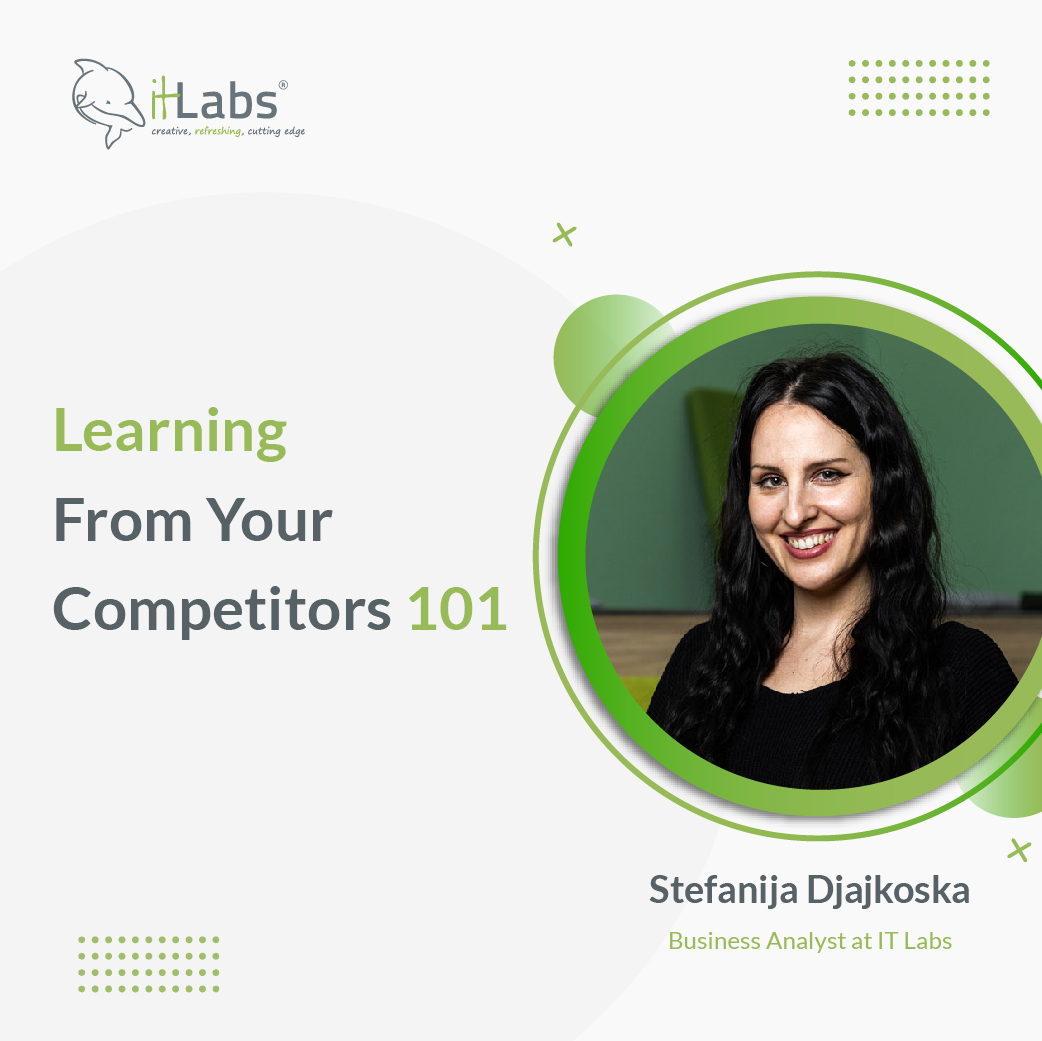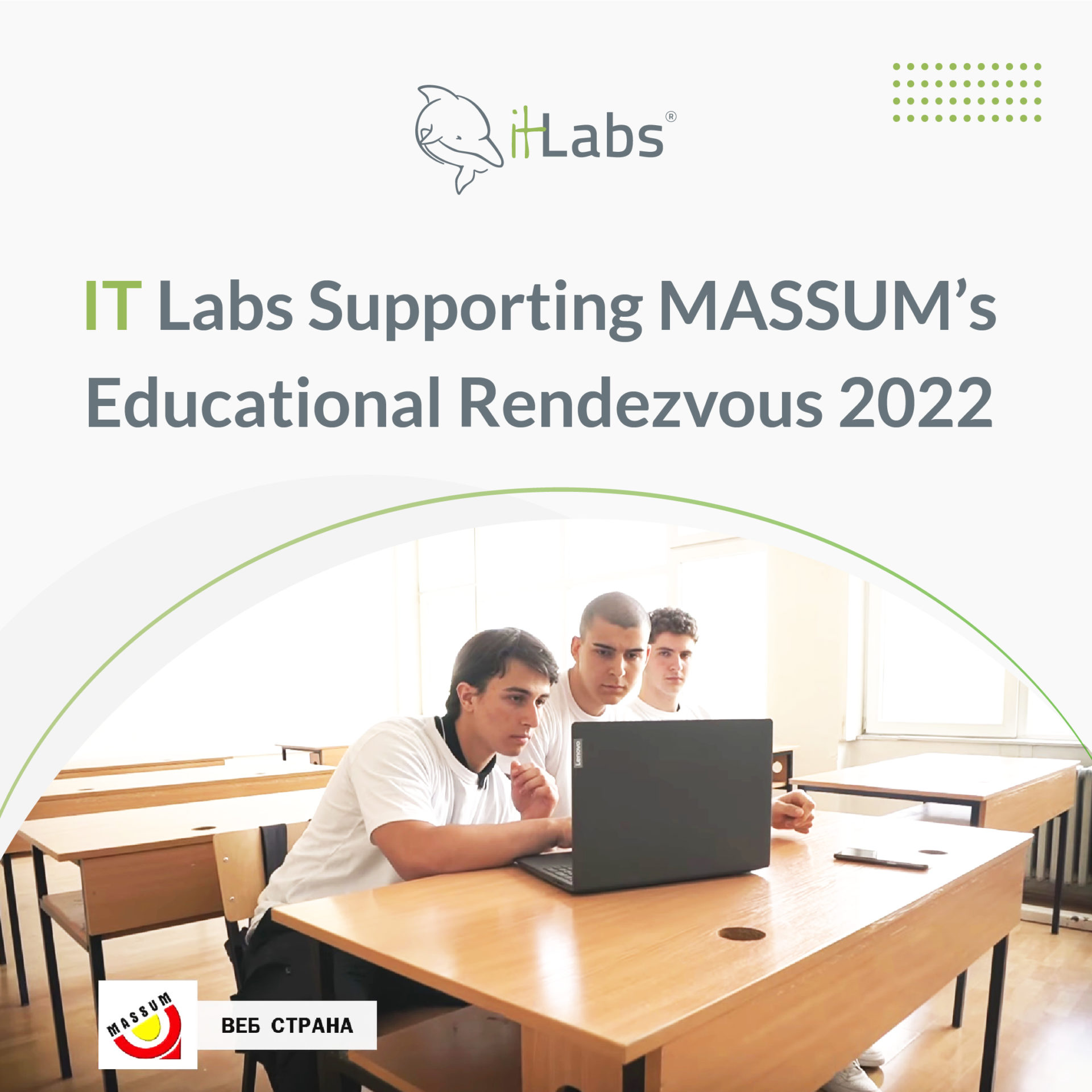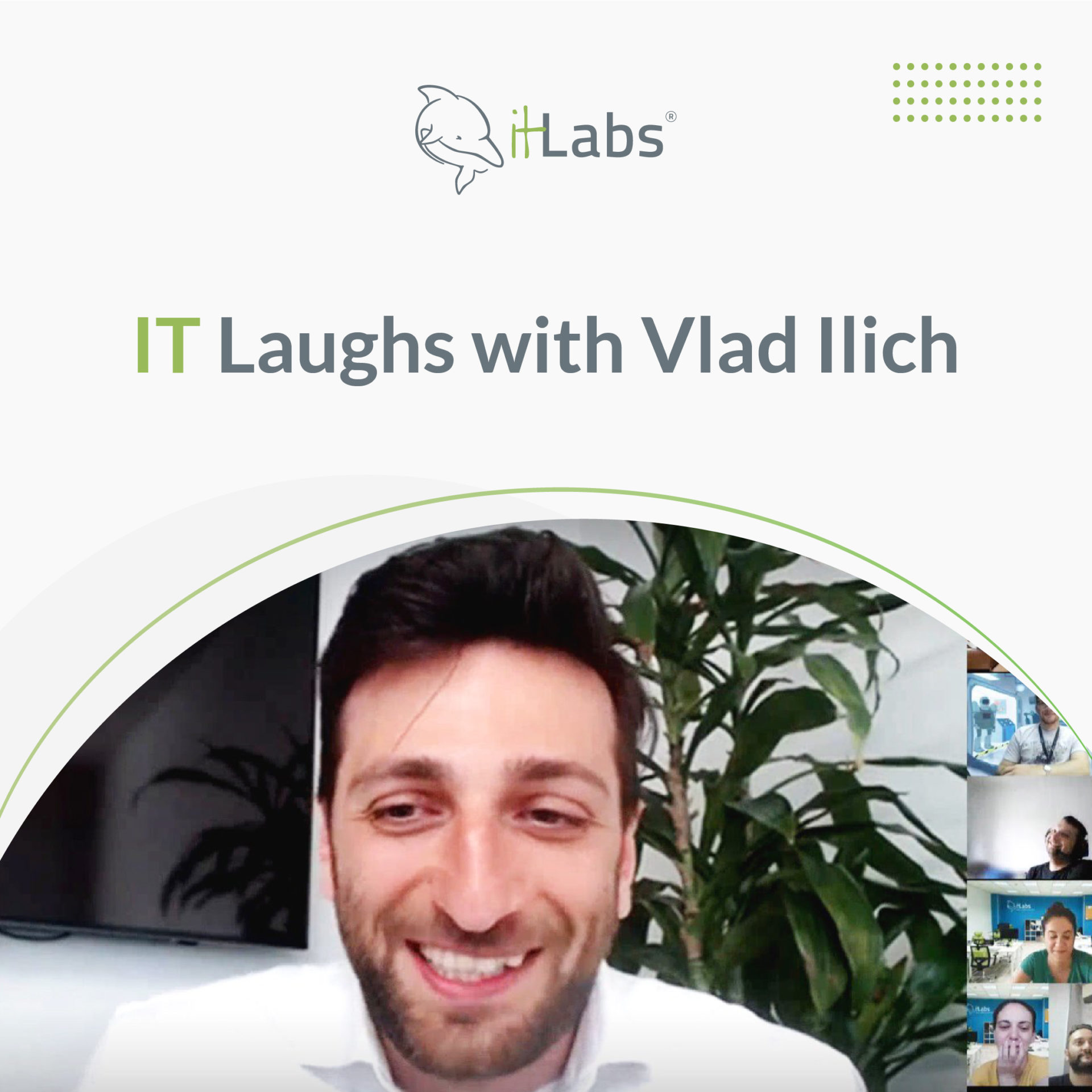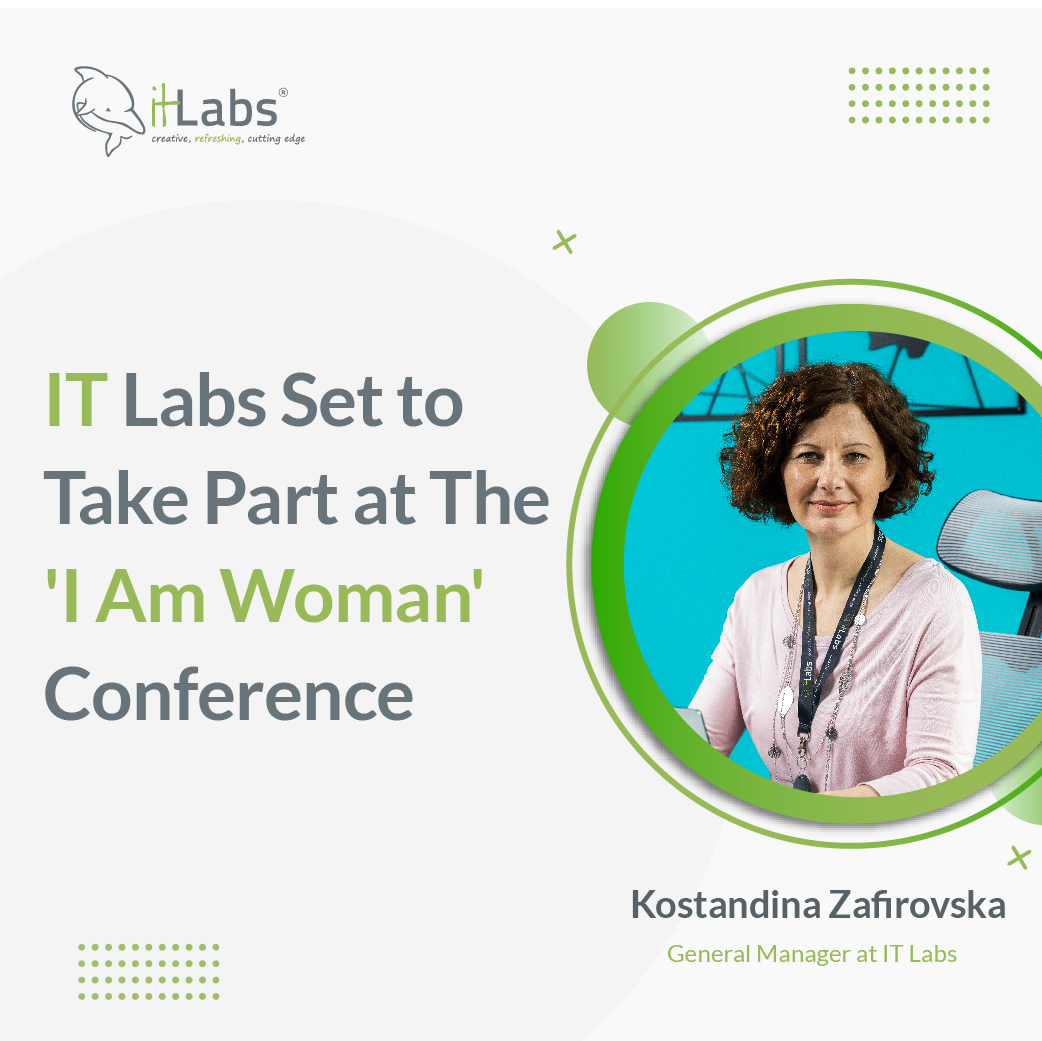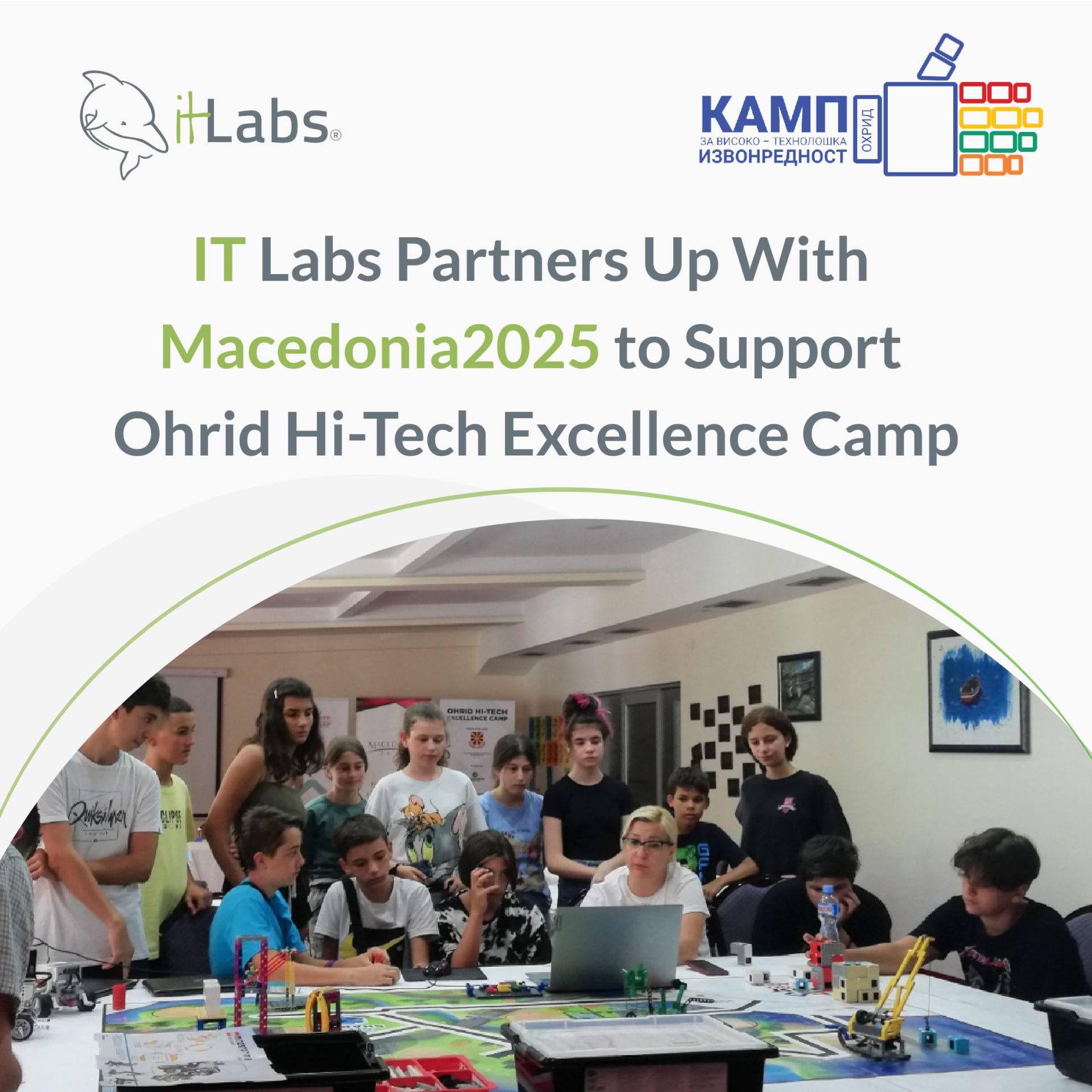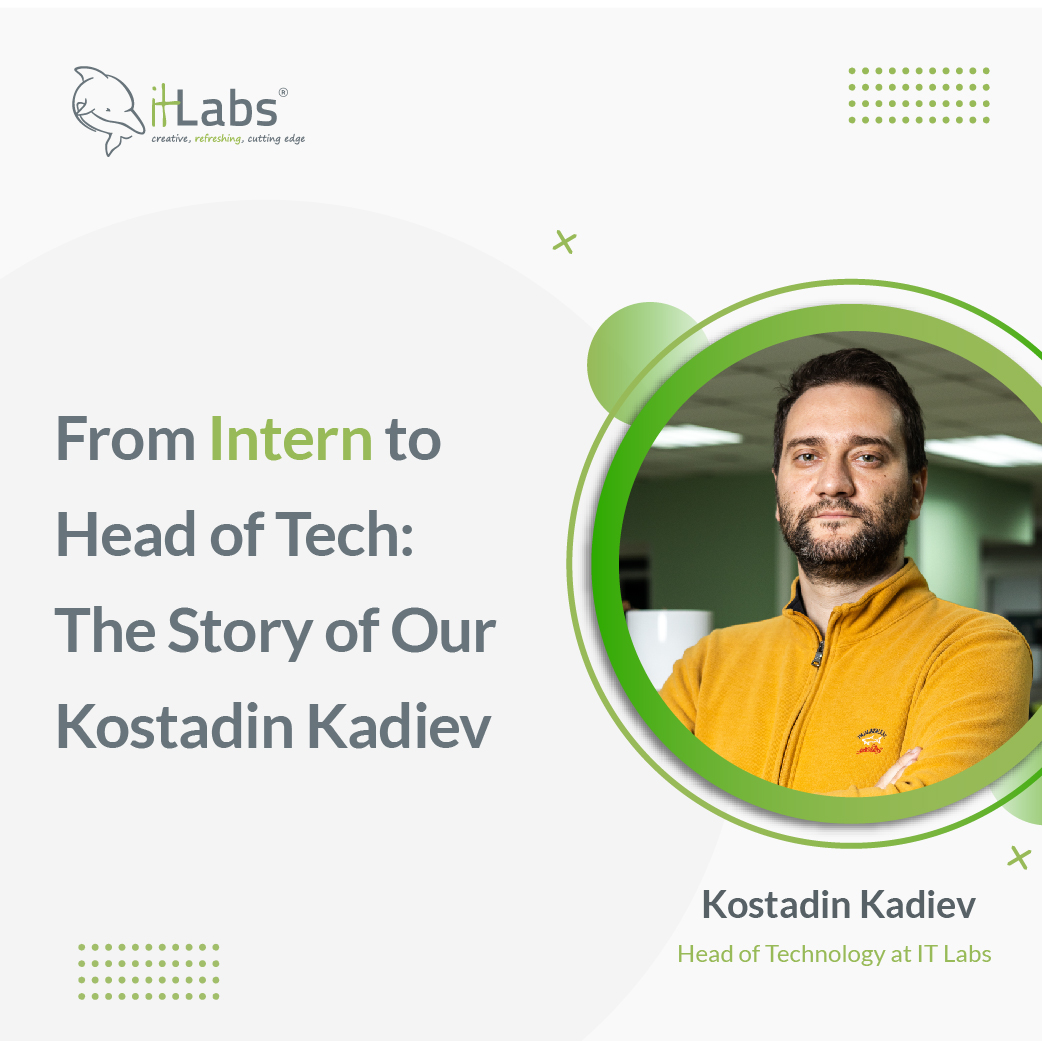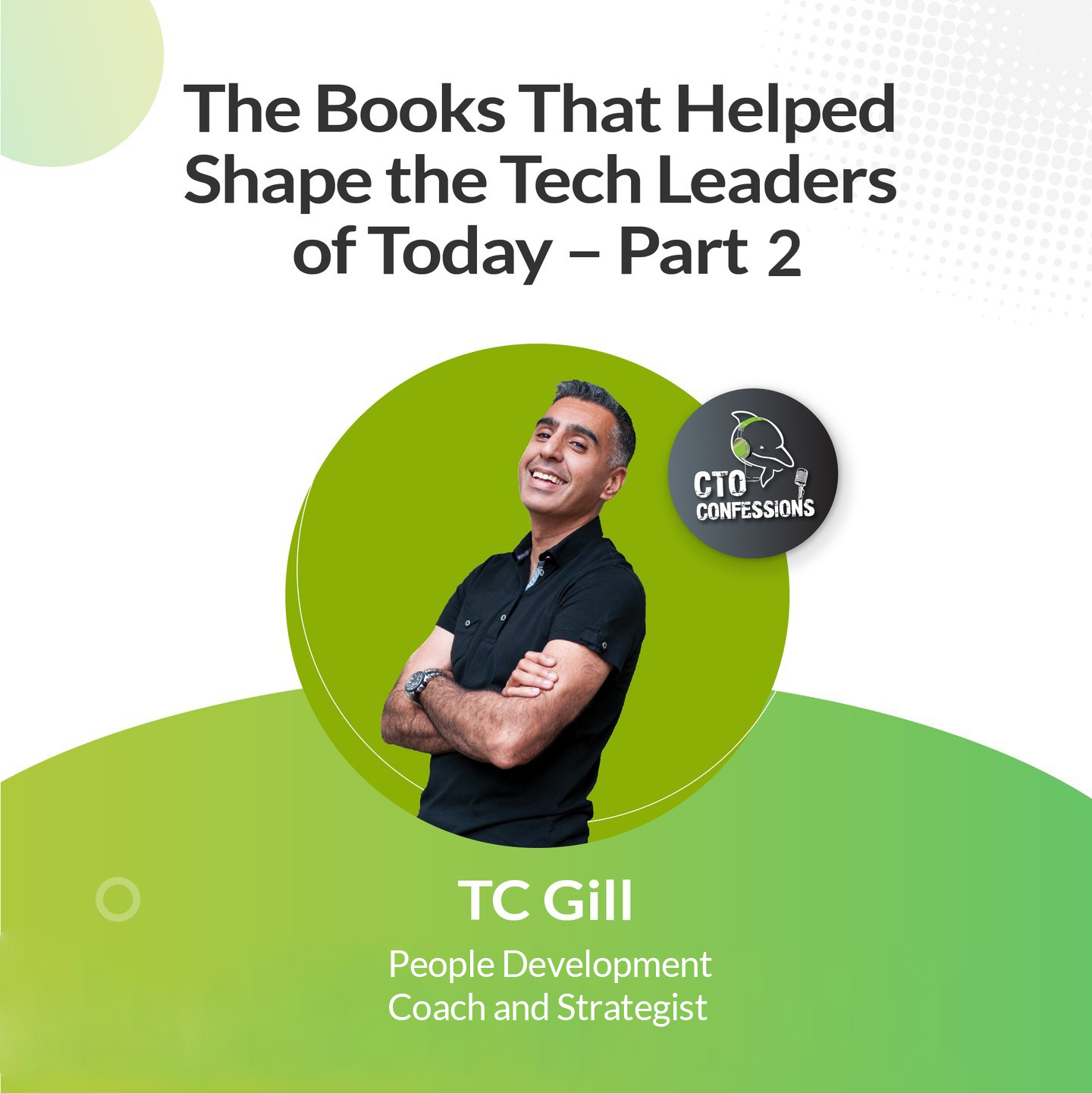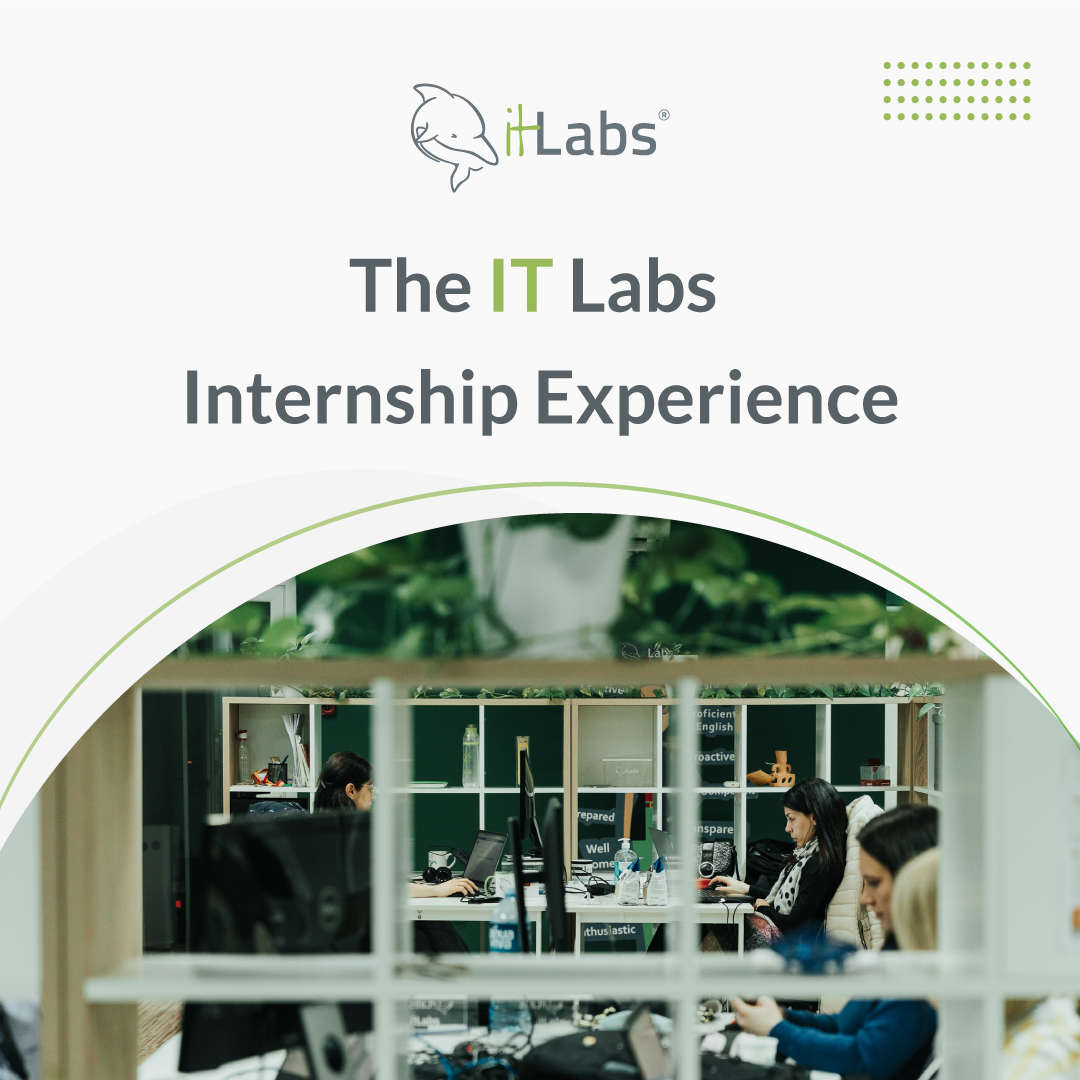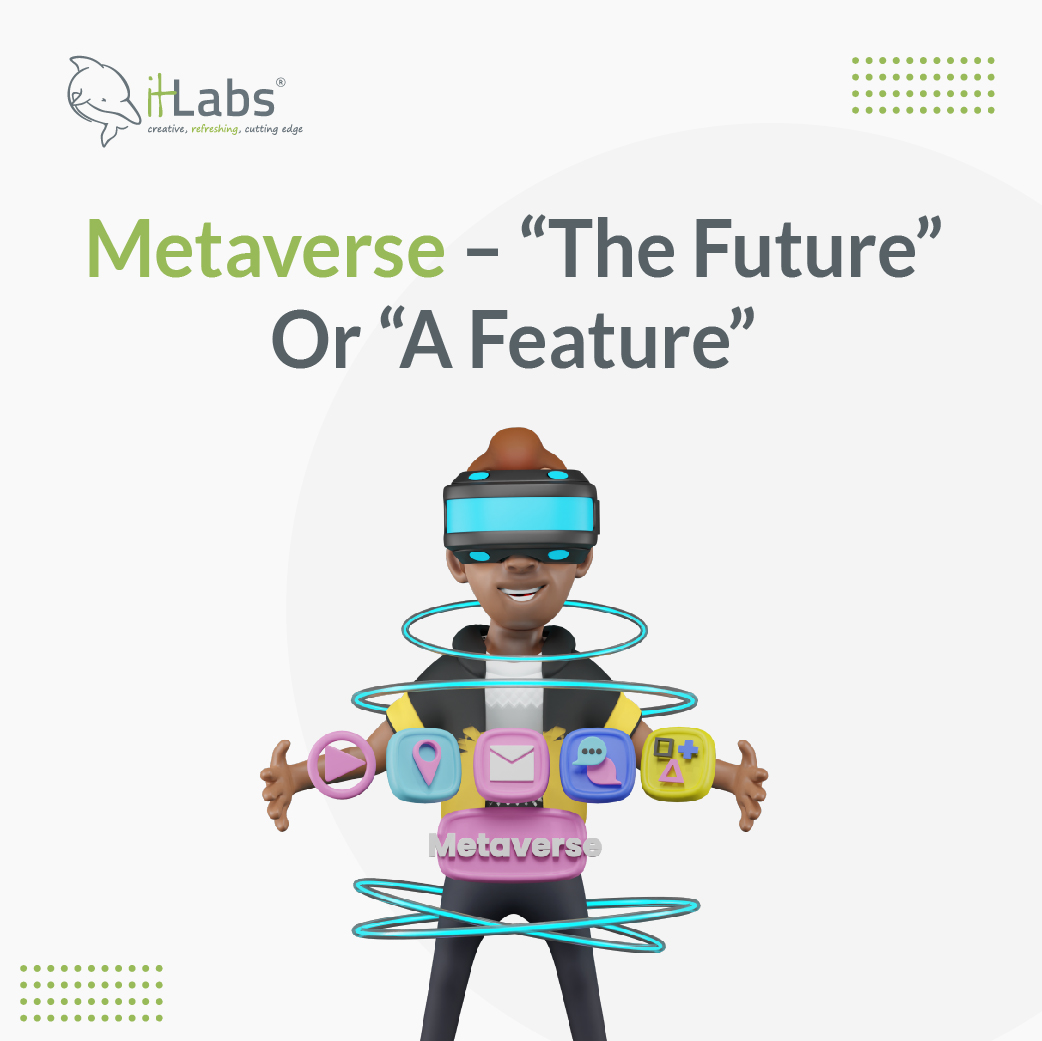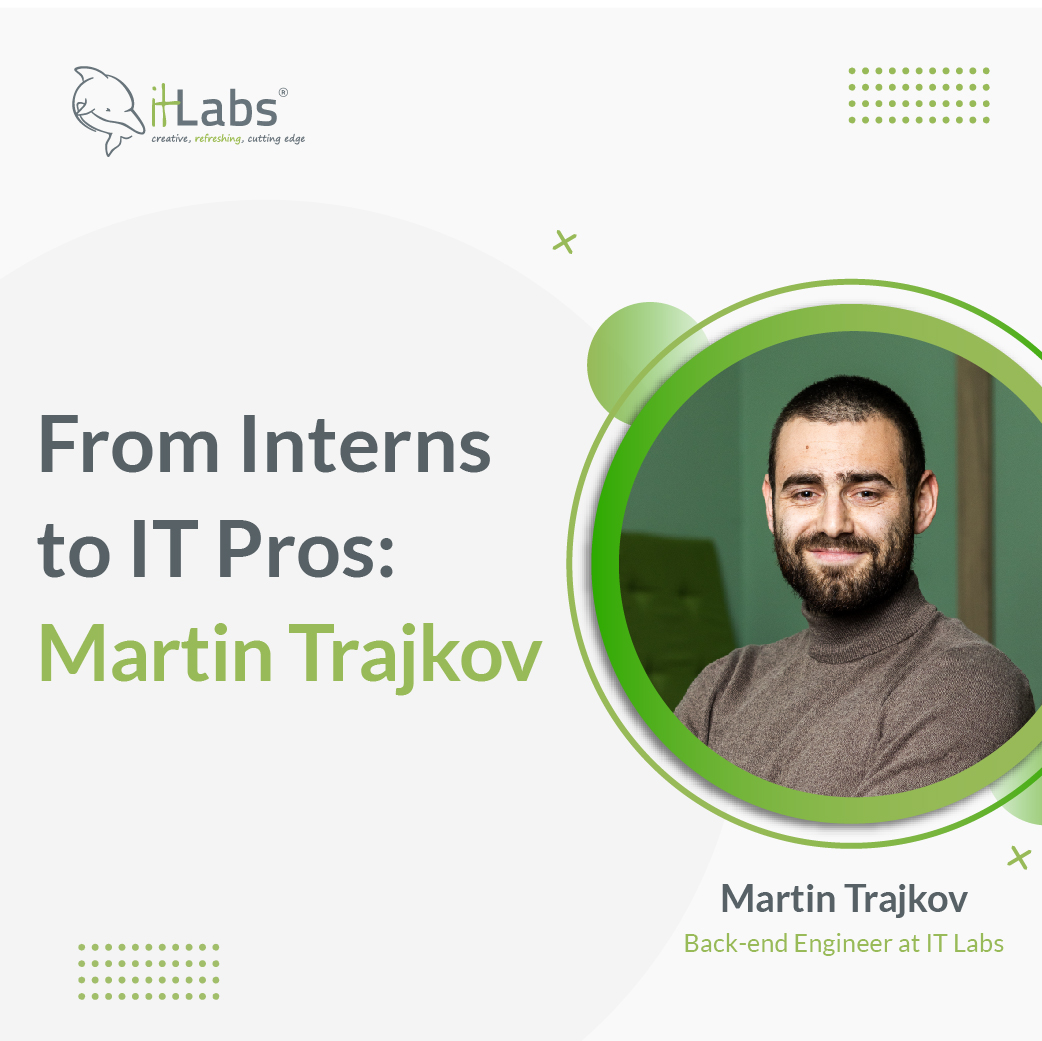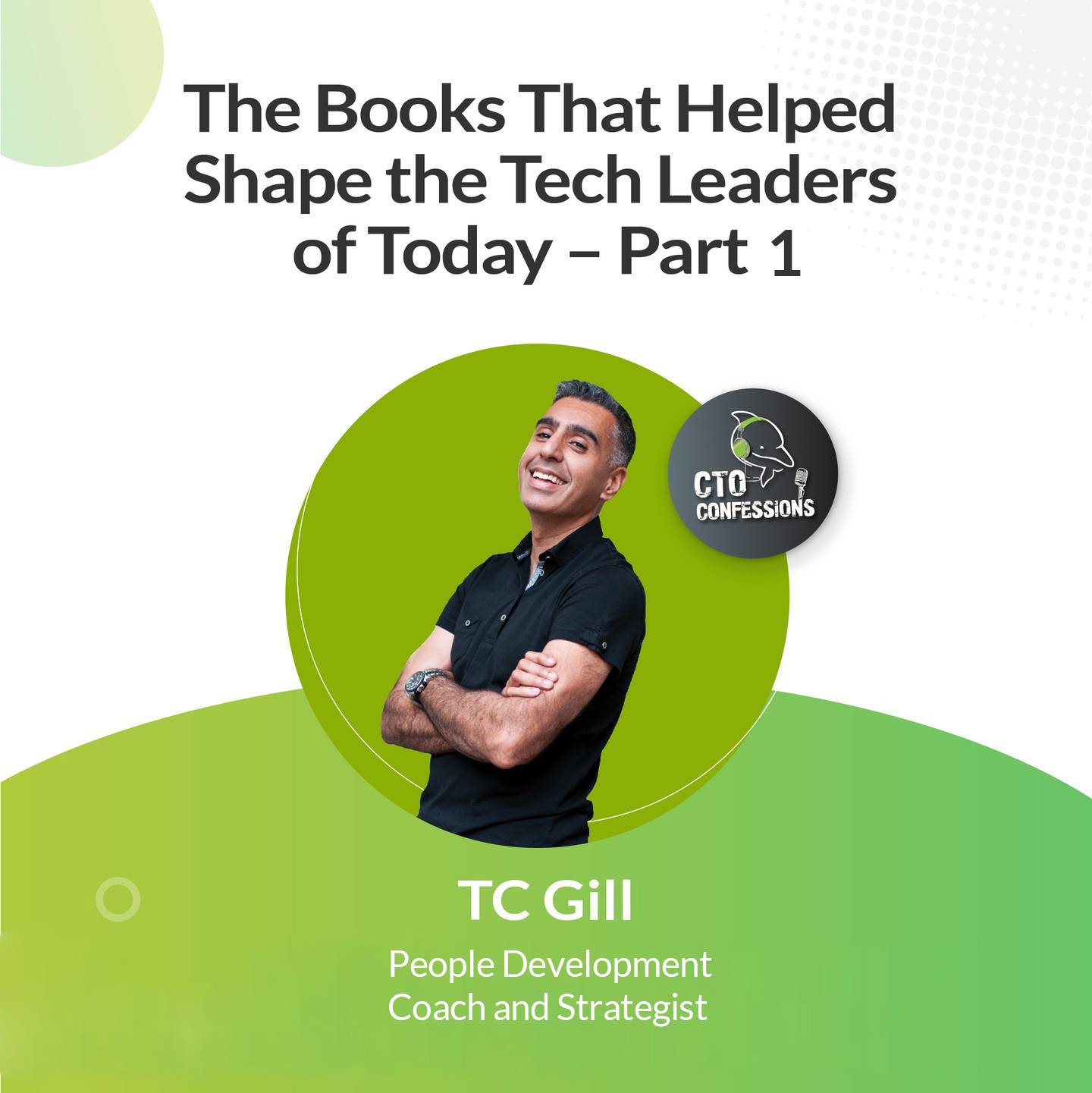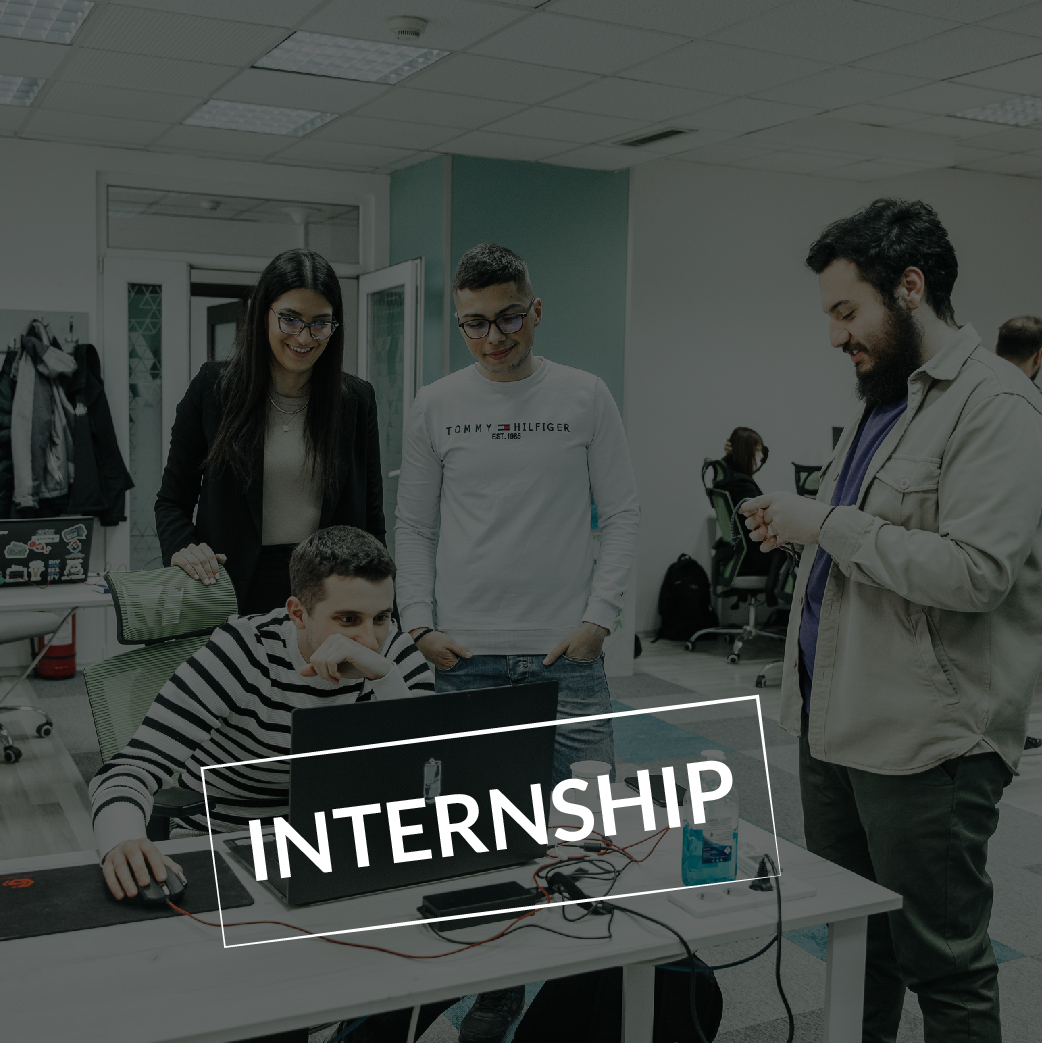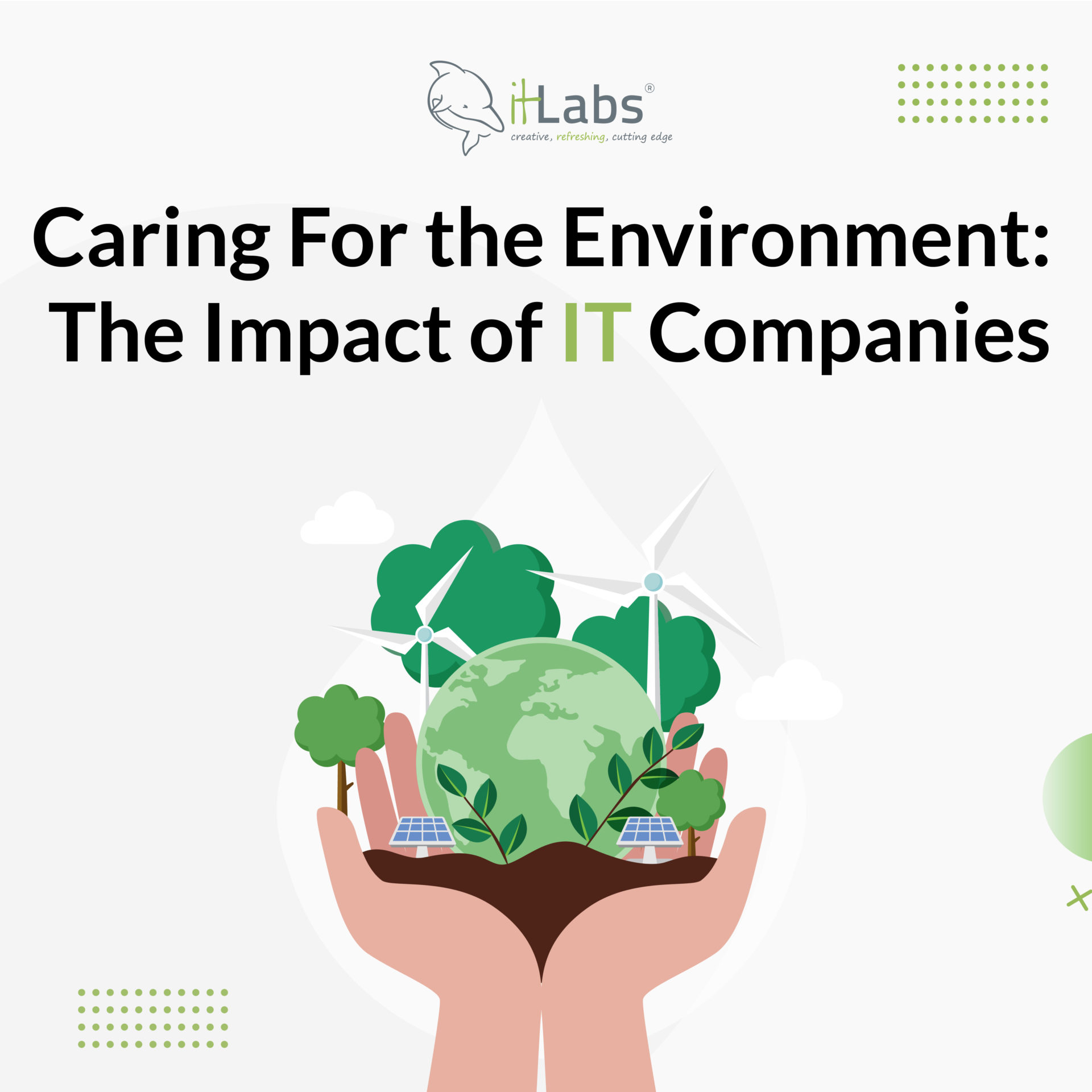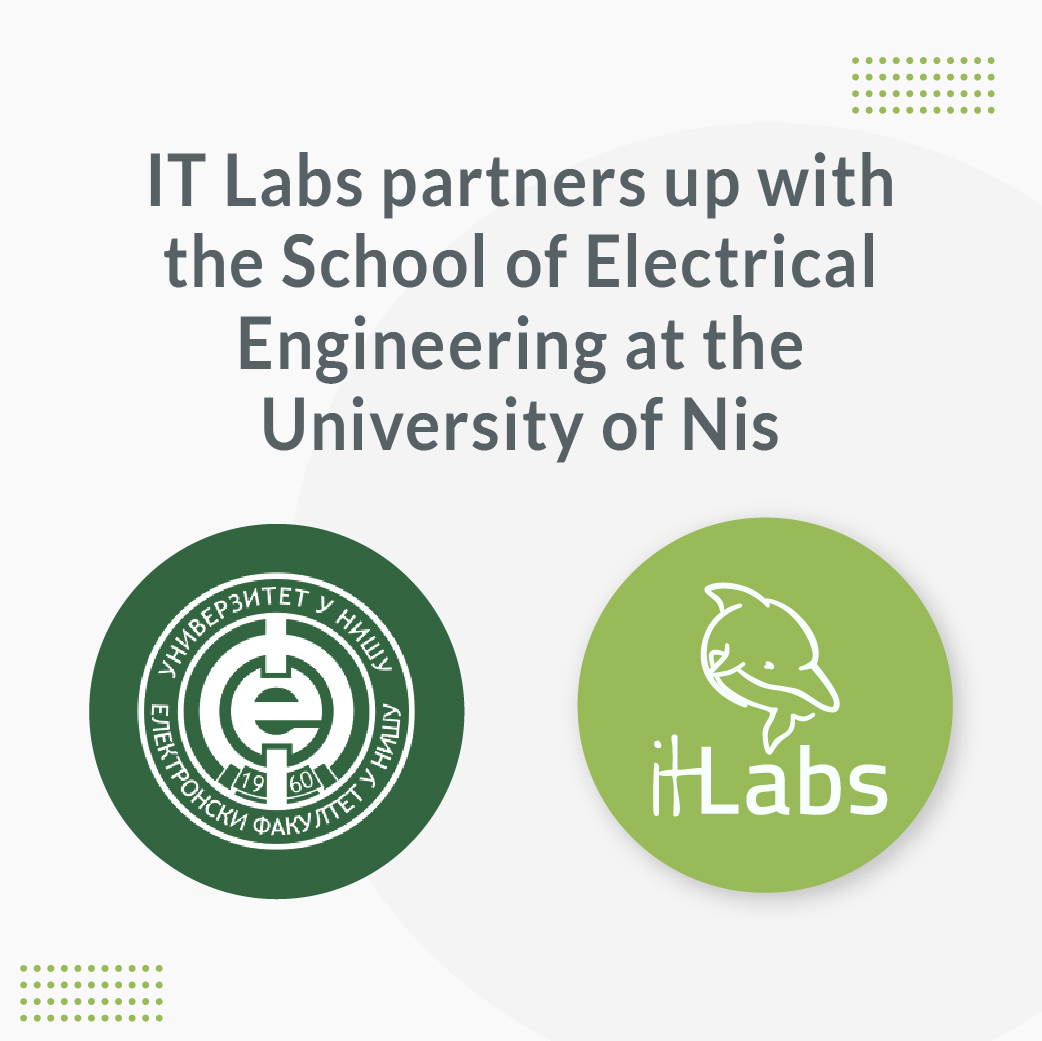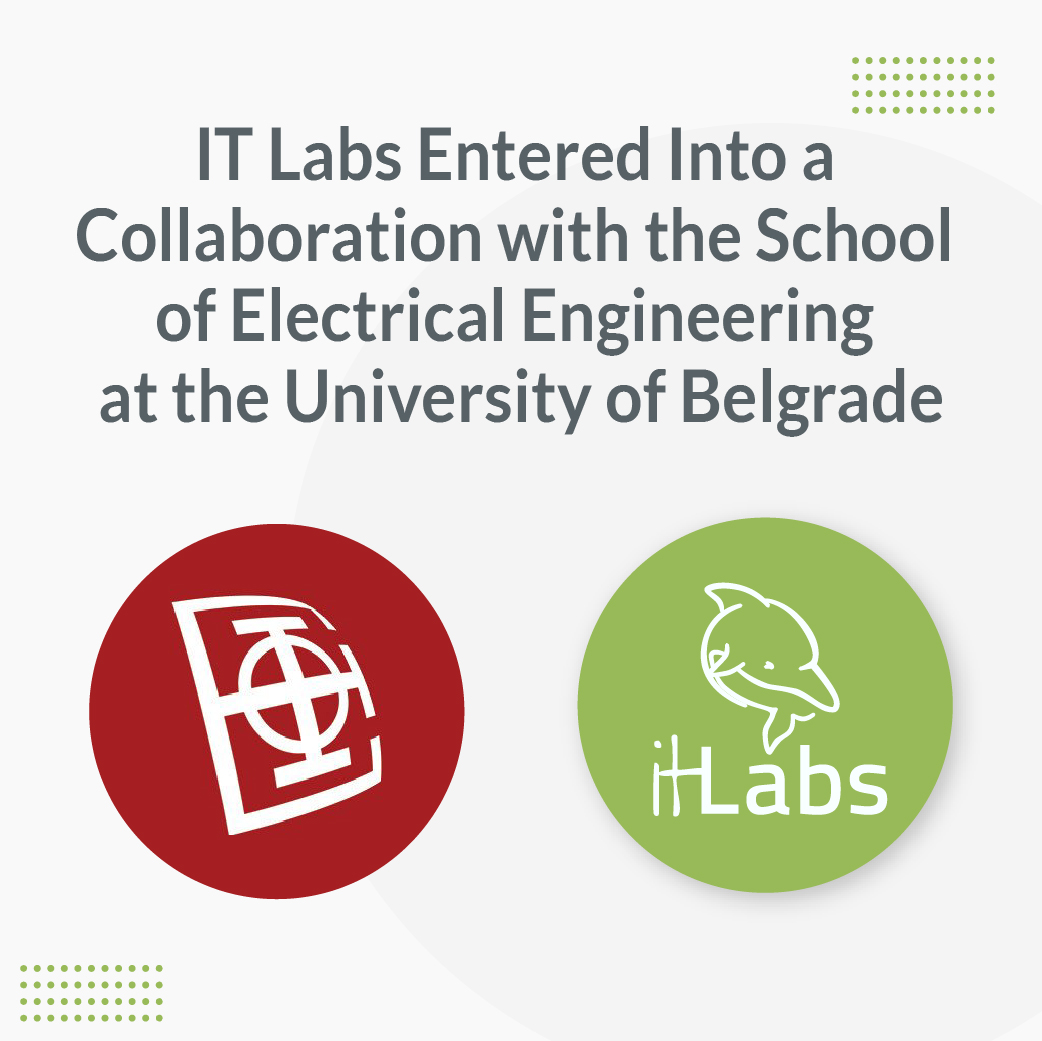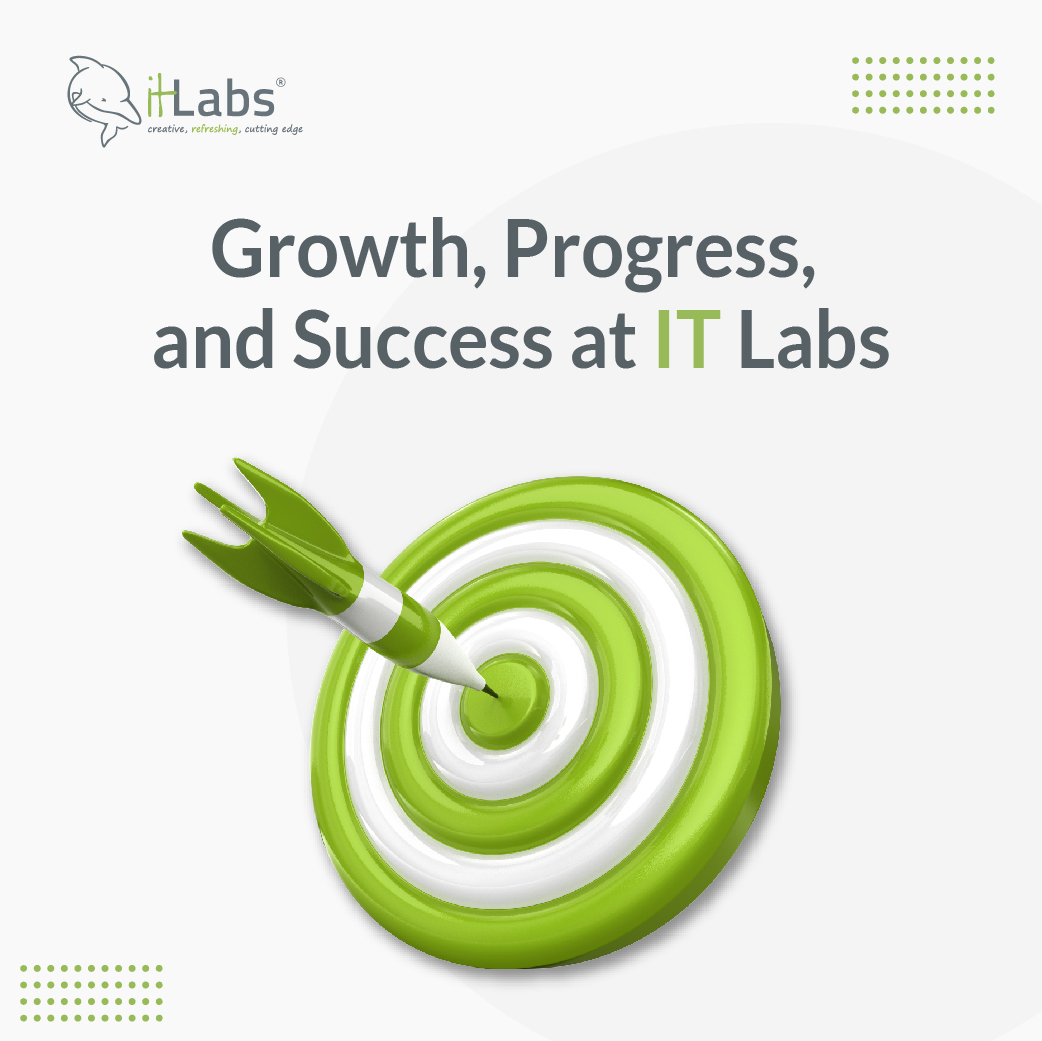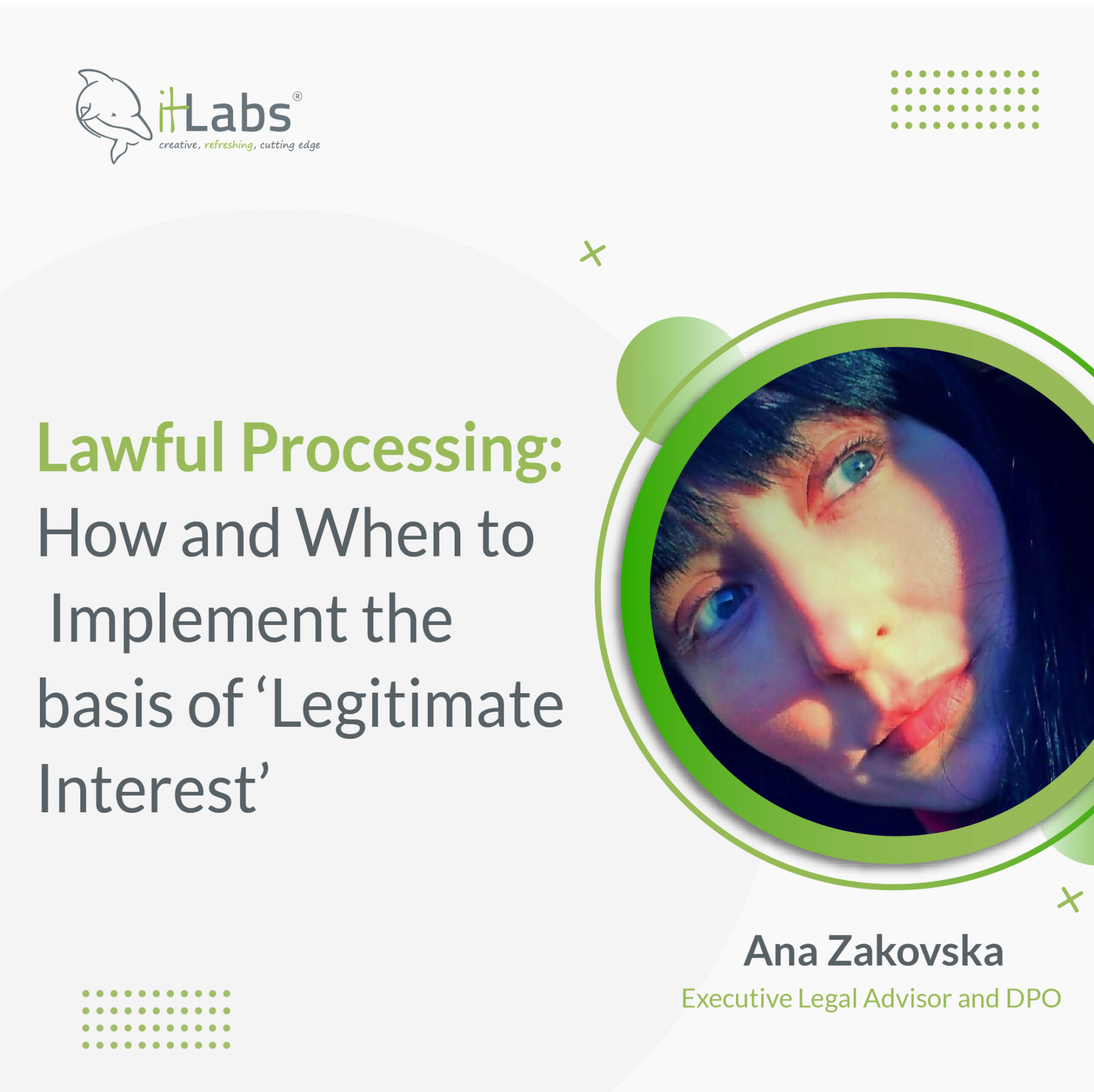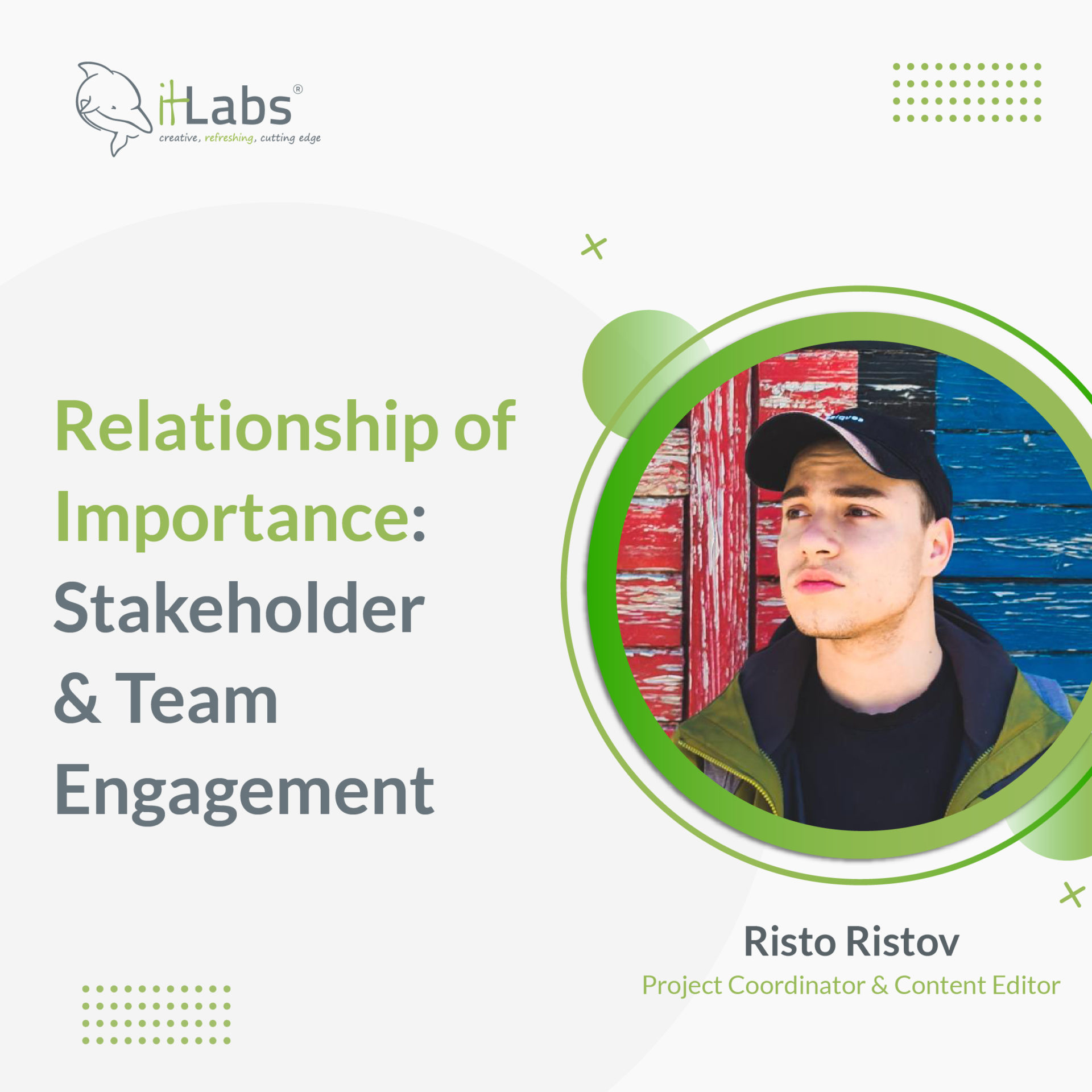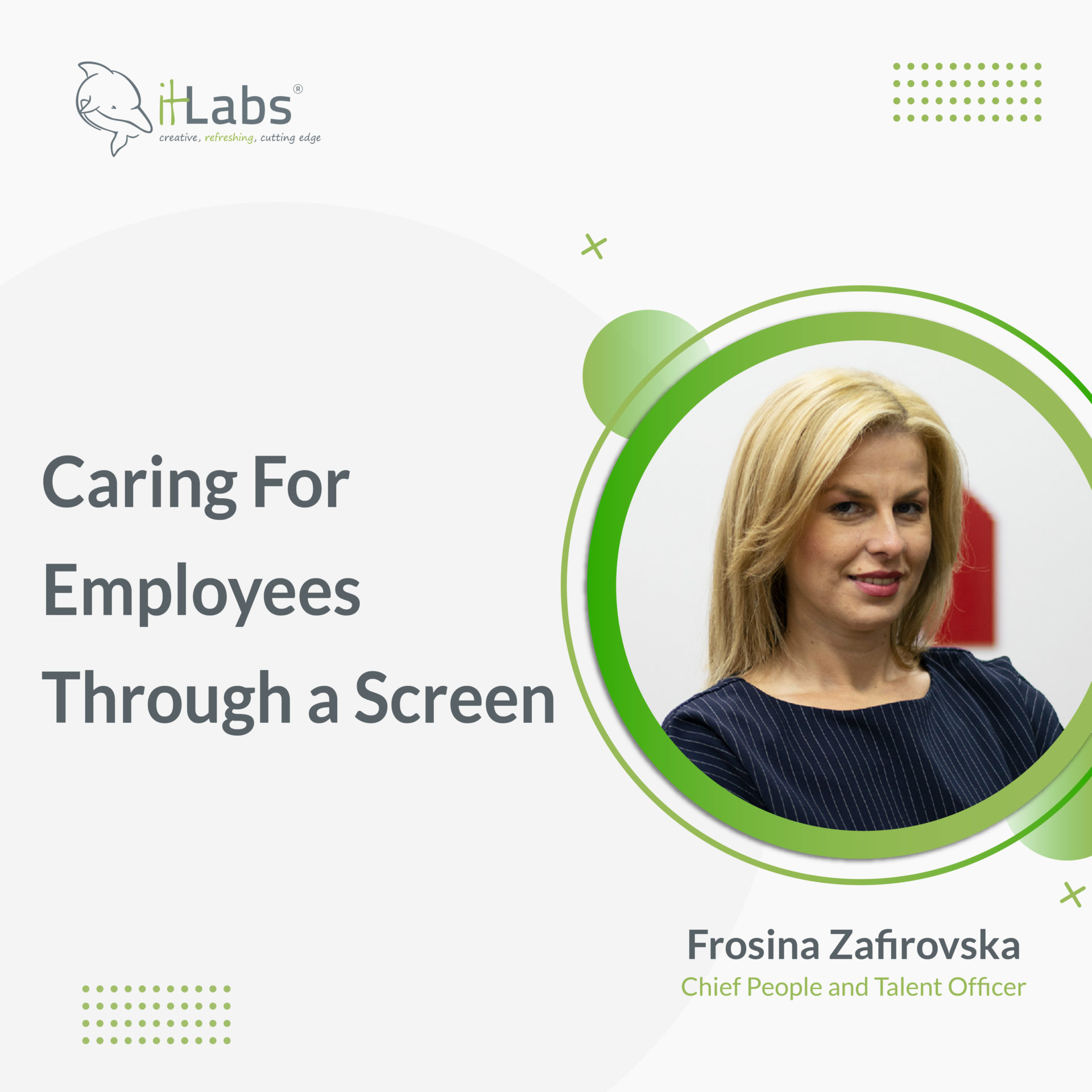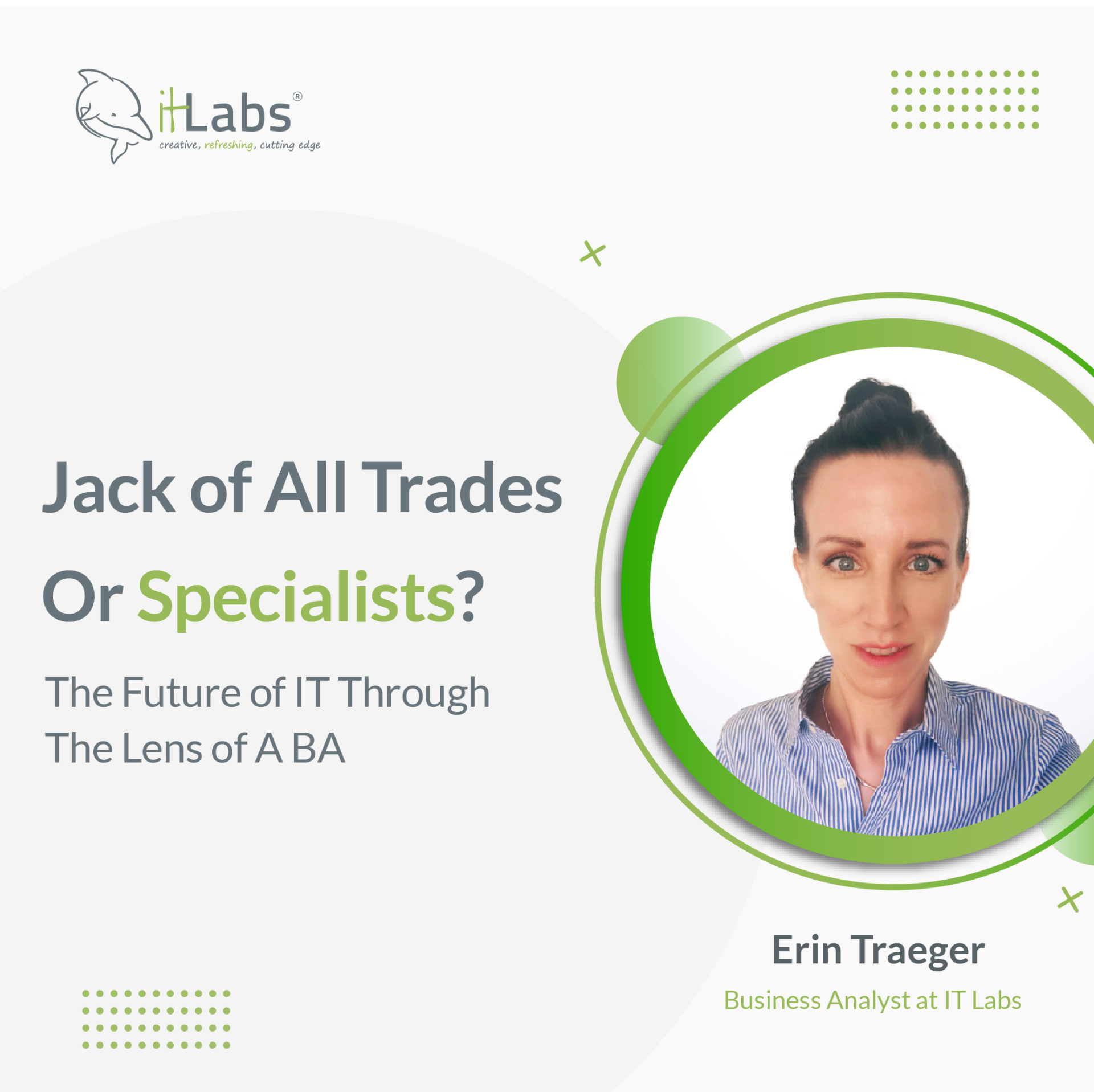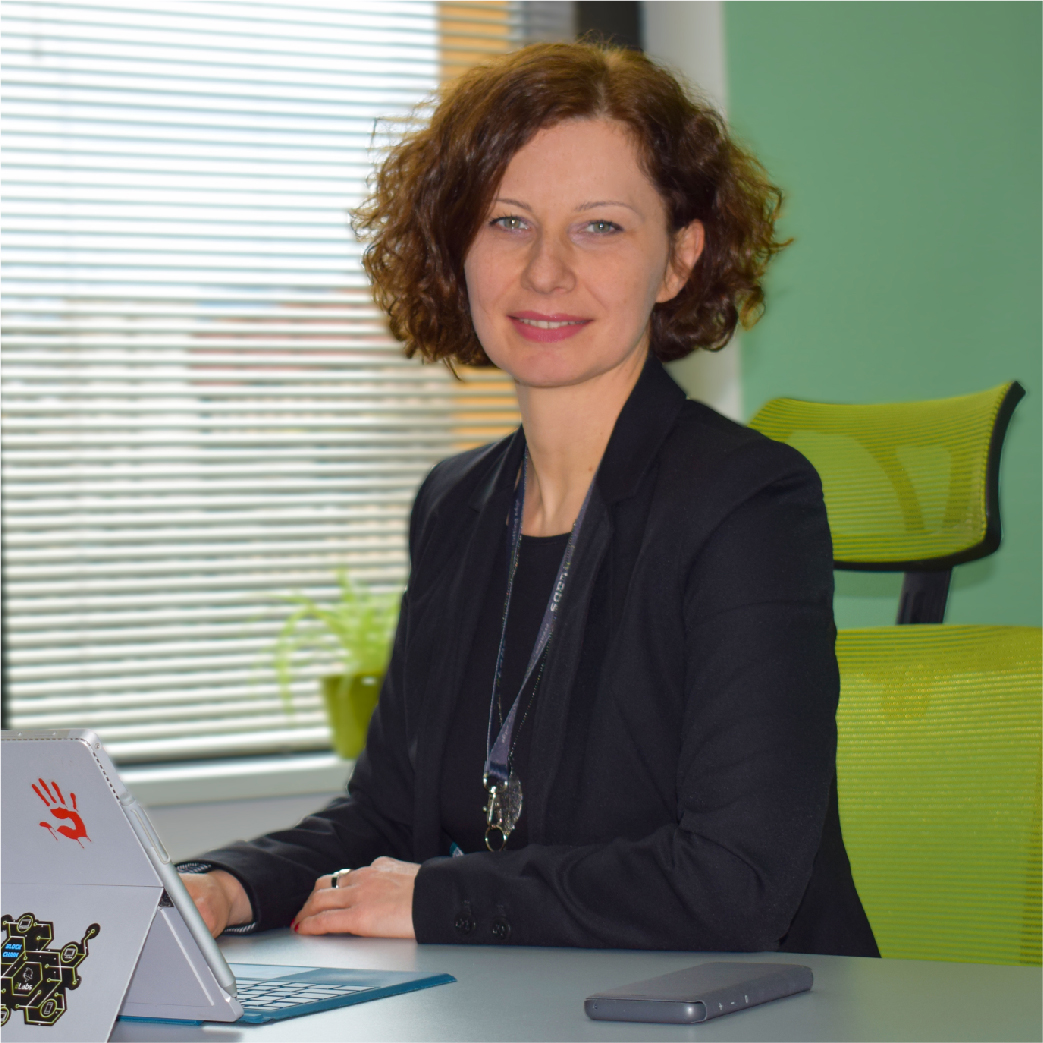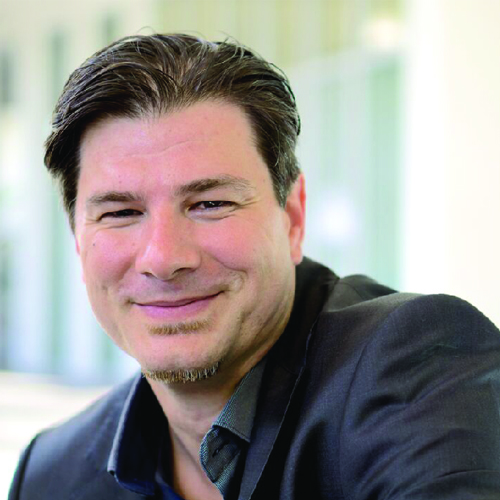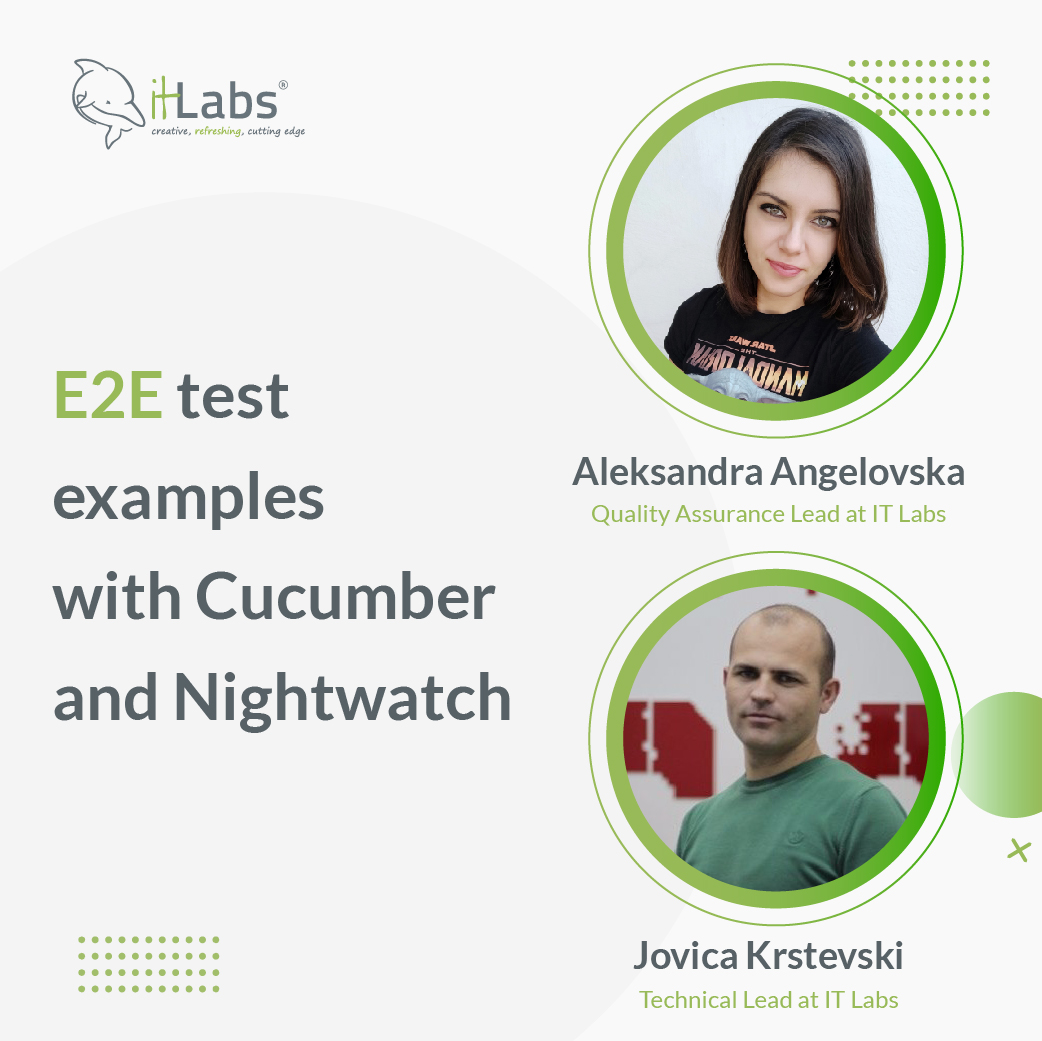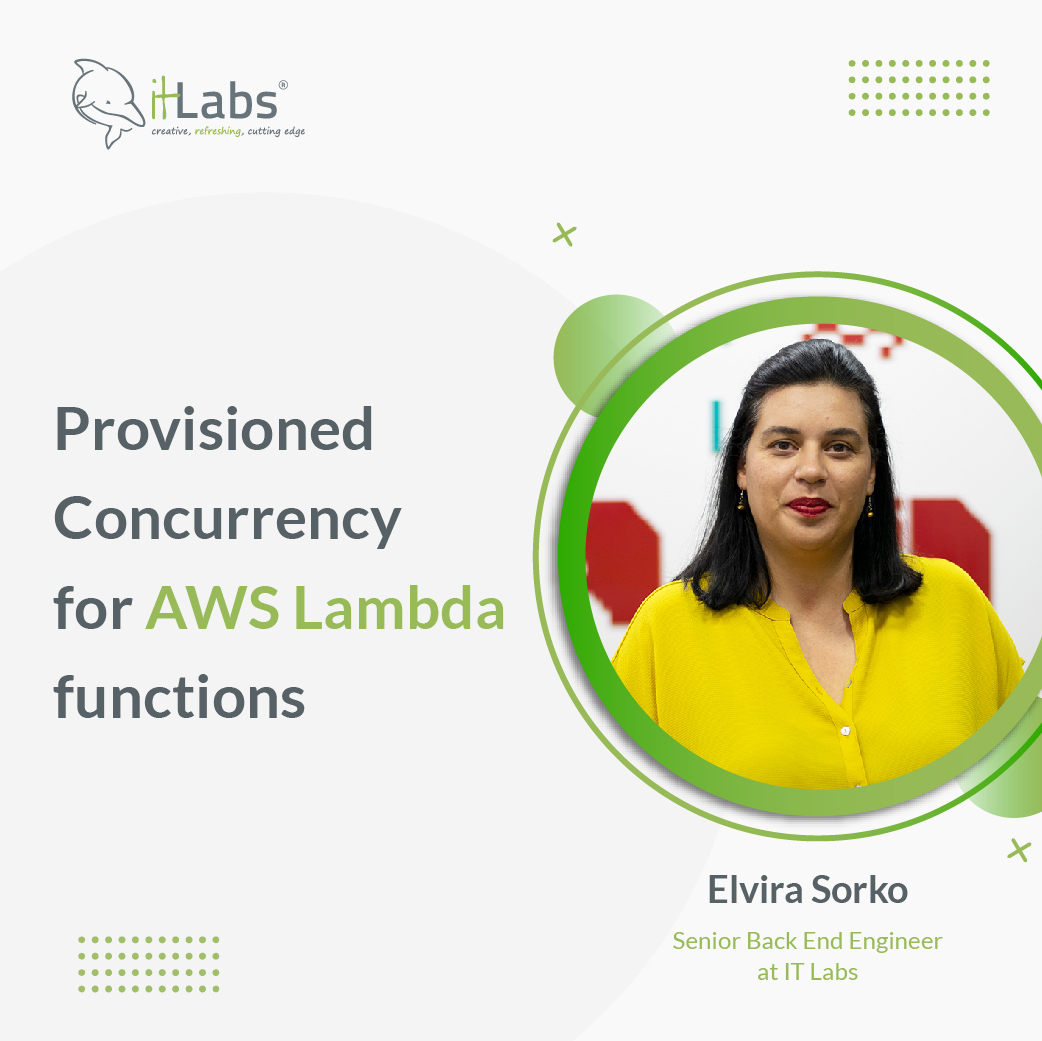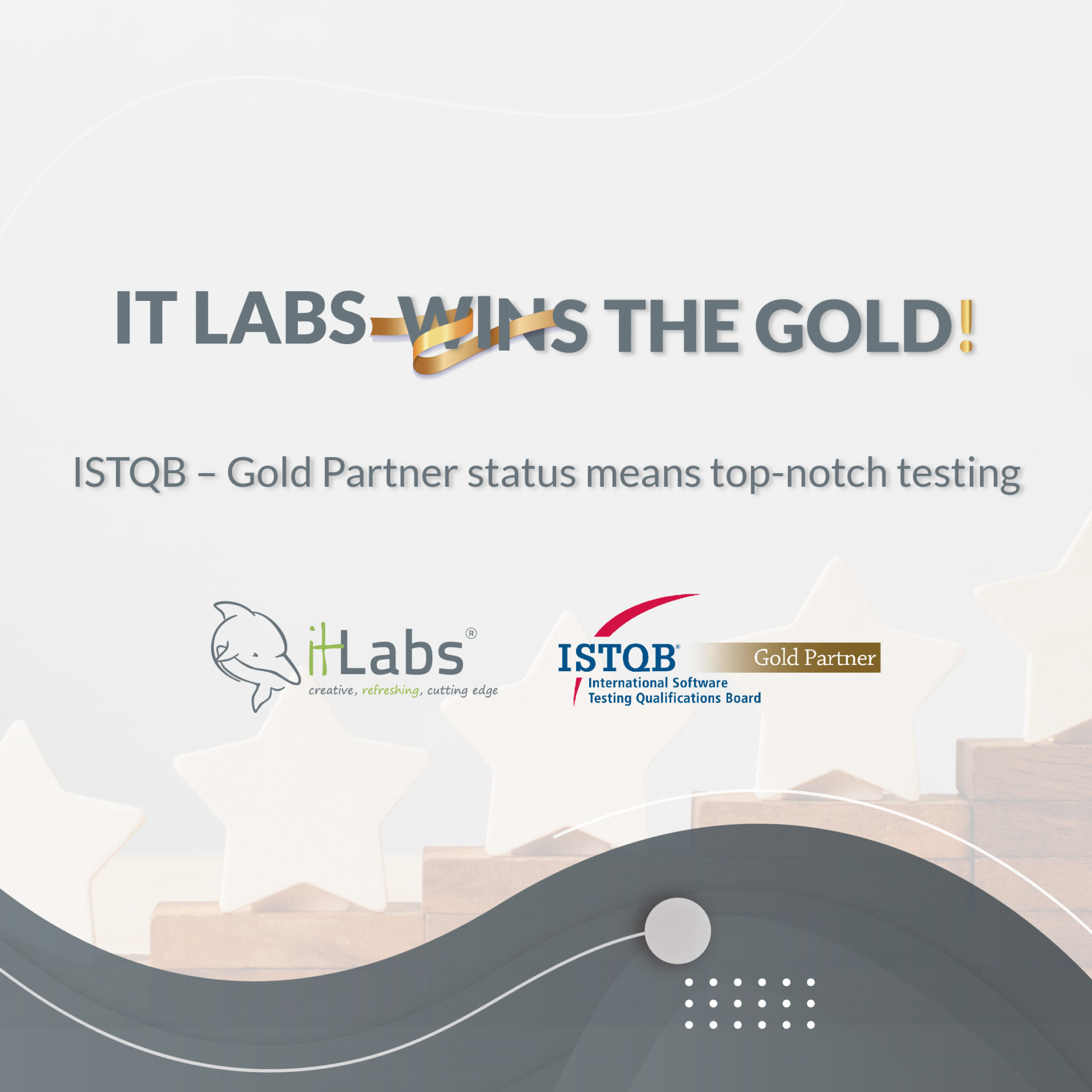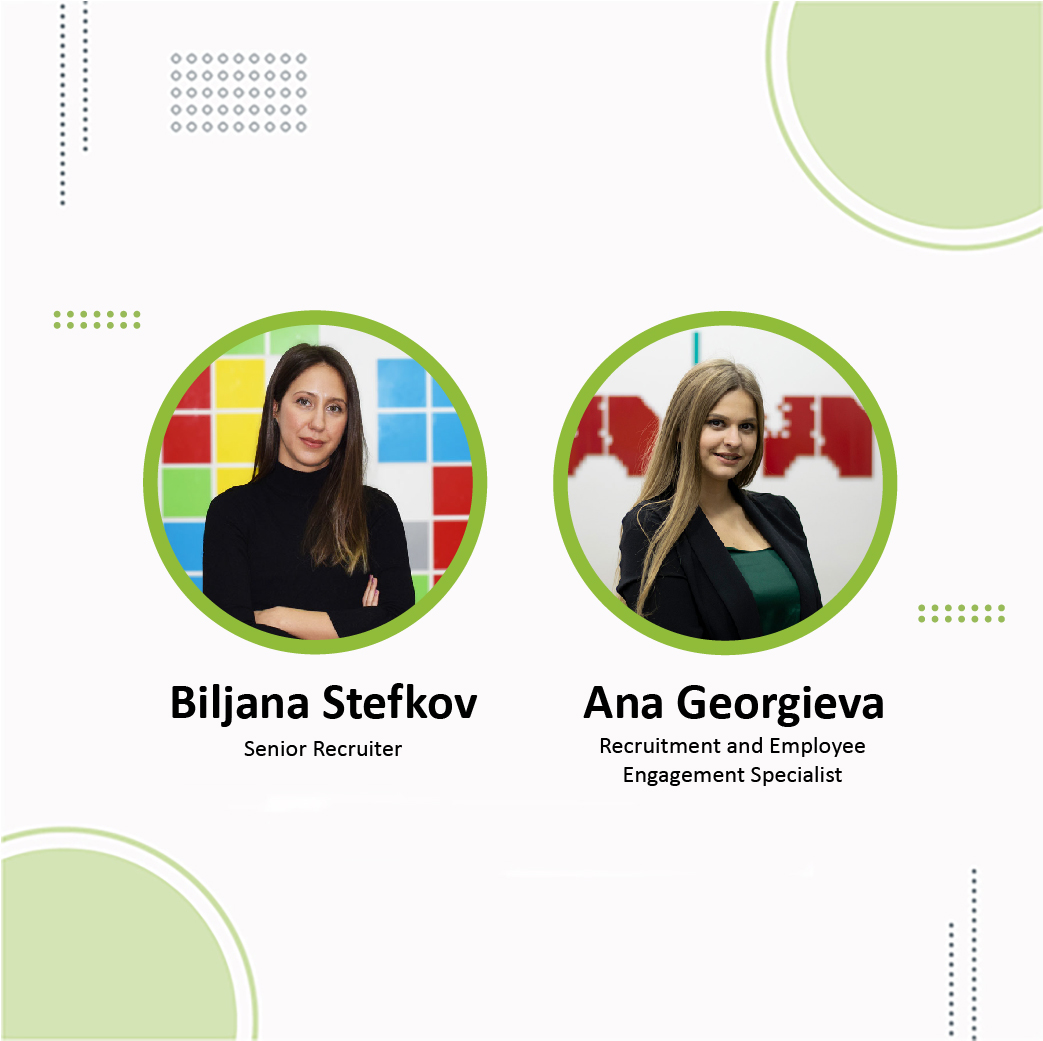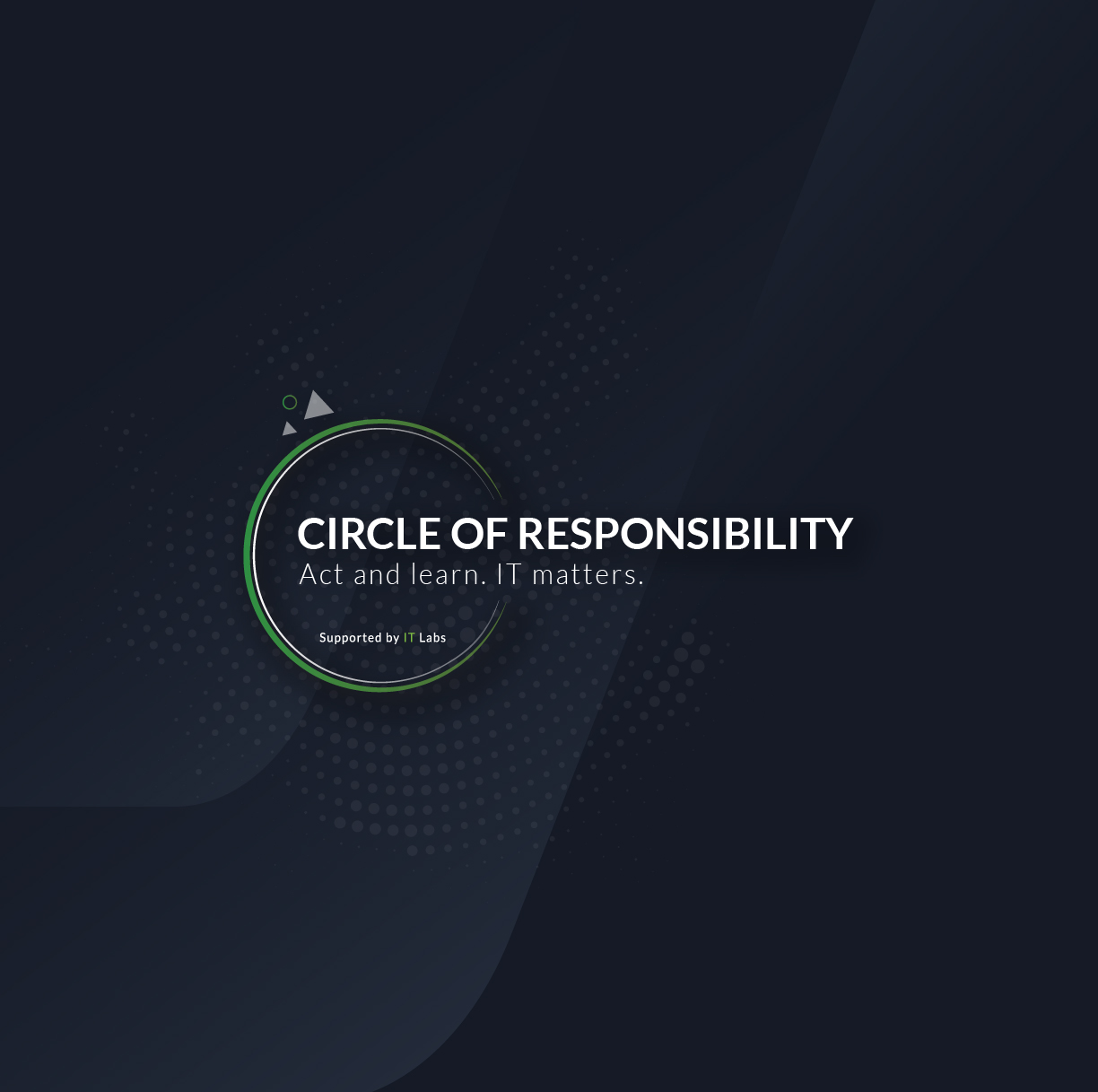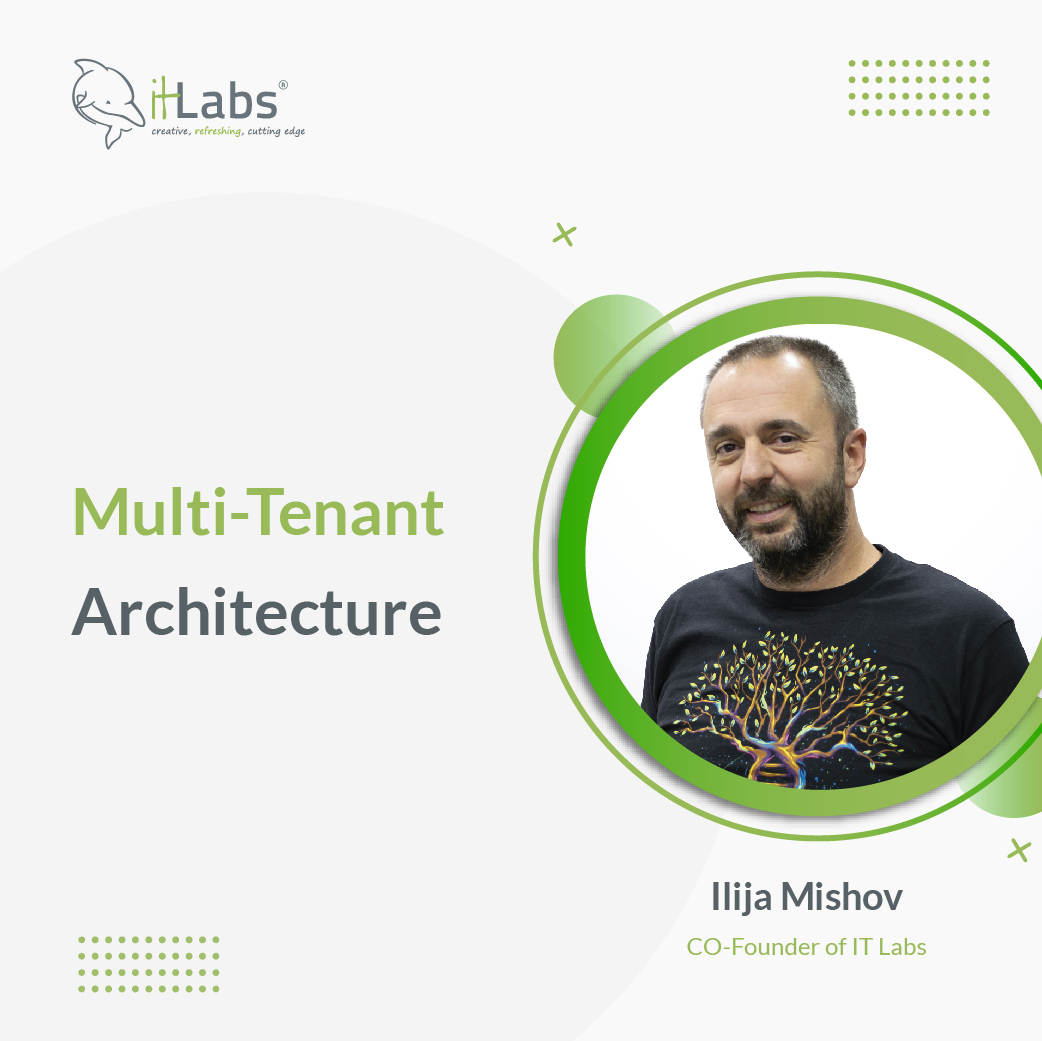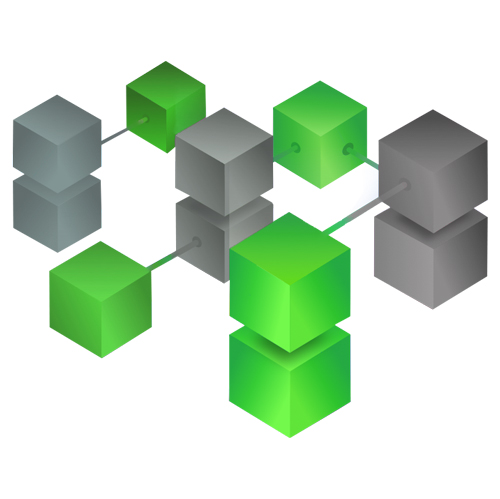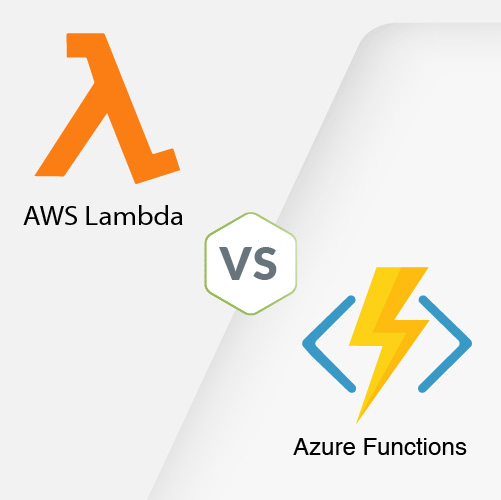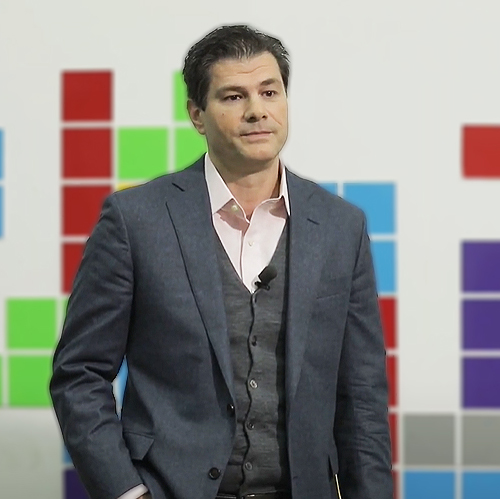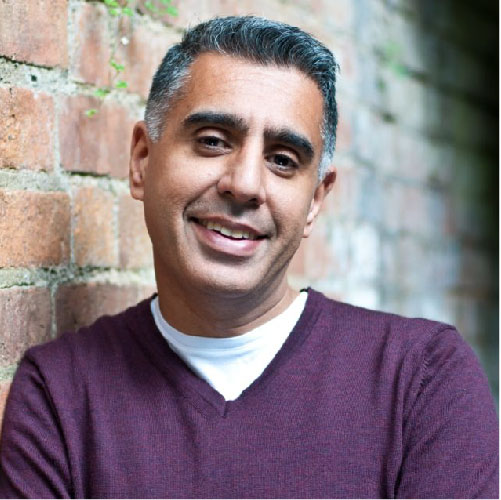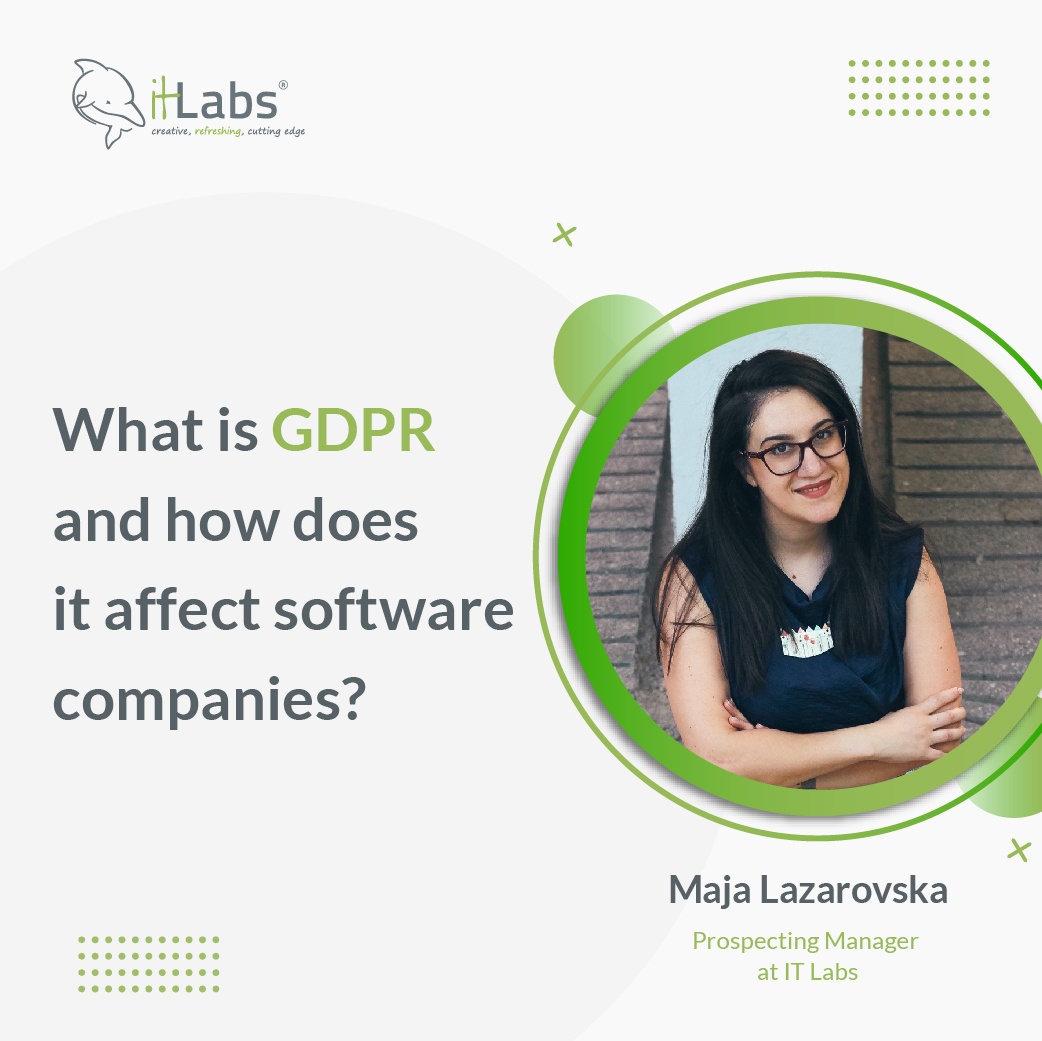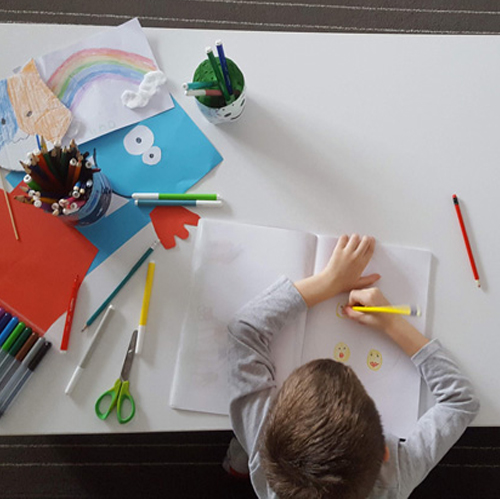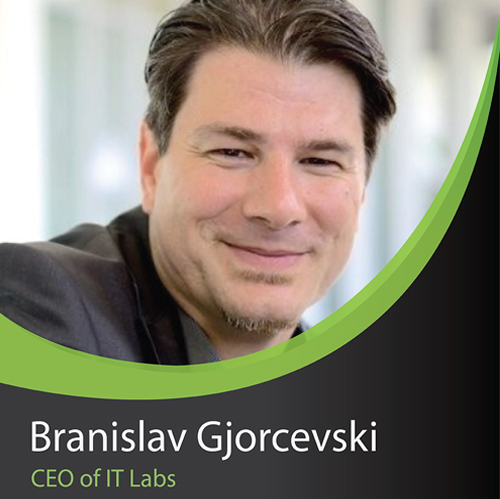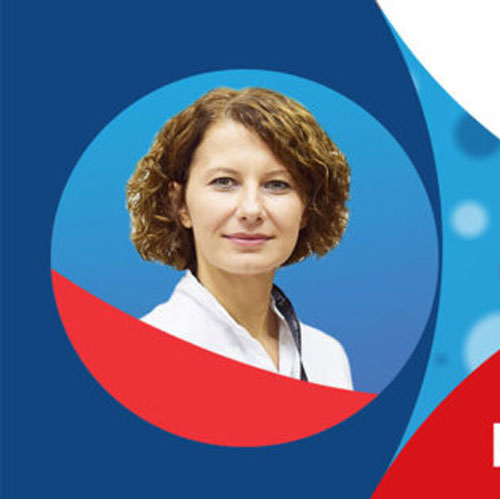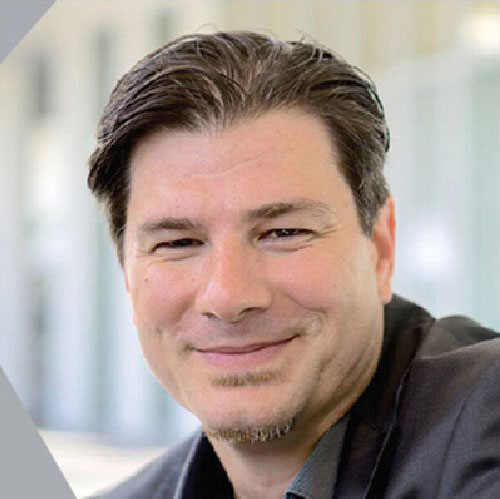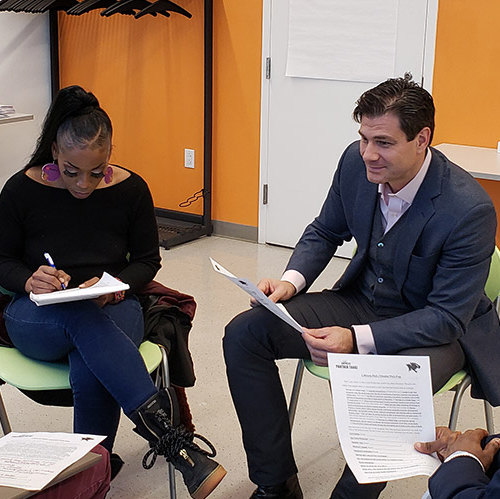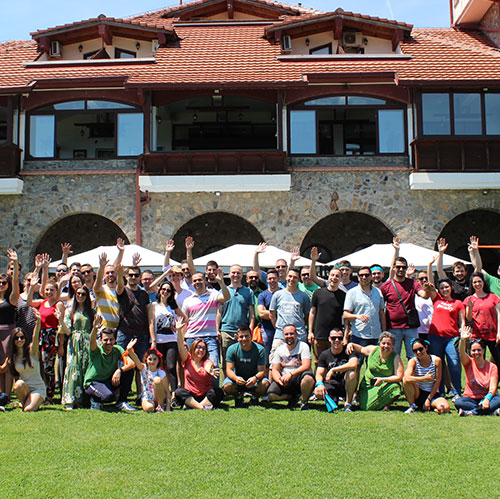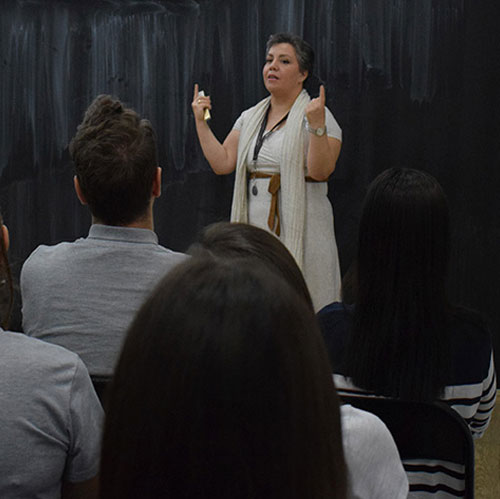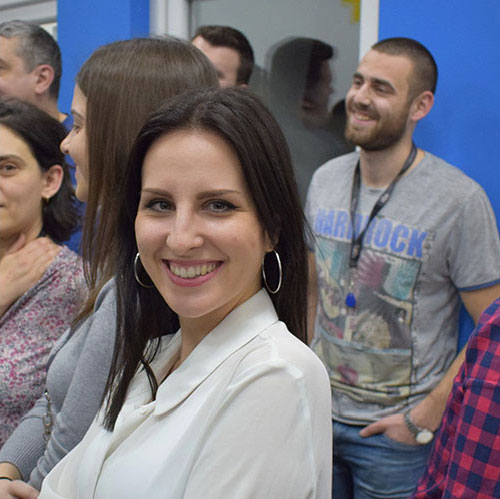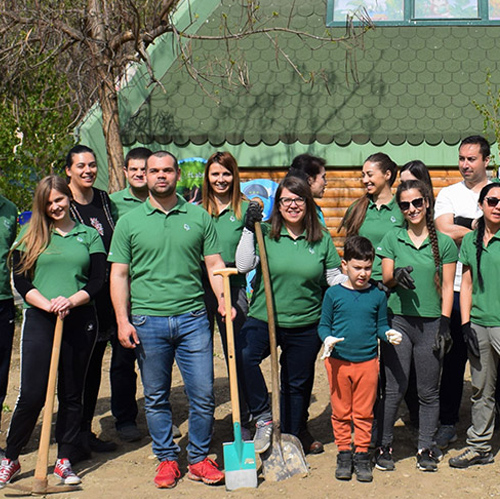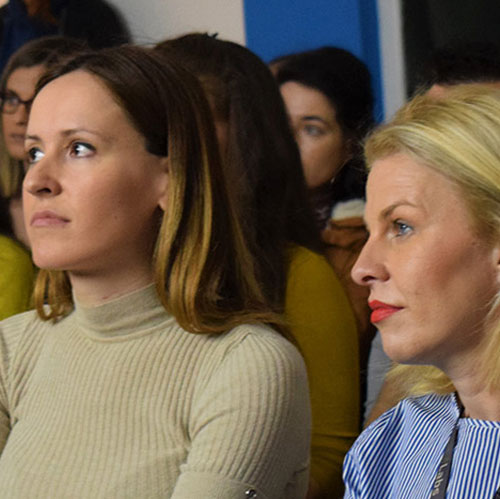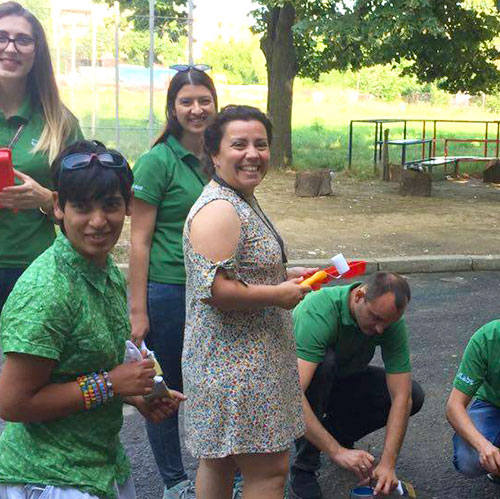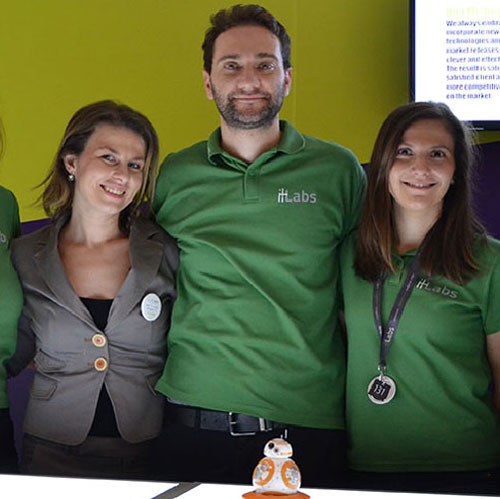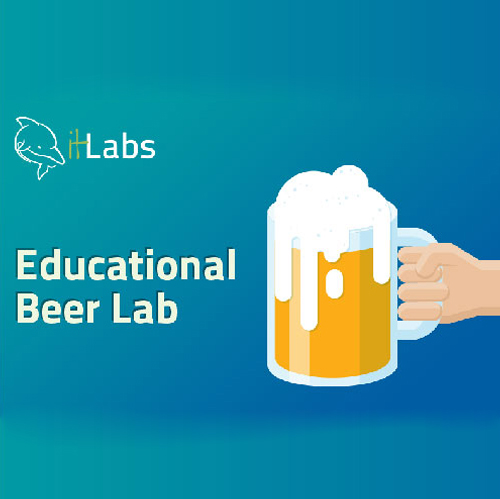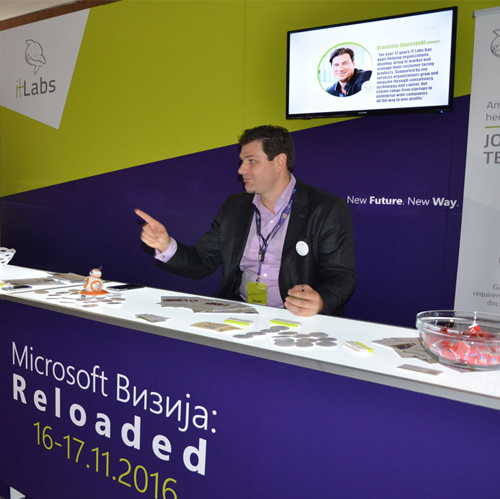Before the car was a car or the iPhone was an iPhone, it was an idea. So, everything manmade comes from the idea, which is based on a need or improvement, but yes – the idea is the foundation for anything related to innovation. But, the word idea to a lot of people sounds intimidating. Not in the sense that they cannot come up with one, but because of the socially applied pressure that only good ideas need to be heard – thus instantly placing their idea on hold. And the objective truth is that every idea is good at some point in time, the real question is if the time for that idea has come.
On ideas and all things related, we sat down with Blagoj Kjupev, our Chief Innovation Officer, and talked about ideas, how to spot a good one, how to unearth them, and why engaging your teams to voice ideas is important.
ITL: IT Labs has been in the tech industry since 2005. Where were you then – and where are you now as a company? Where is IT Labs positioned at the moment in the world of software development?
Blagoj: Since IT Labs’ beginning 15 years ago, we’ve been cooperating with companies and businesses from various industries, located around the world. We started off with smaller projects and smaller teams, but over time, we developed our portfolio in several sectors and areas, and this allowed us to grow and expand as a company. As we rose through the ranks, we quickly became the main driver in the digital transformation of our partners. Now, we offer wide-spectrum products and services: from advising and consulting on business strategies, all the way to managing a full software-development process and cycle, including maintenance and support.
After opening our first dev hub and establishing and got a foothold in the market, we proceeded with expanding in the Americas, Western and Eastern Europe, covering business centers in the USA, UK, and the Netherlands. We have just opened an office in Serbia, since we identified that it has a strong IT capacity and a very developed business culture that will help us diversify, grow, and develop as a company.
ITL: What kind of clients do you work with? What kind of services do you offer them?
Blagoj: We offer a wide array of services, from deploying business agility to defining business strategies. Specifically, services regarding business analysis, product architecture, development, testing, DevOps, and cloud strategy. These include security services, which come in handy for clients with partial or non-existent coverage in this area. Our experts analyze security systems and their structures, and develop client-specific strategies.
With tech development and changes in the market, the services we offer also diversified and expanded, so now, we also offer AI and data science-related services as well. We have a team of experts in data analysis, data science, and AI who can transform clients’ product revenues by optimizing data flows and data analysis. Thus, leading the client with data that serves their unique position in the market. What sets us apart from the competition is the fact that we don’t just offer technical services. We offer highly skilled and professional teams which have worked on big projects, their success was measurable and tangible, and have helped clients develop and grow. There’s no need for the client to waste time and energy in putting together and nurturing teams to carry out tasks in various departments. We do all this for them, and then some. Our teams of professionals are focused on exceeding the expectations of the client, and we achieve this by treating people as the most valuable asset. We can guarantee quality in delivery and efficiency for our clients.

ITL: What makes an idea a good one?
Blagoj: The person giving the idea and the people listening to that idea. That’s it, there must be a good match. An idea in itself cannot be good or bad. It’s the room that the idea is presented in, figuratively speaking of course. Somebody’s bad idea can be someone else’s spark into an amazing adventure ending with a very successful product or service. Think of anything produced and developed by humans. How much of that was a complete, producible idea in its inception? If I had to guess it’s in the 0.00 margins. This means that on each idea an additional work has to be conducted to have it fully developed and understood by investors and companions that will help in its development.
Ideas are an amalgamation of all our experiences, references to things we’ve seen, read, watched, listened to... When a problem is presented, our mind unconsciously goes through all of that and finds an approach to help us solve the problem. So, we all have ideas, every day. It’s just that most stay silent and undeveloped due to different reasons. Our focus during the incoming period will be to help our colleagues feel comfortable expressing and develop their ideas.
ITL: So, ideas need to be voiced more often. As the Chief Innovation Officer at IT Labs, how will you change that?
Blagoj: : After many discussions with my colleagues from the marketing and other departments, my expectations were confirmed that we have the manpower, know-how, and creativity in our teams to take ideas and turn them into real-life projects and products. We’ll further increase the number of activities that are taking place, to include brainstorming and open discussion events in which we’ll speak about solving already identified problems, existing solutions, new technological breakthroughs, and develop ideas that might turn into something amazing.


ITL: What is the potential of the engineers to generate ideas in areas where ITL is present?
Blagoj: I’d like to redefine the question a bit: we are not focused on collaboration with engineers only, but the focus is to engage all the employees in ITL, as they’re all welcome to participate and share. Ideas can come from any person, no matter their background or field of work, so there’s no one excluded. Moreover, in the beginning, we’ll be focused on collaboration internally in our company and soon we’ll open the possibility to collaborate with idea authors from everywhere. The local idea capital in geographical regions where we are present, I believe is not utilized properly and the initial goal will be to scratch below the surface using new approaches and reveal potential gems.
ITL: Okay, we all have ideas, right? How do you decide which ones are worthy of being considered? How do you separate the “hmmm, that might work” from the “that’s just crazy”?
Blagoj: Via open discussions and for some areas by having a guest who is great in specific areas of expertise which is touching the idea. Sometimes from one idea, there will be more ideas emerging, sometimes we’ll together with the author decide that the time is not right for that idea. Only through open discussions and brainstorming we can reach a common understanding of the real value of any idea and agree on next steps.
Blagoj Kjupev
Blagoj Kjupev
CIO at IT Labs


